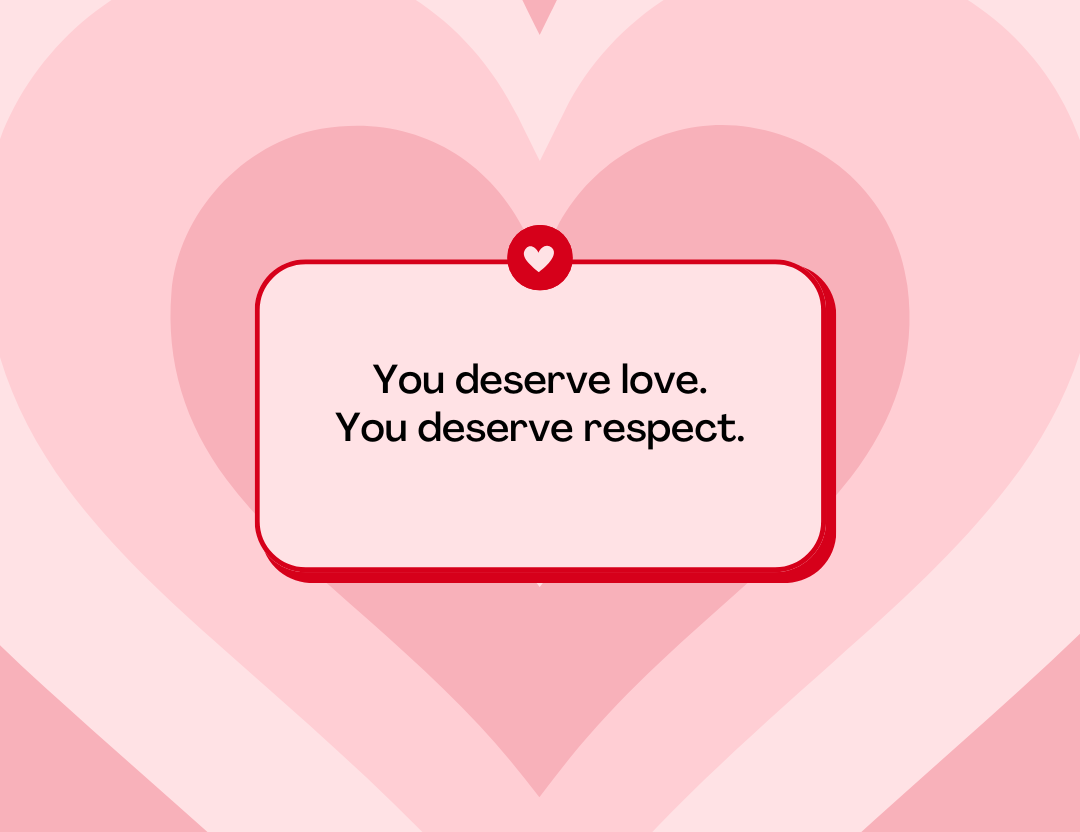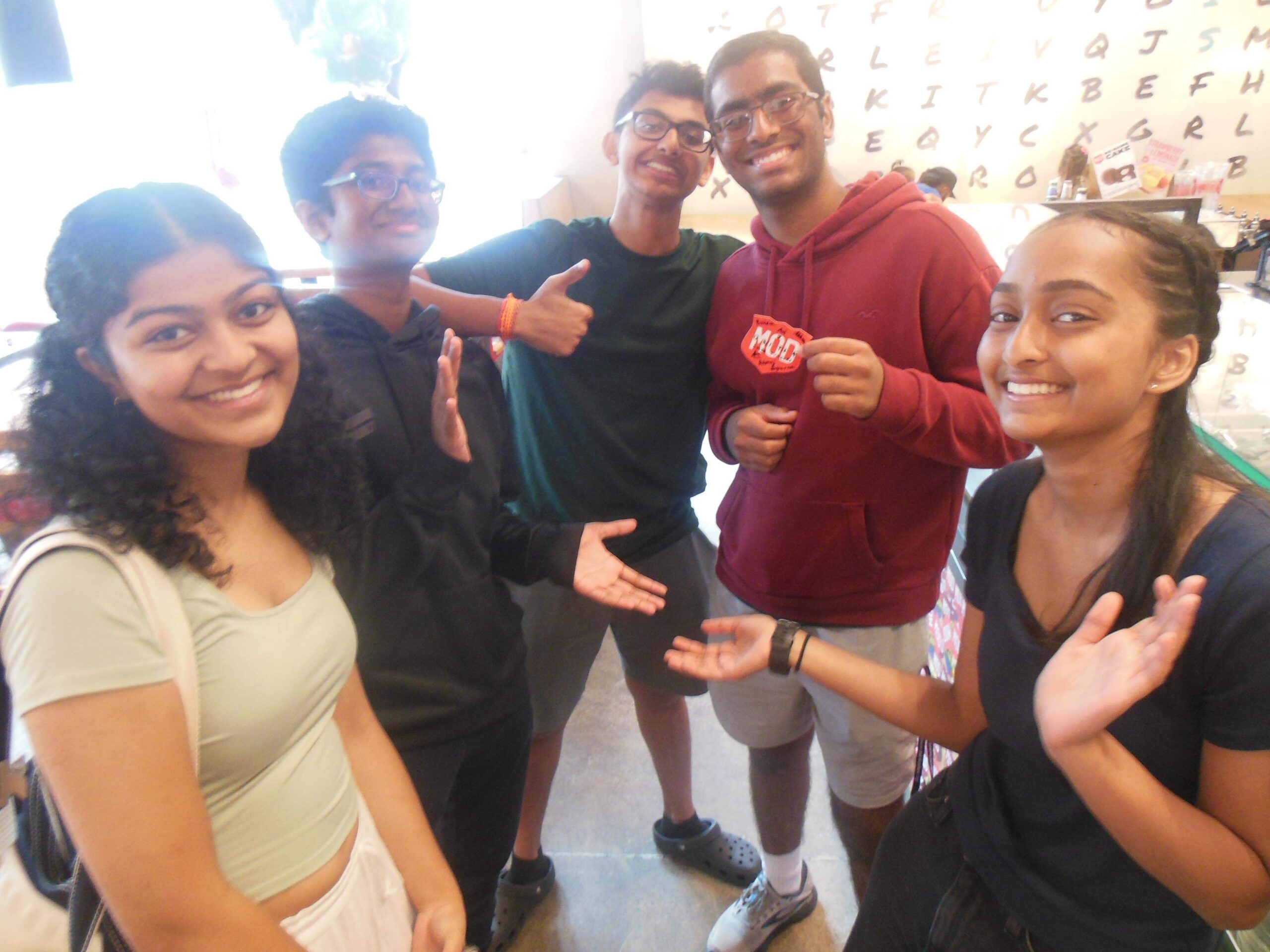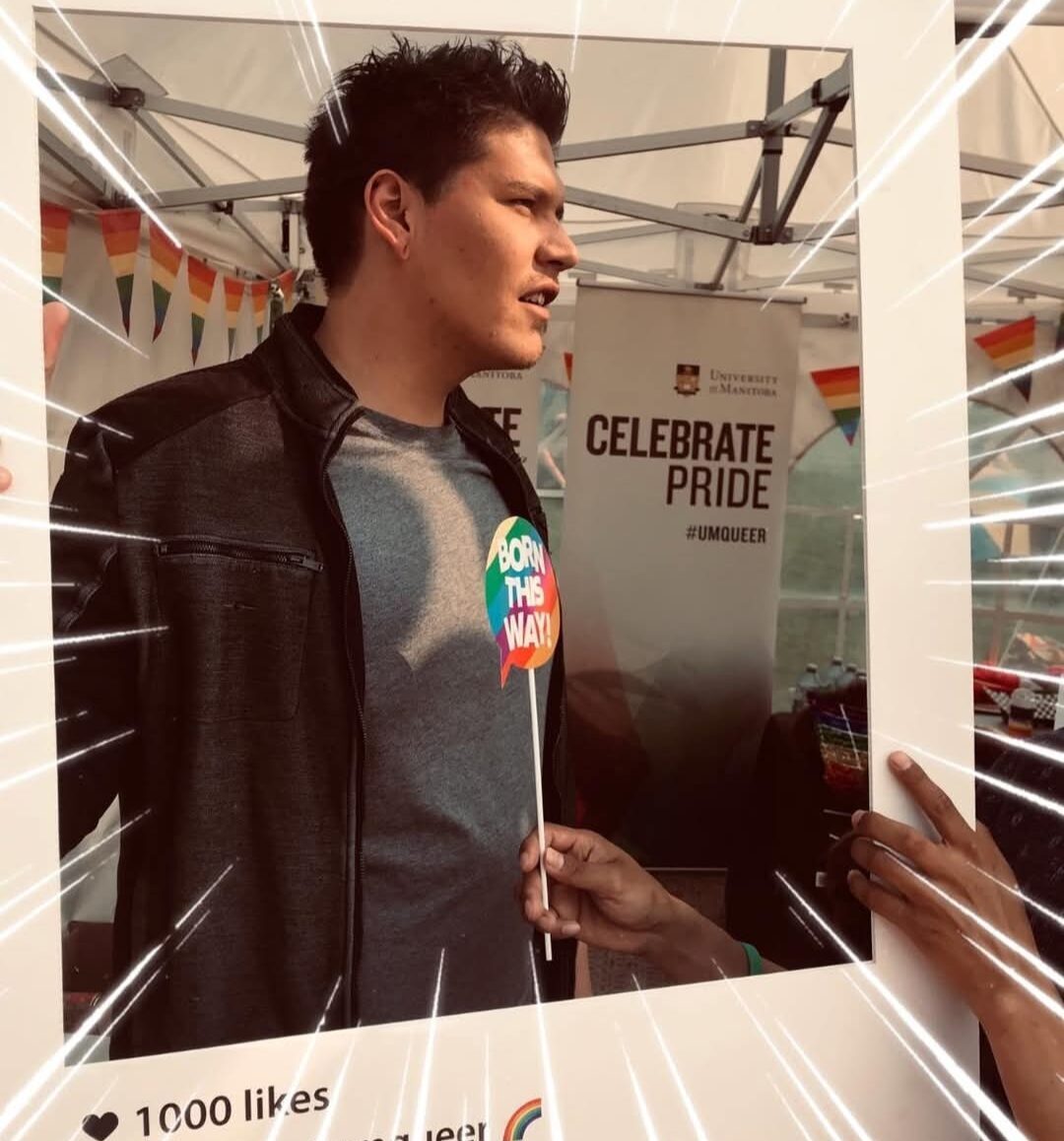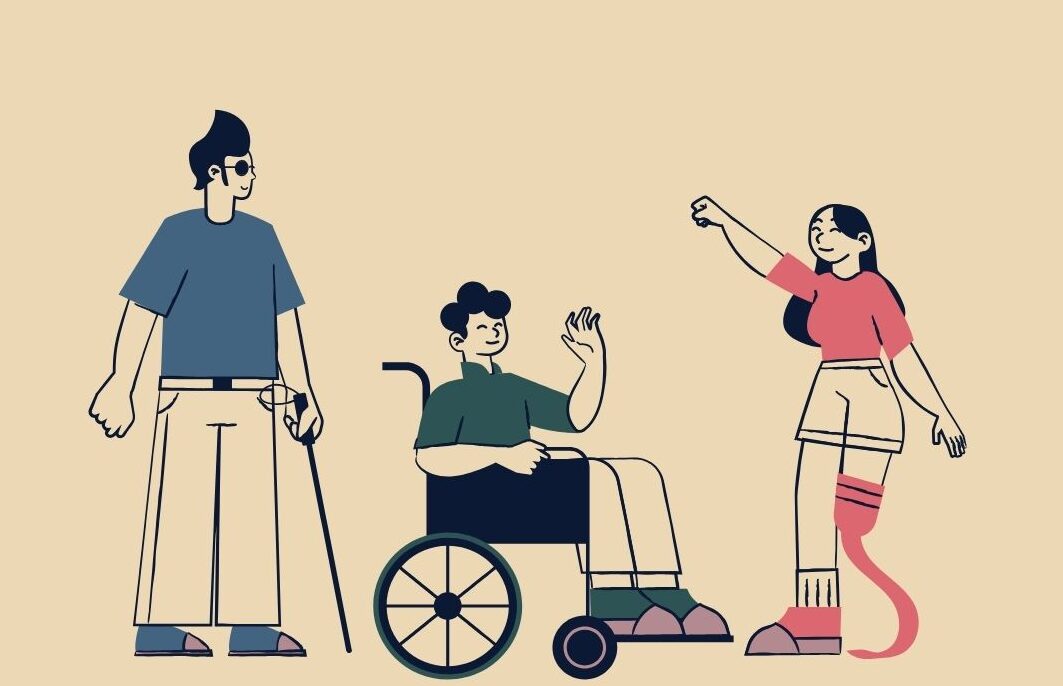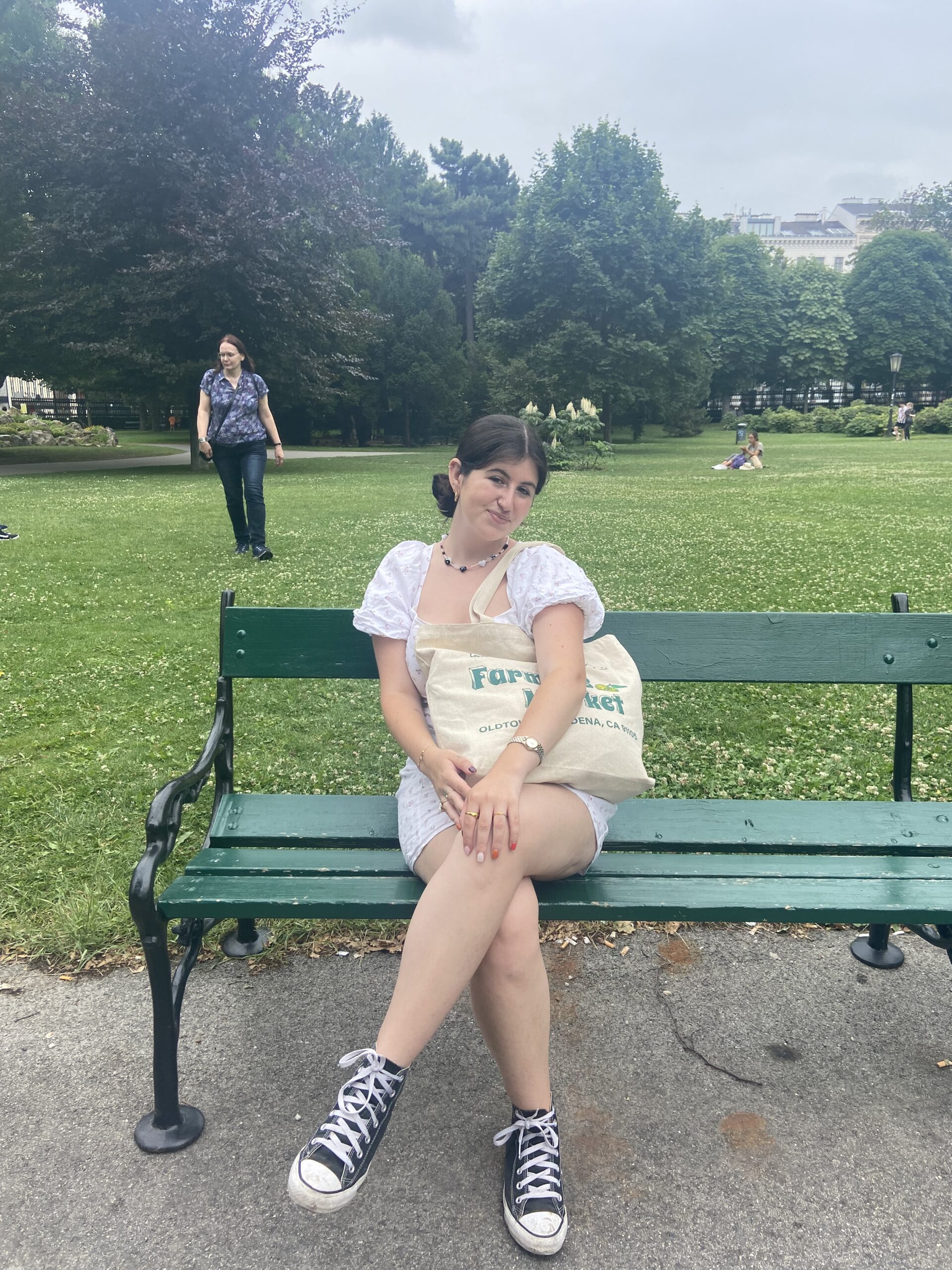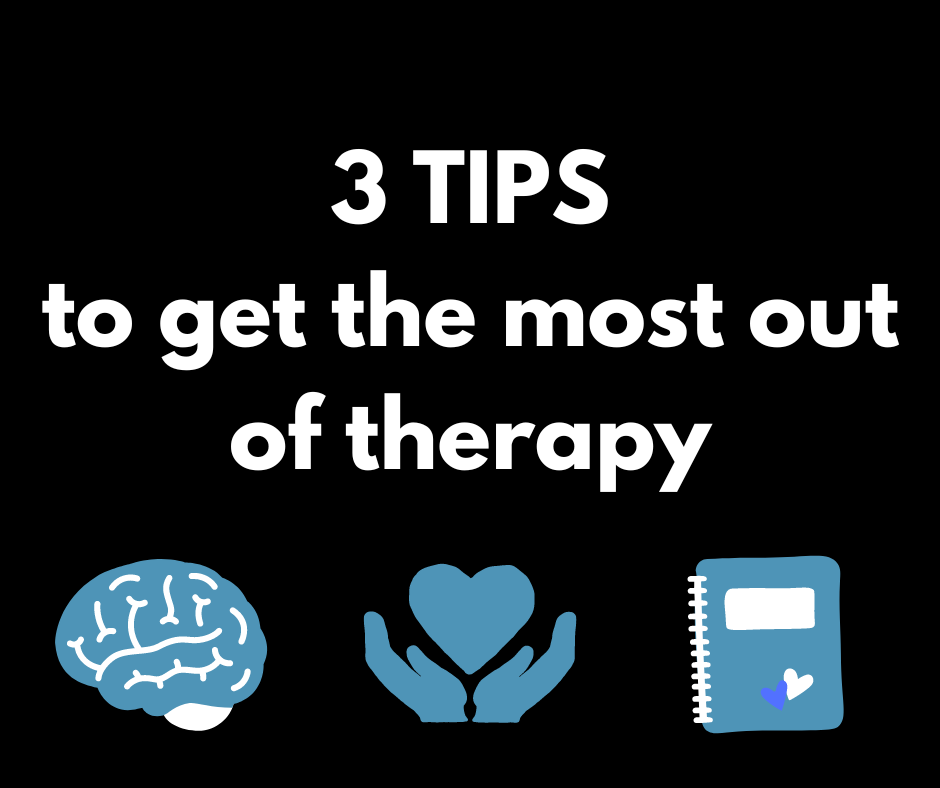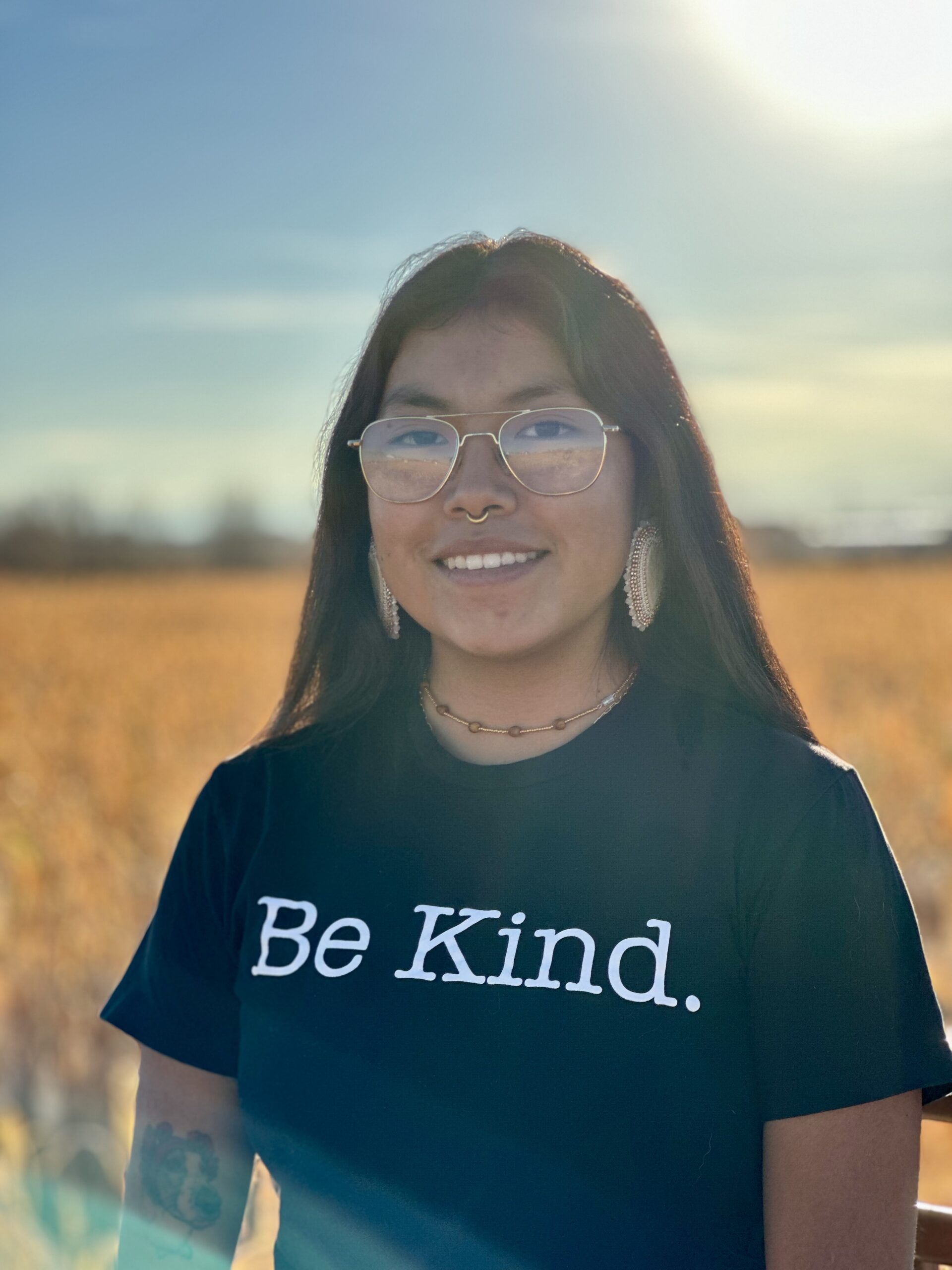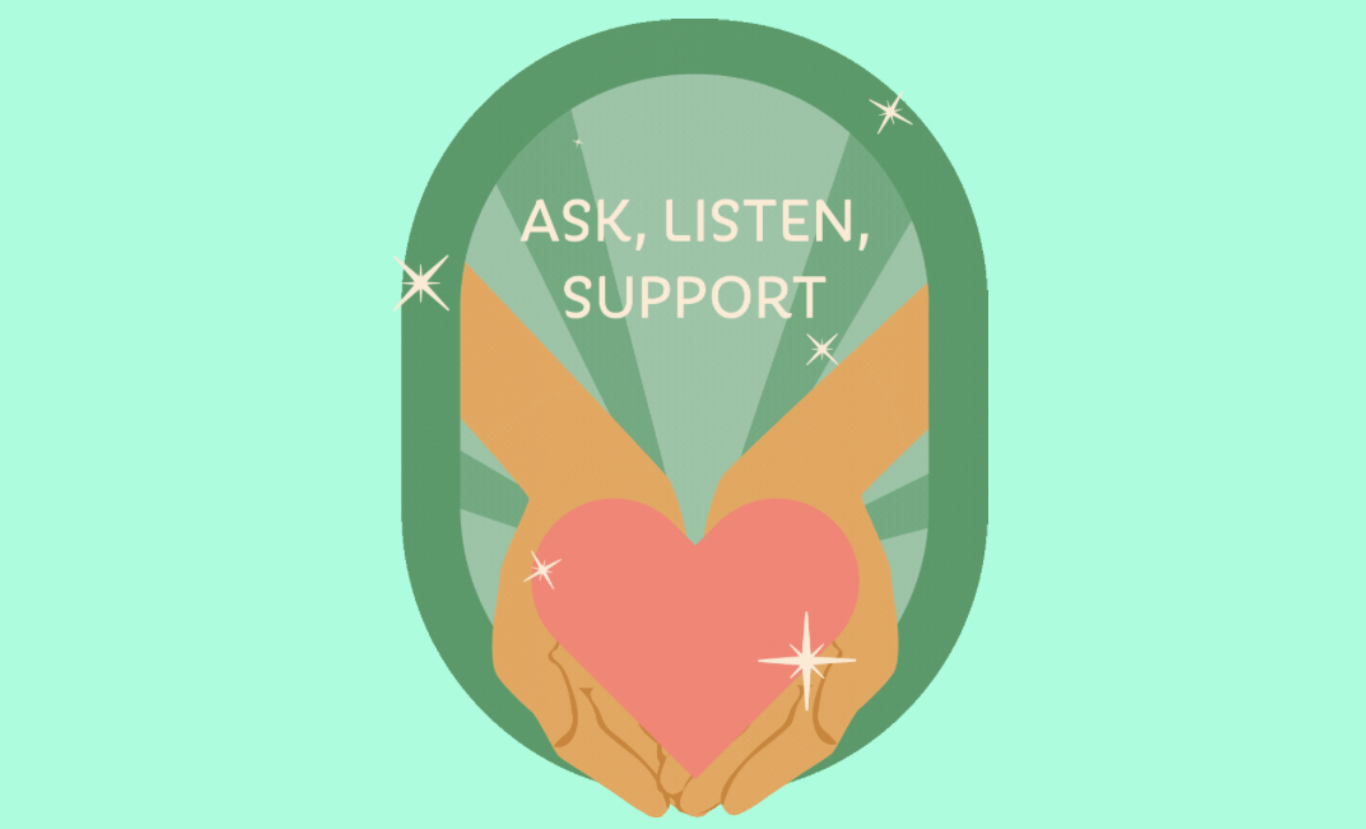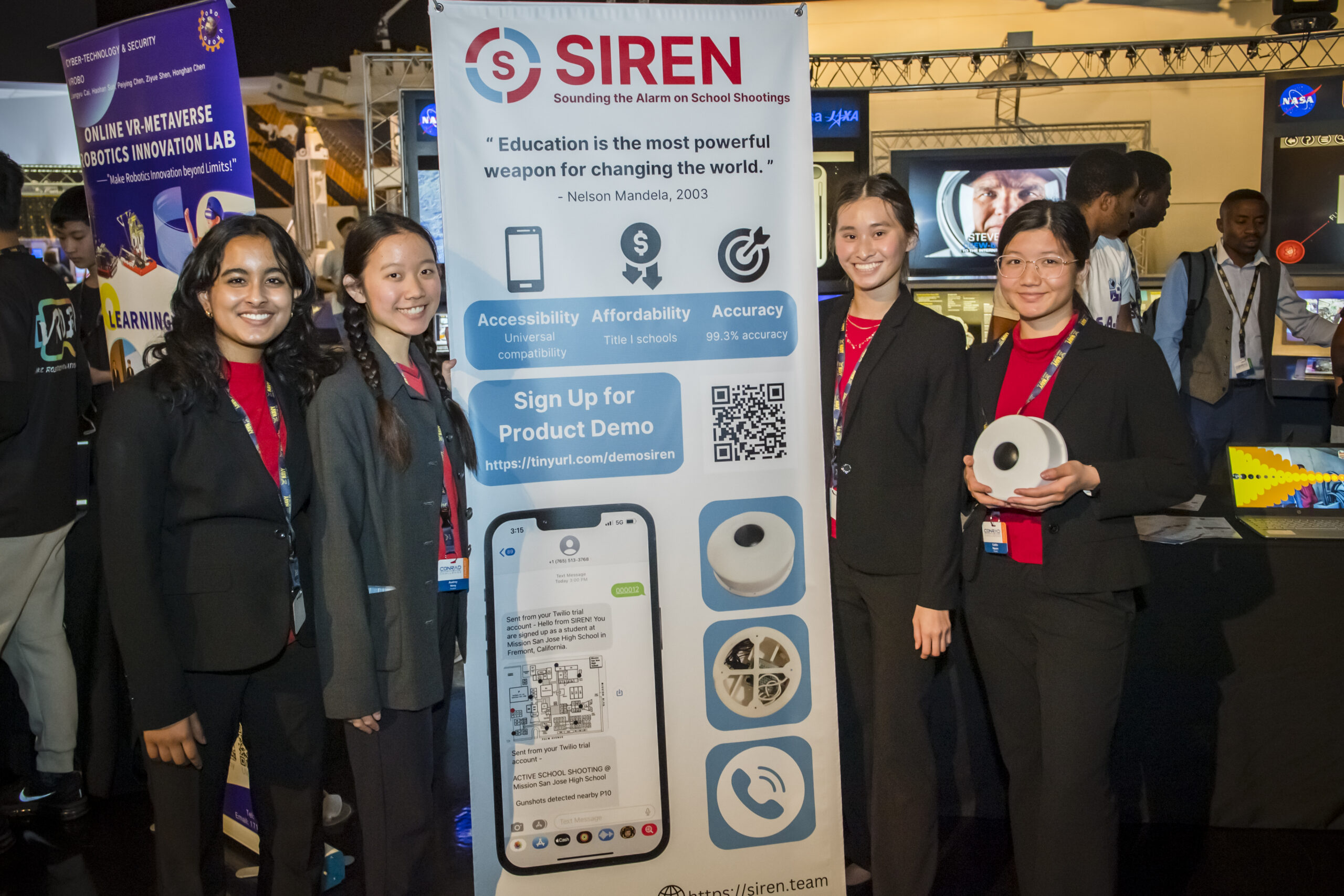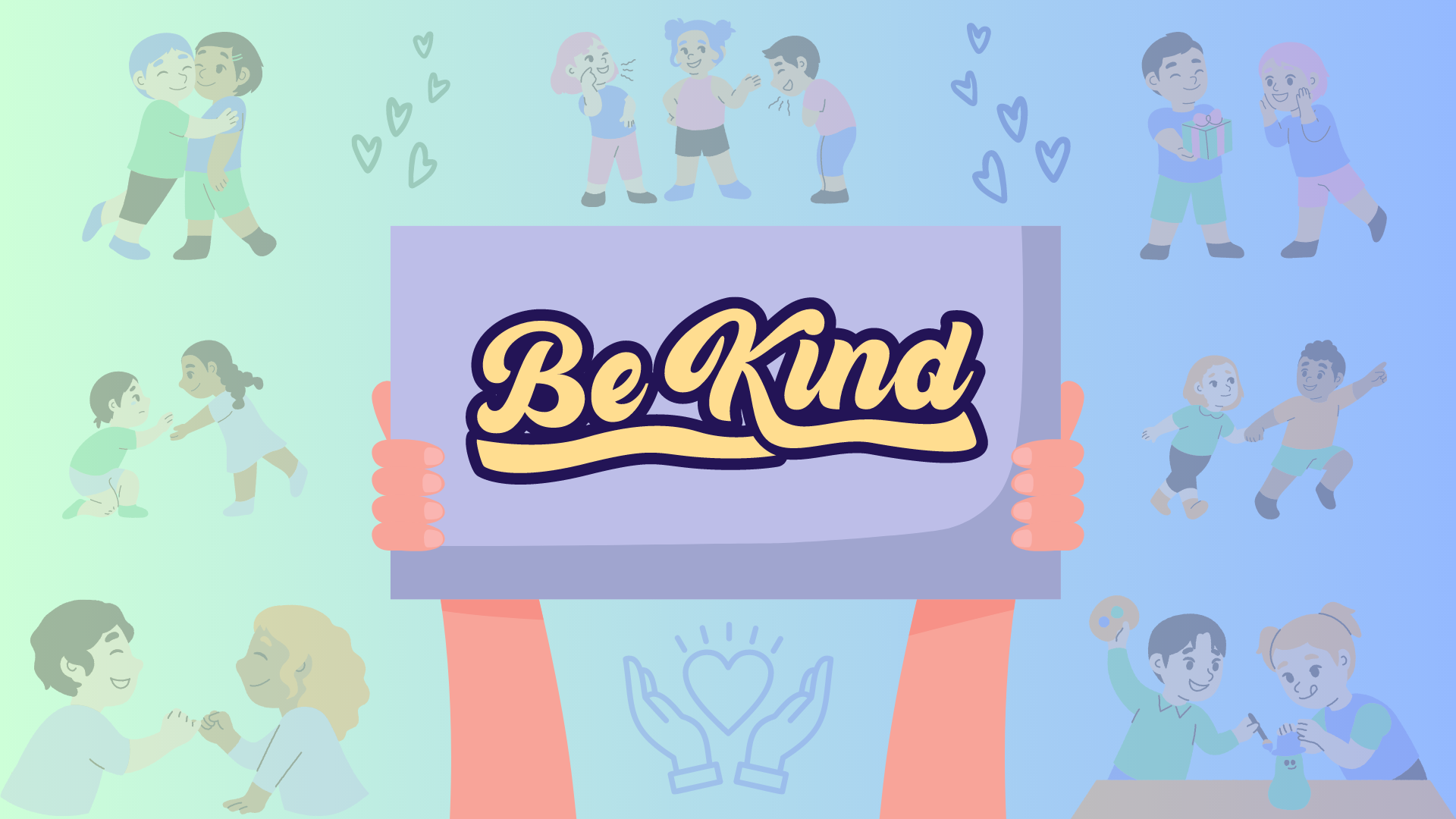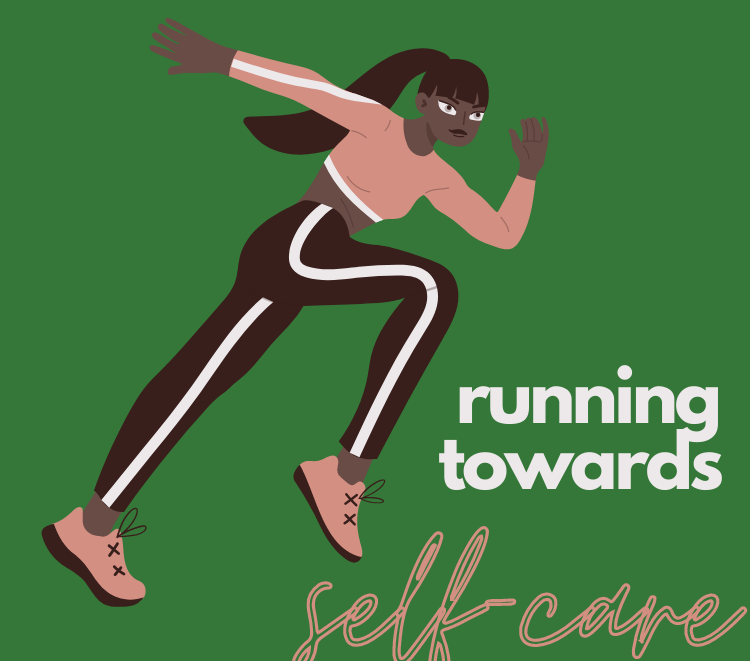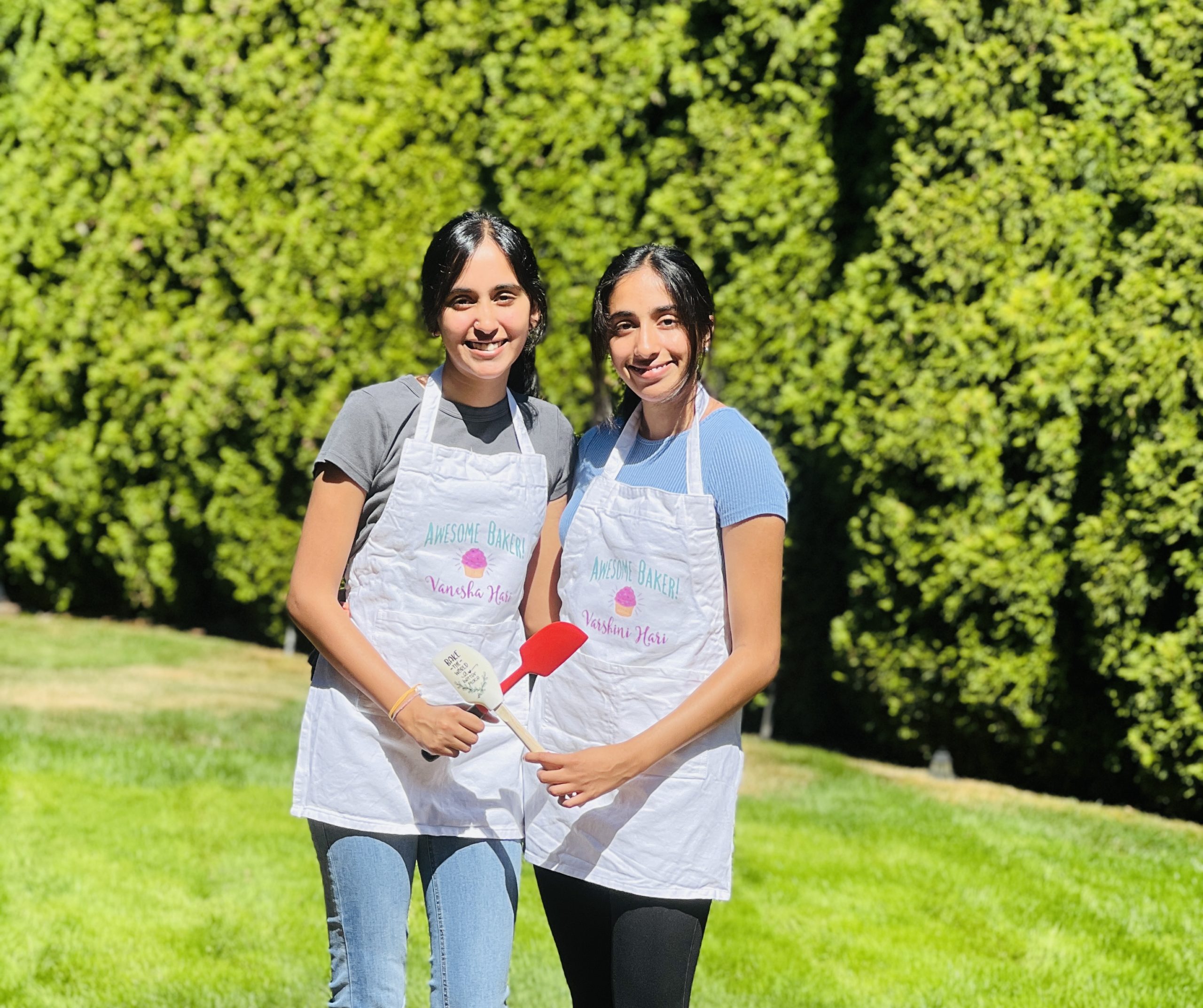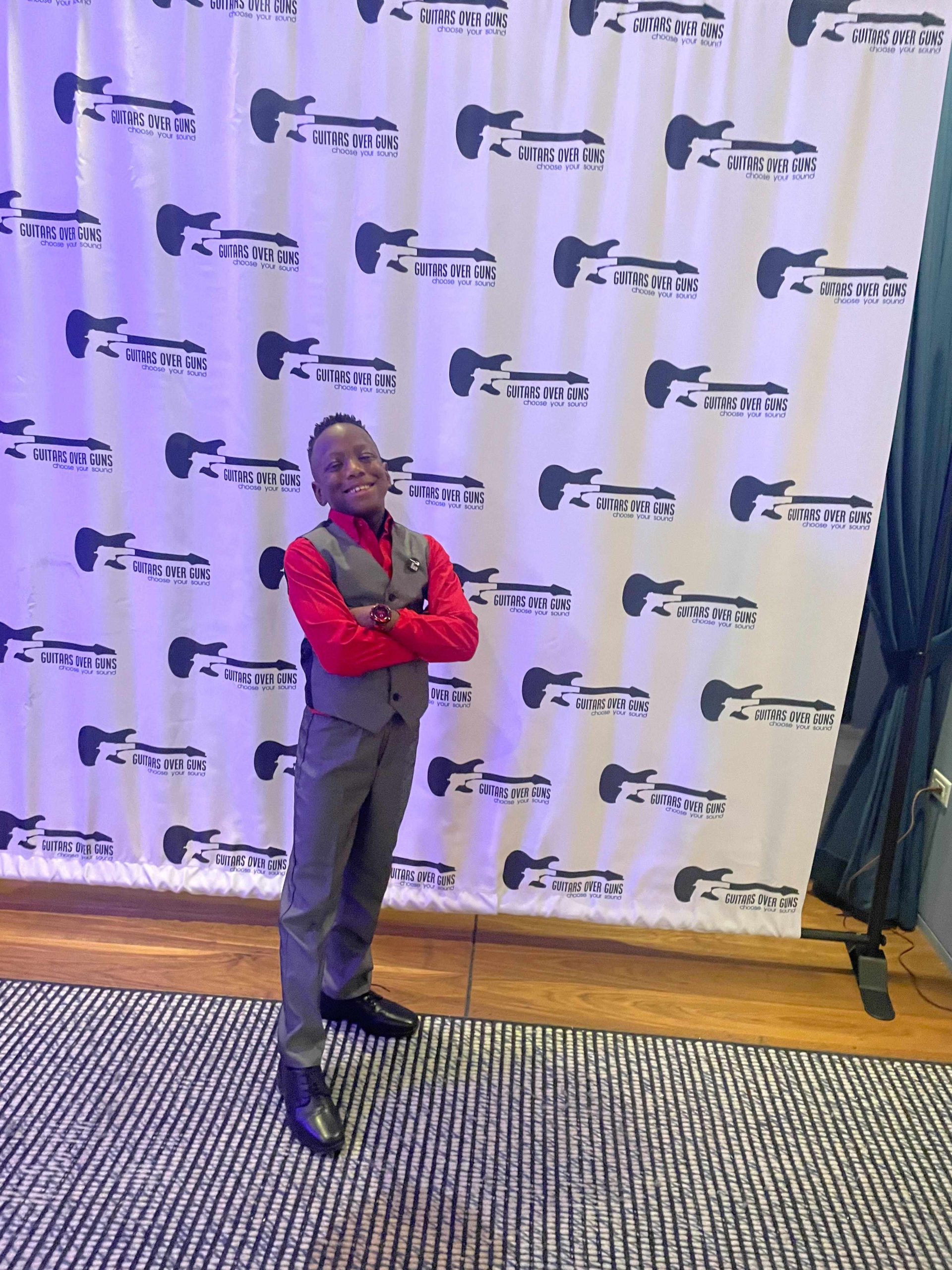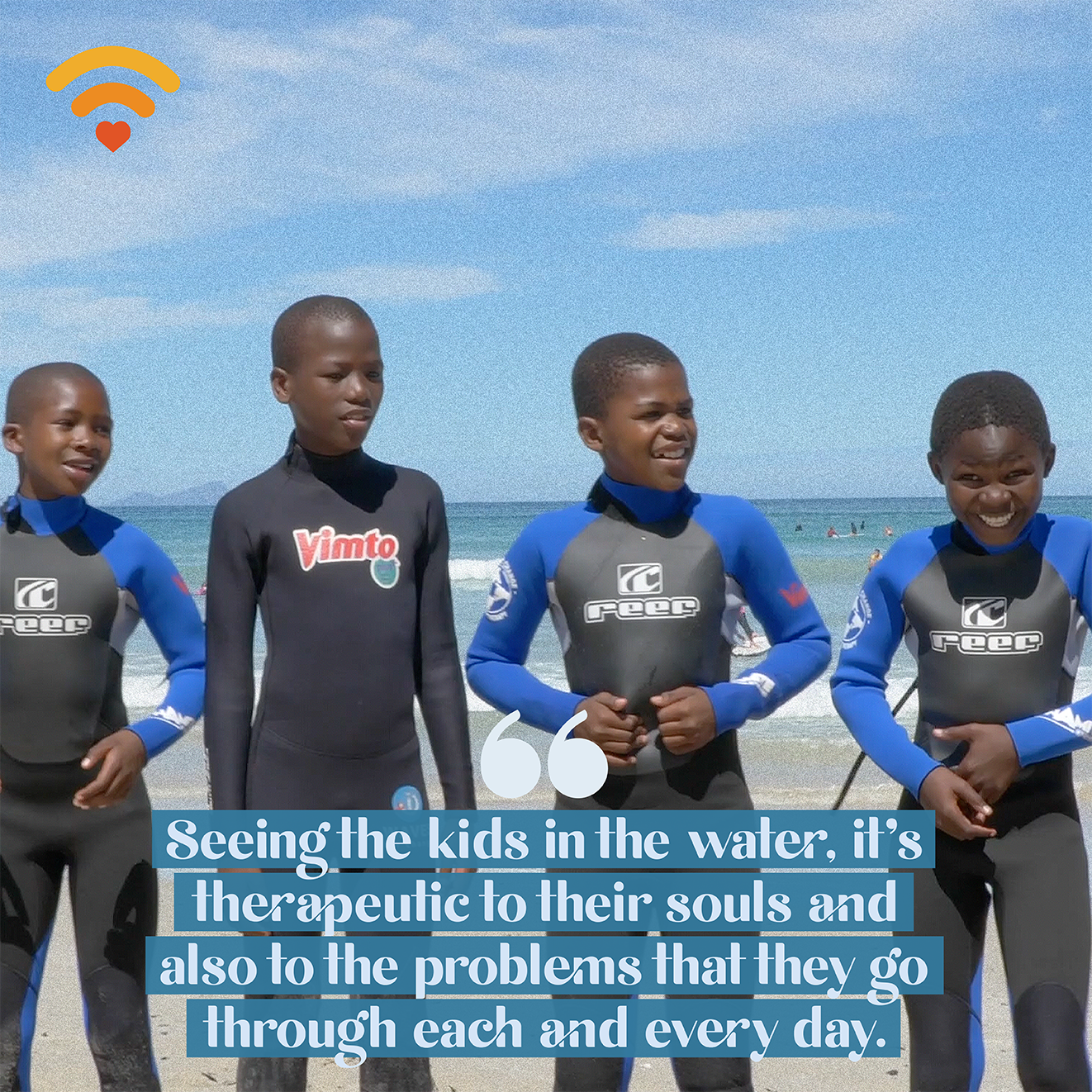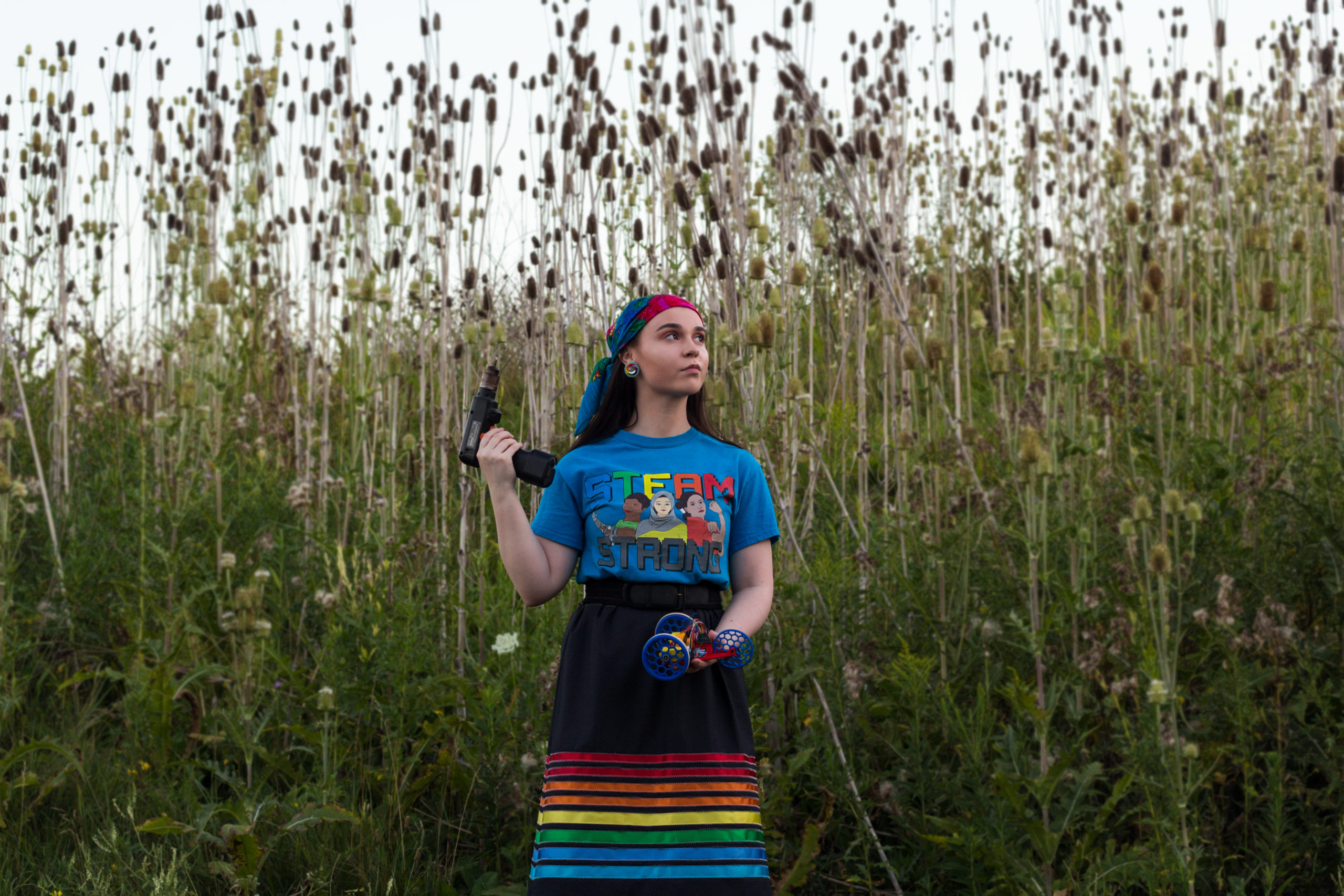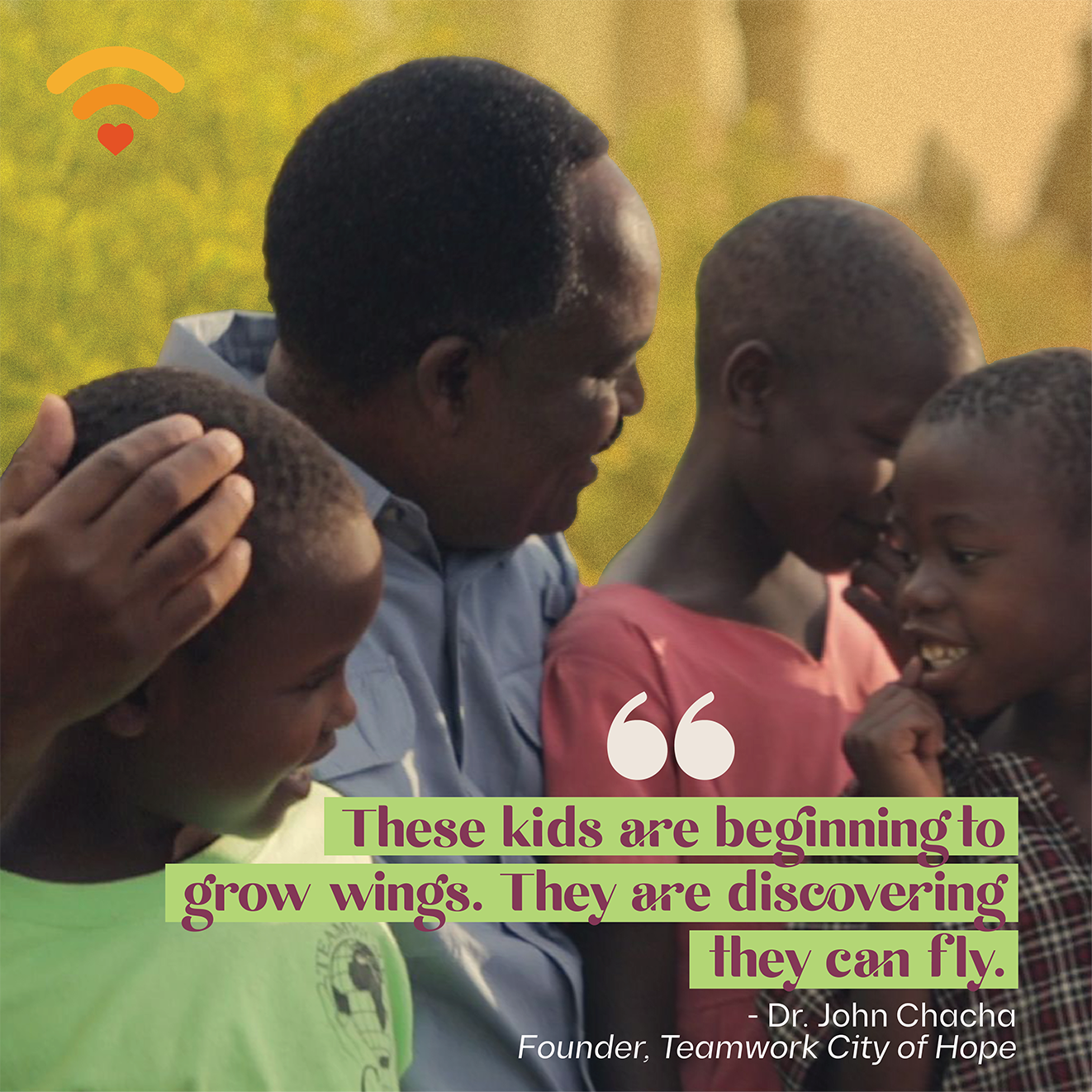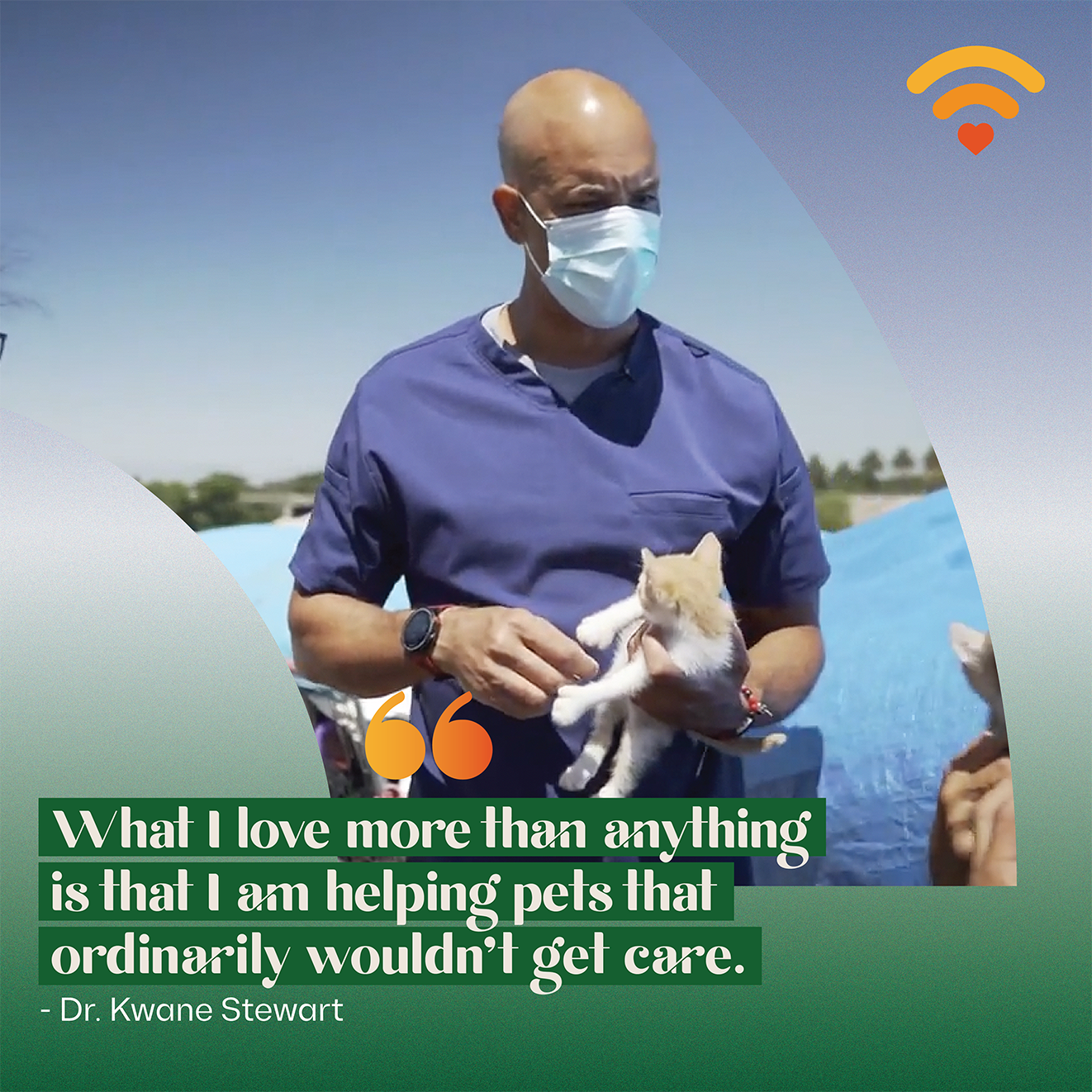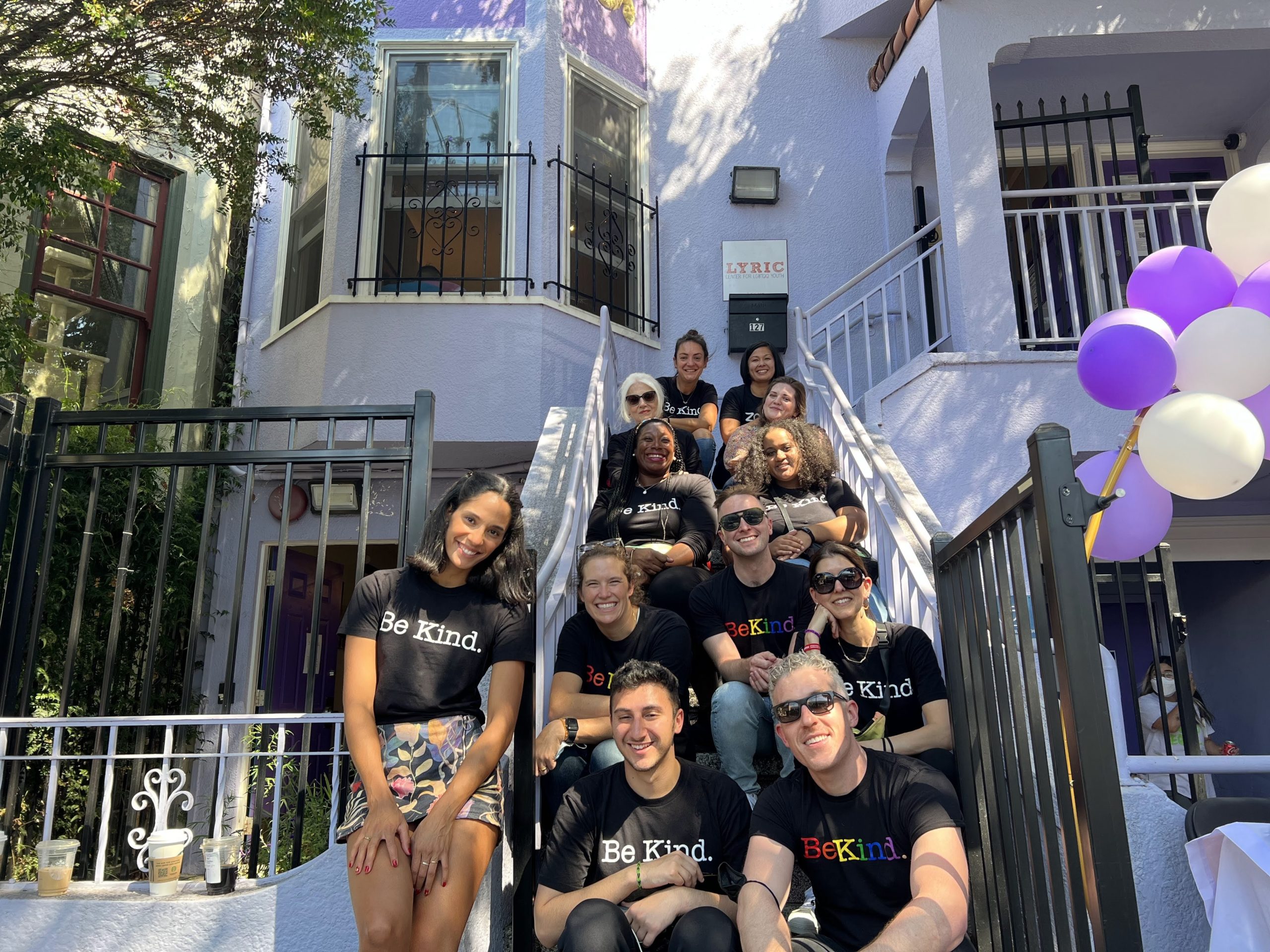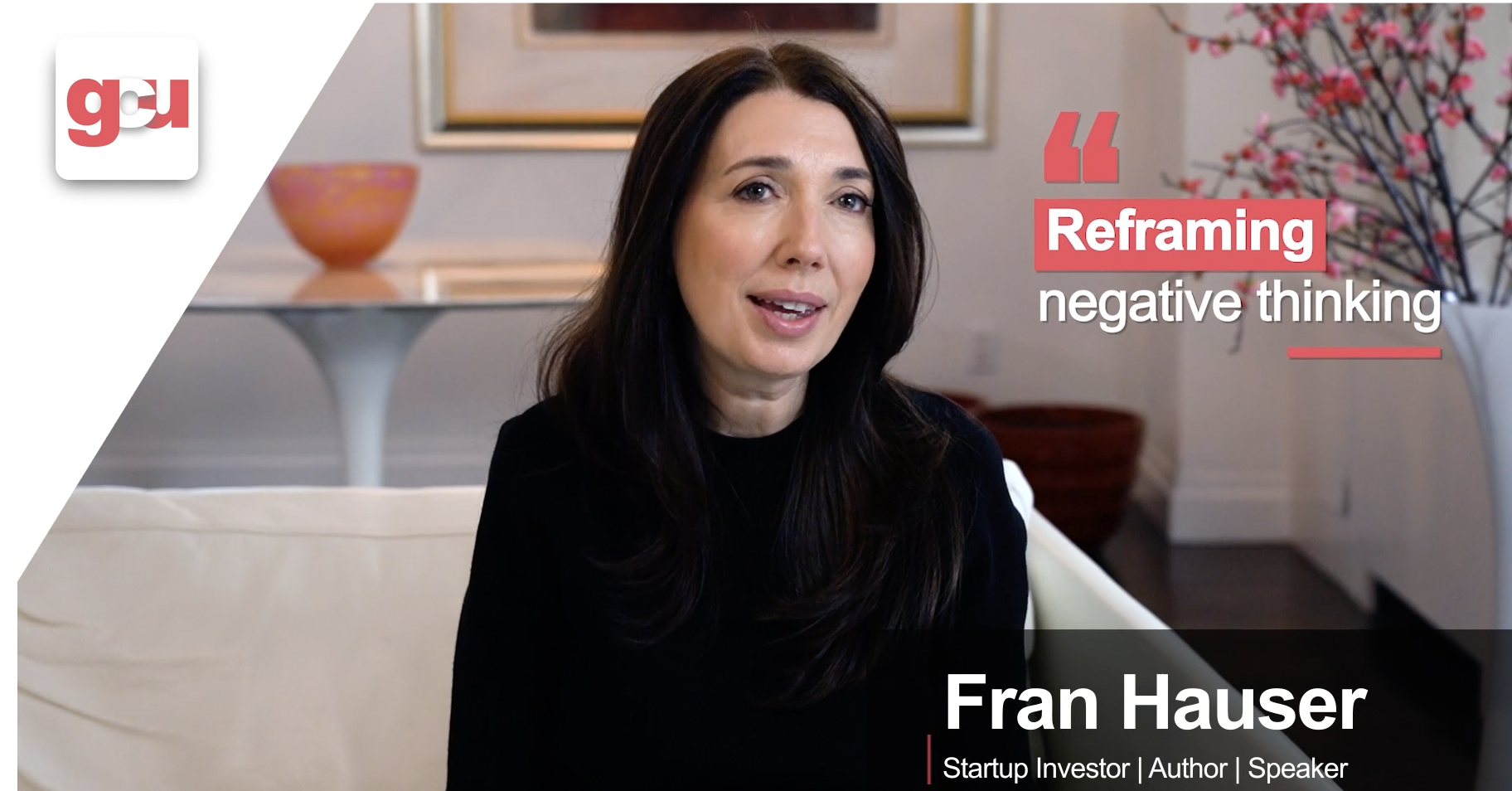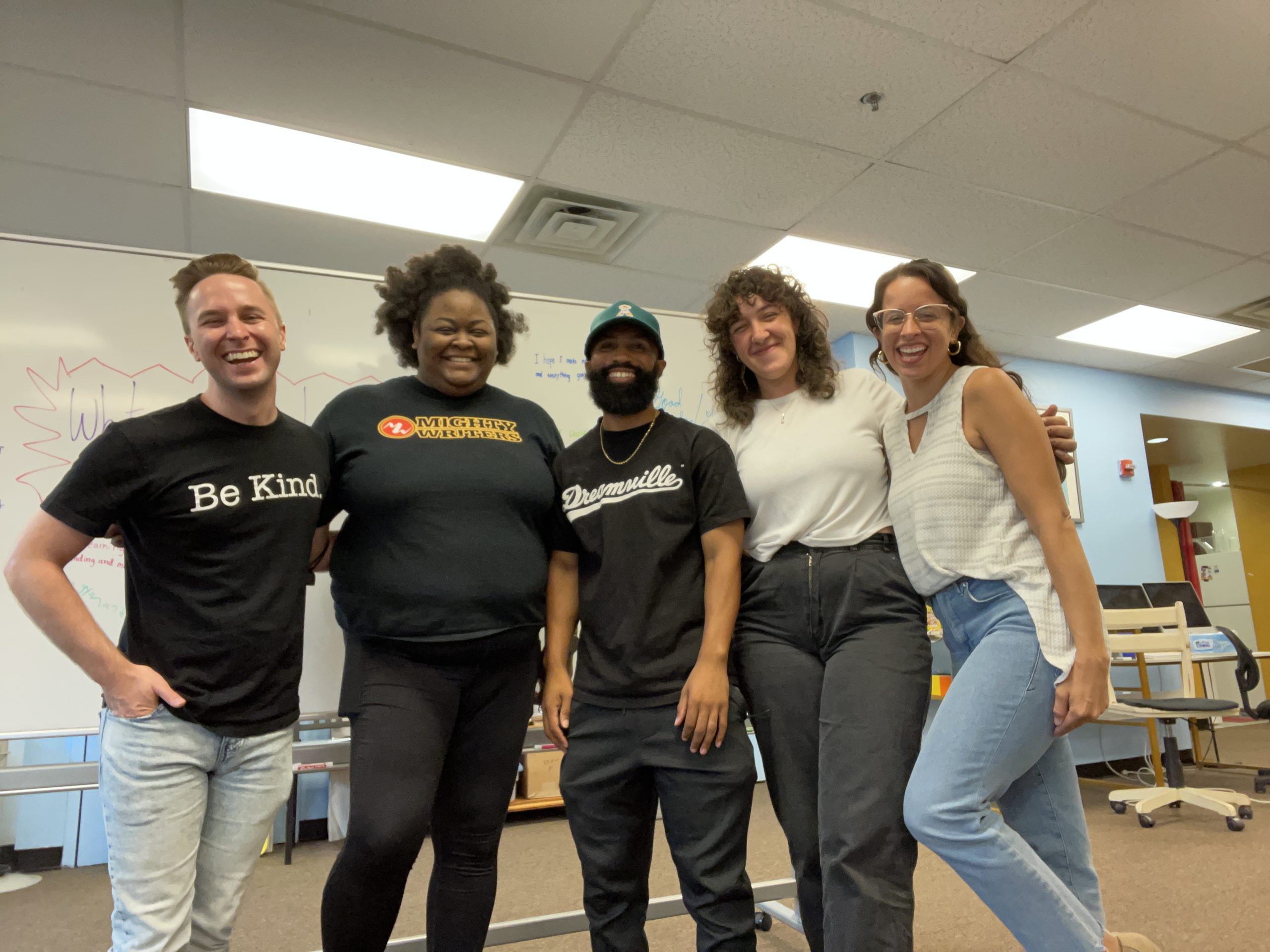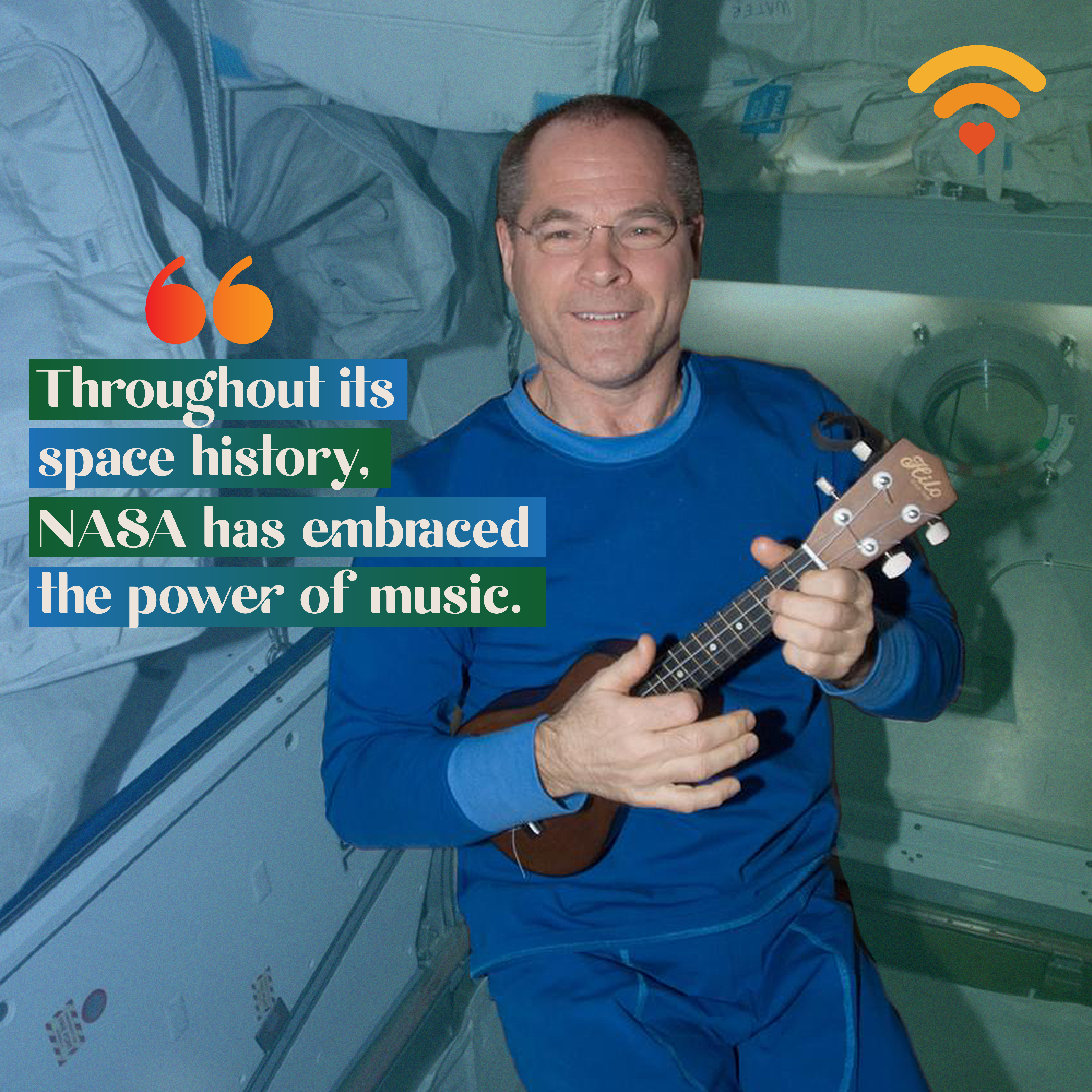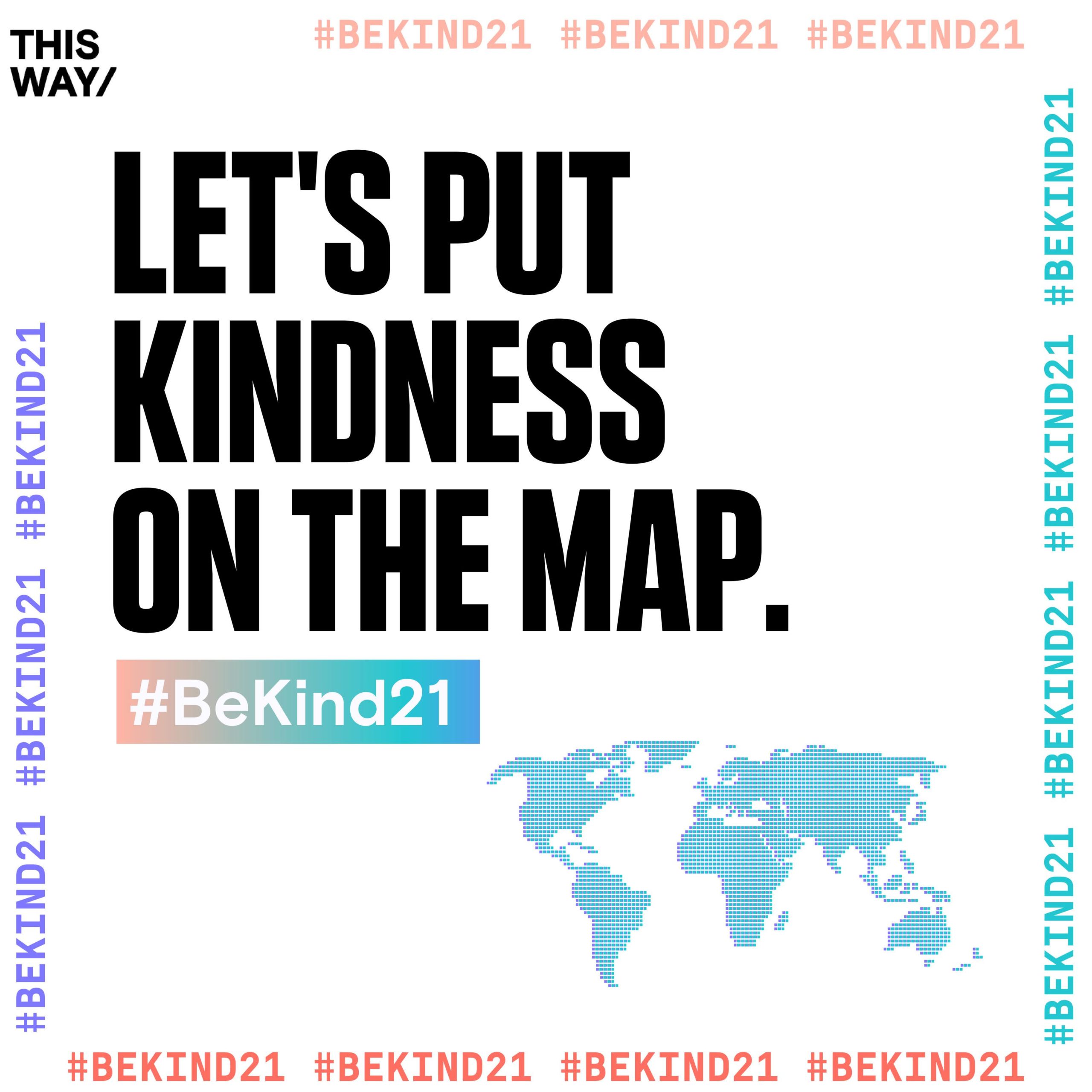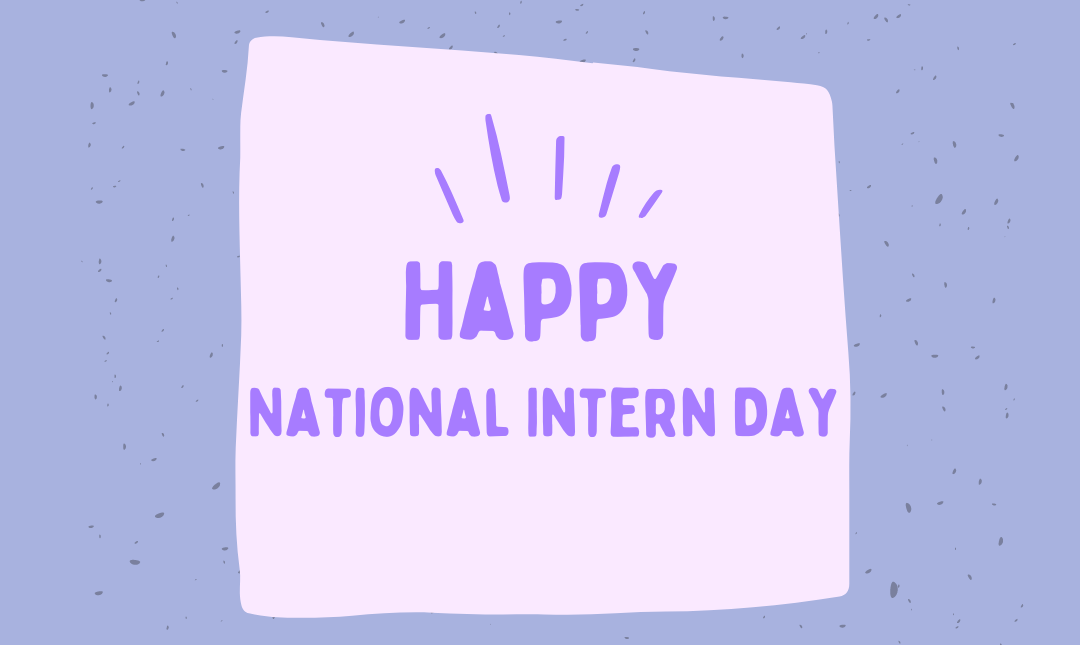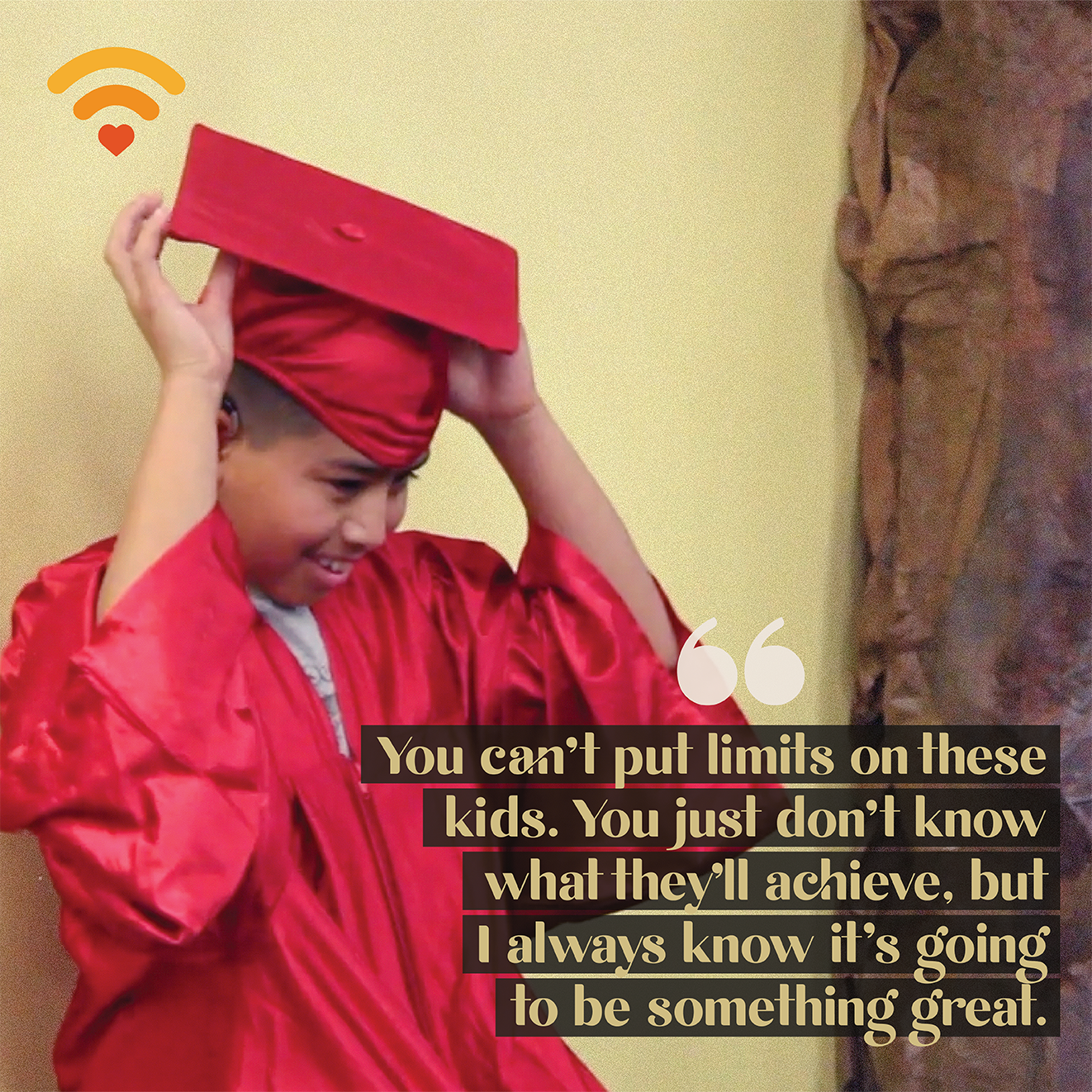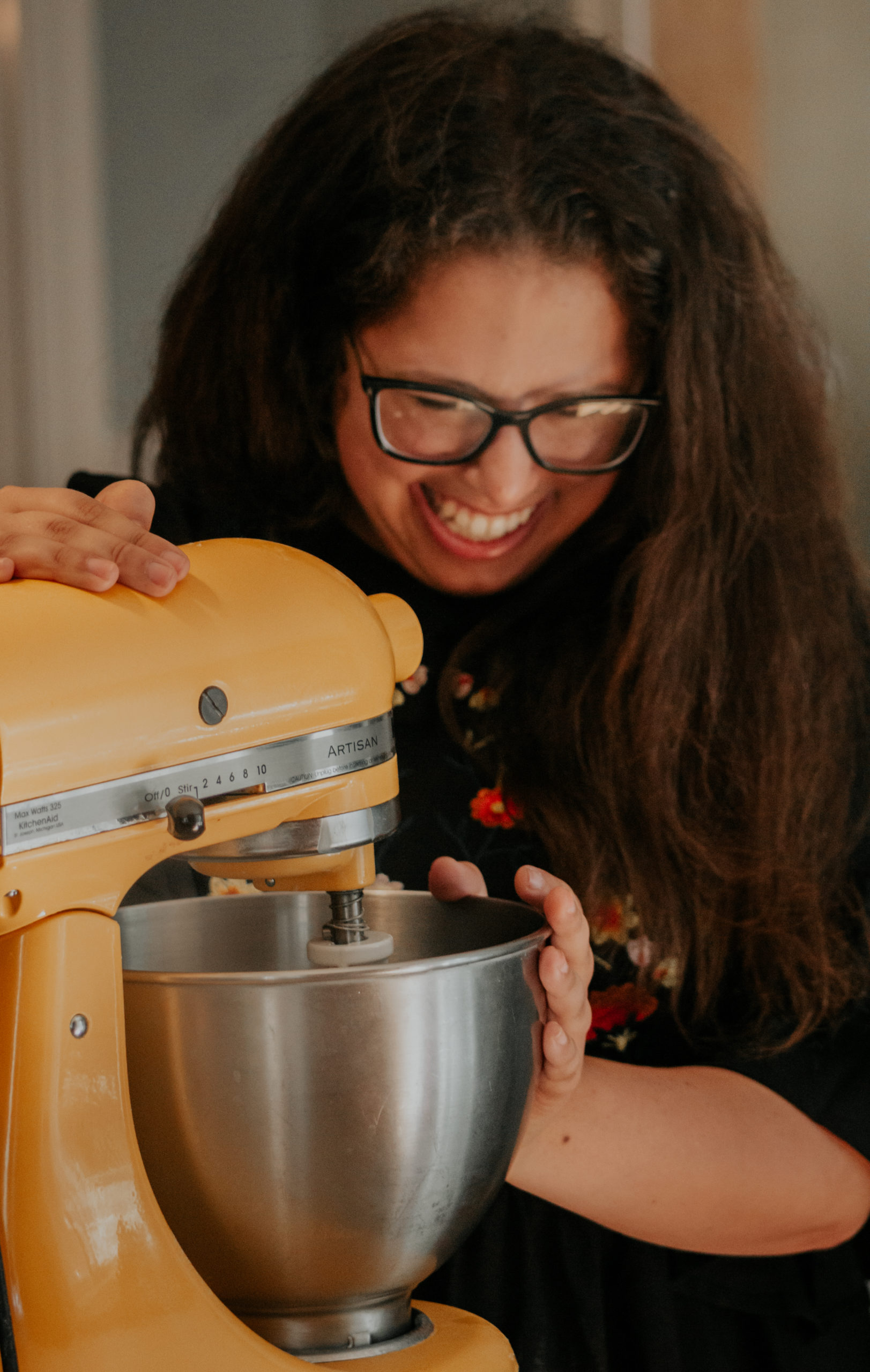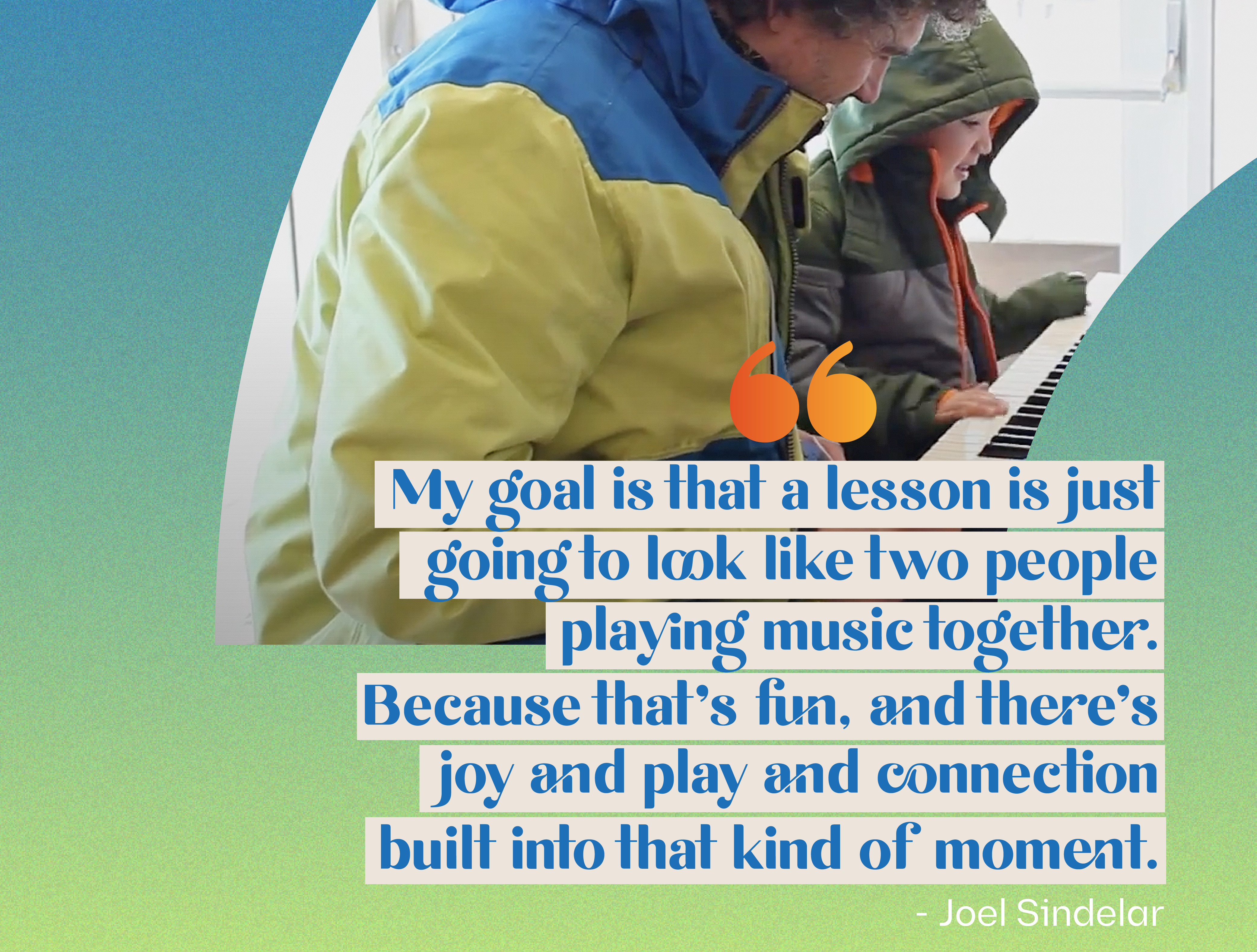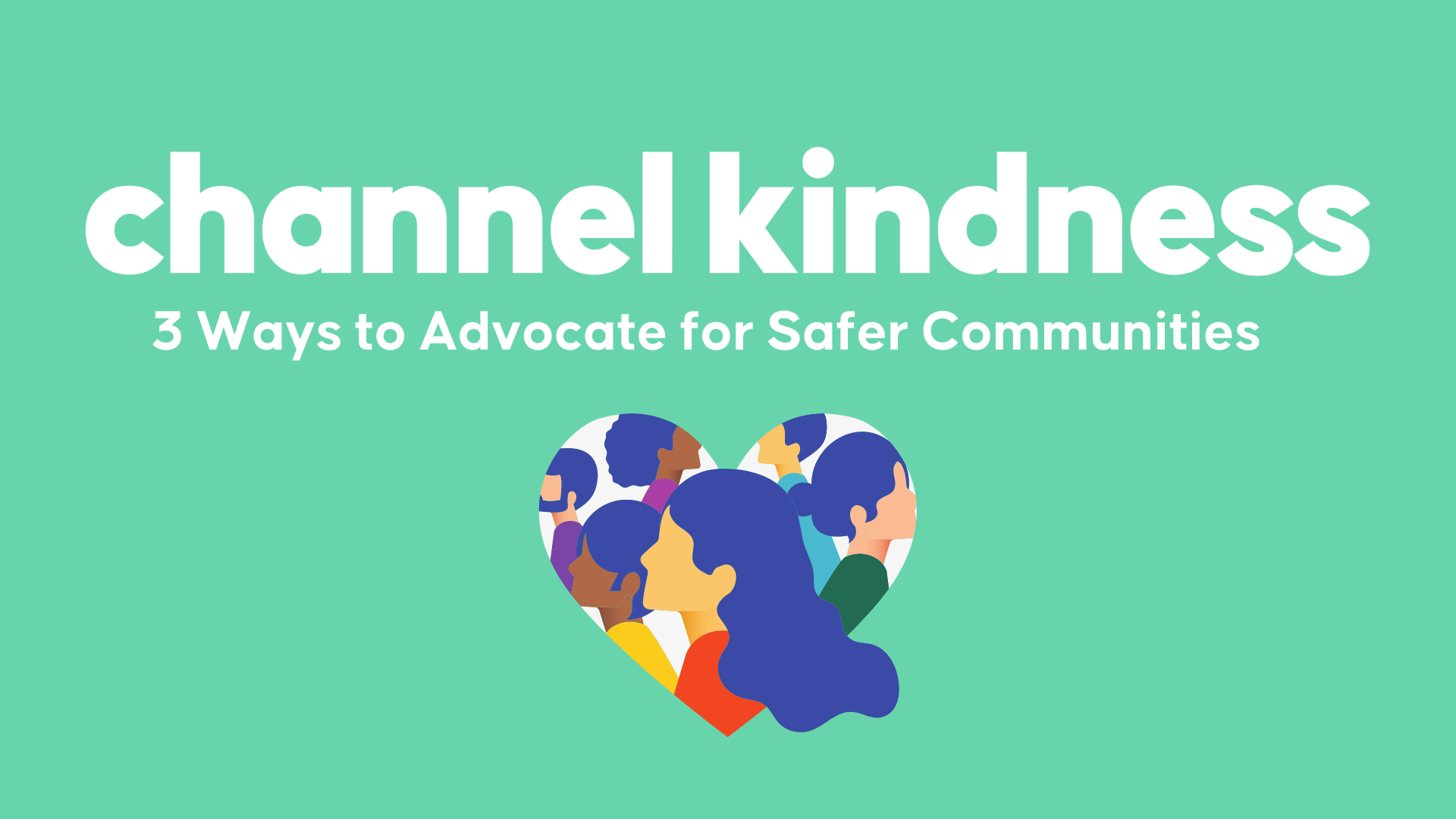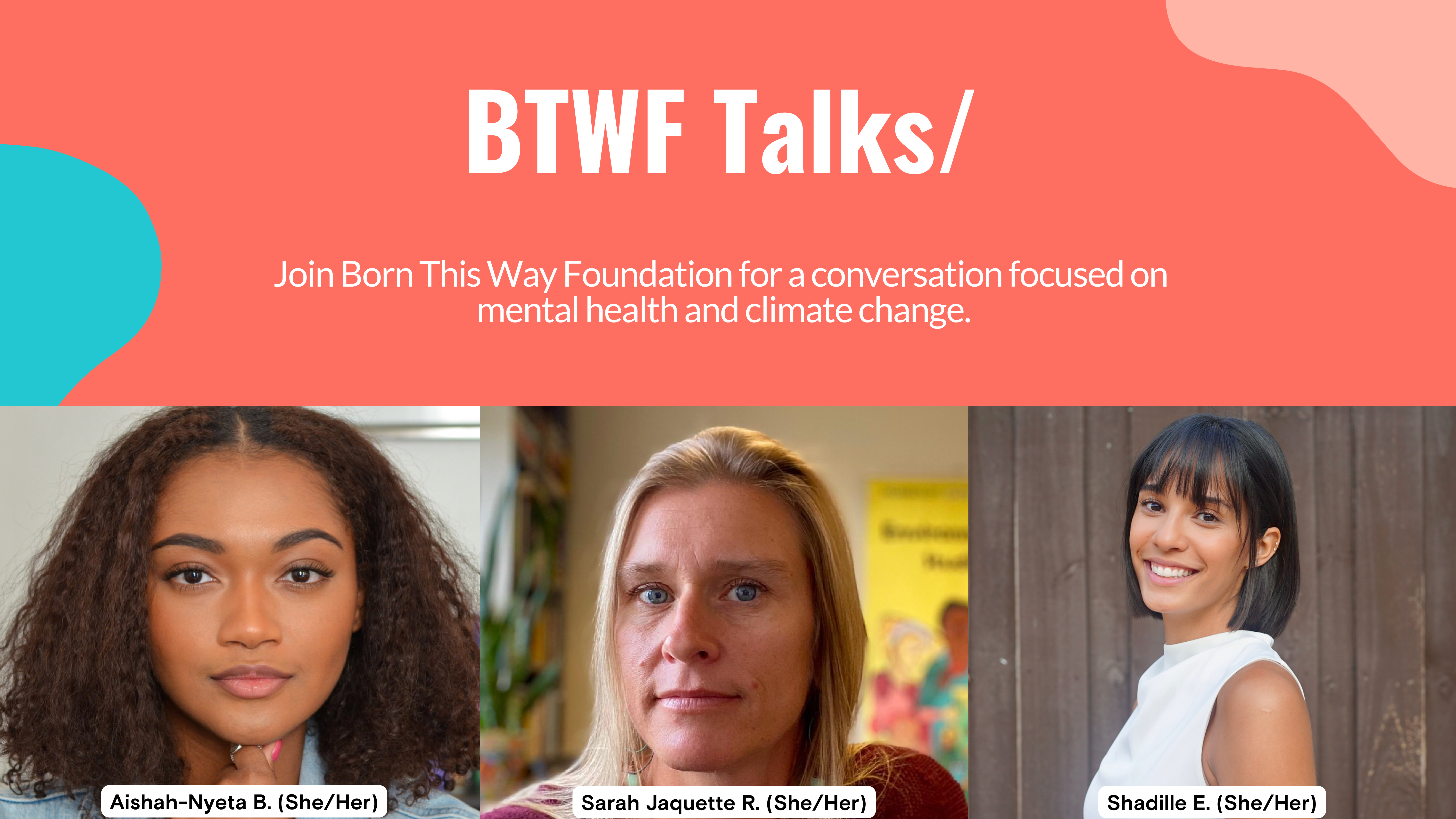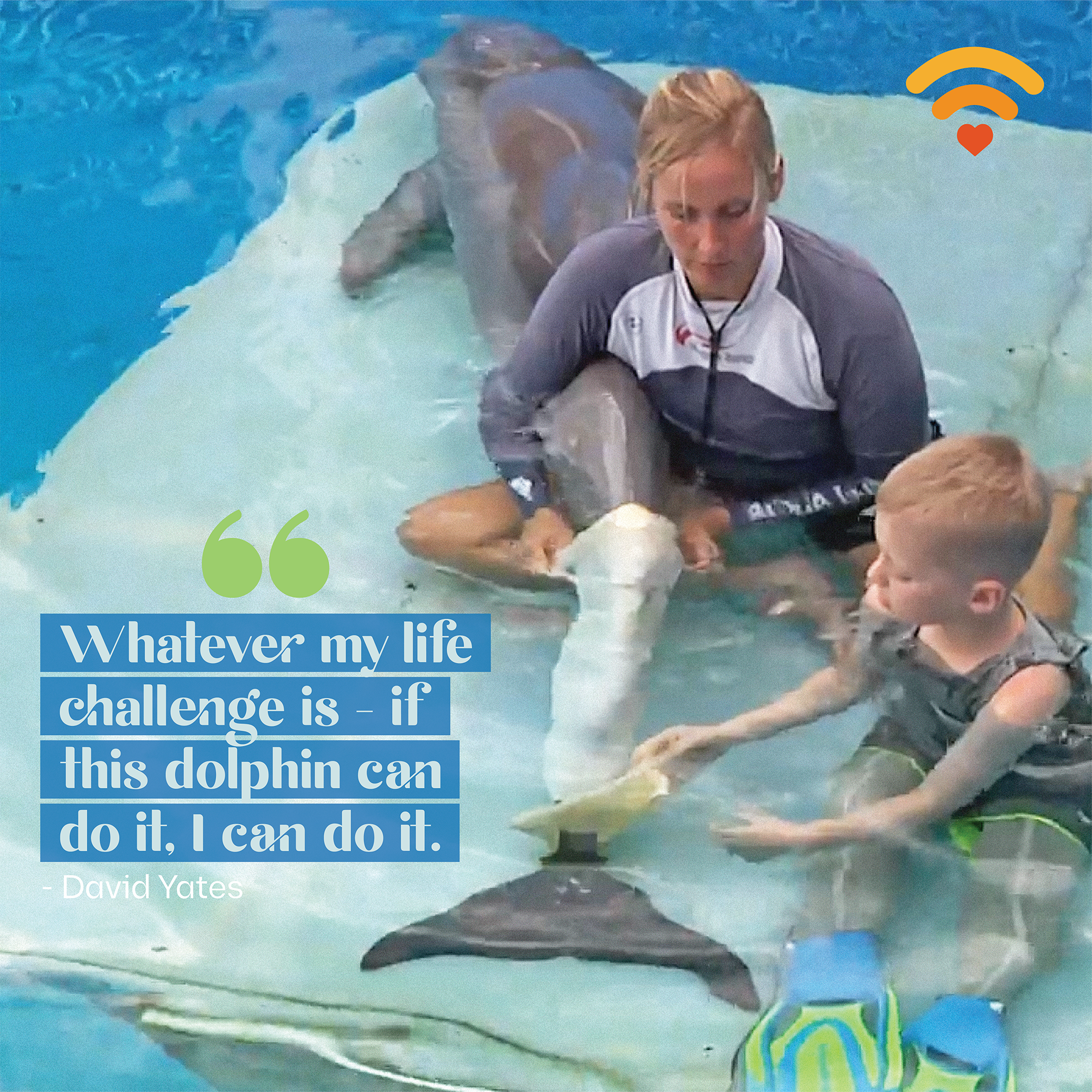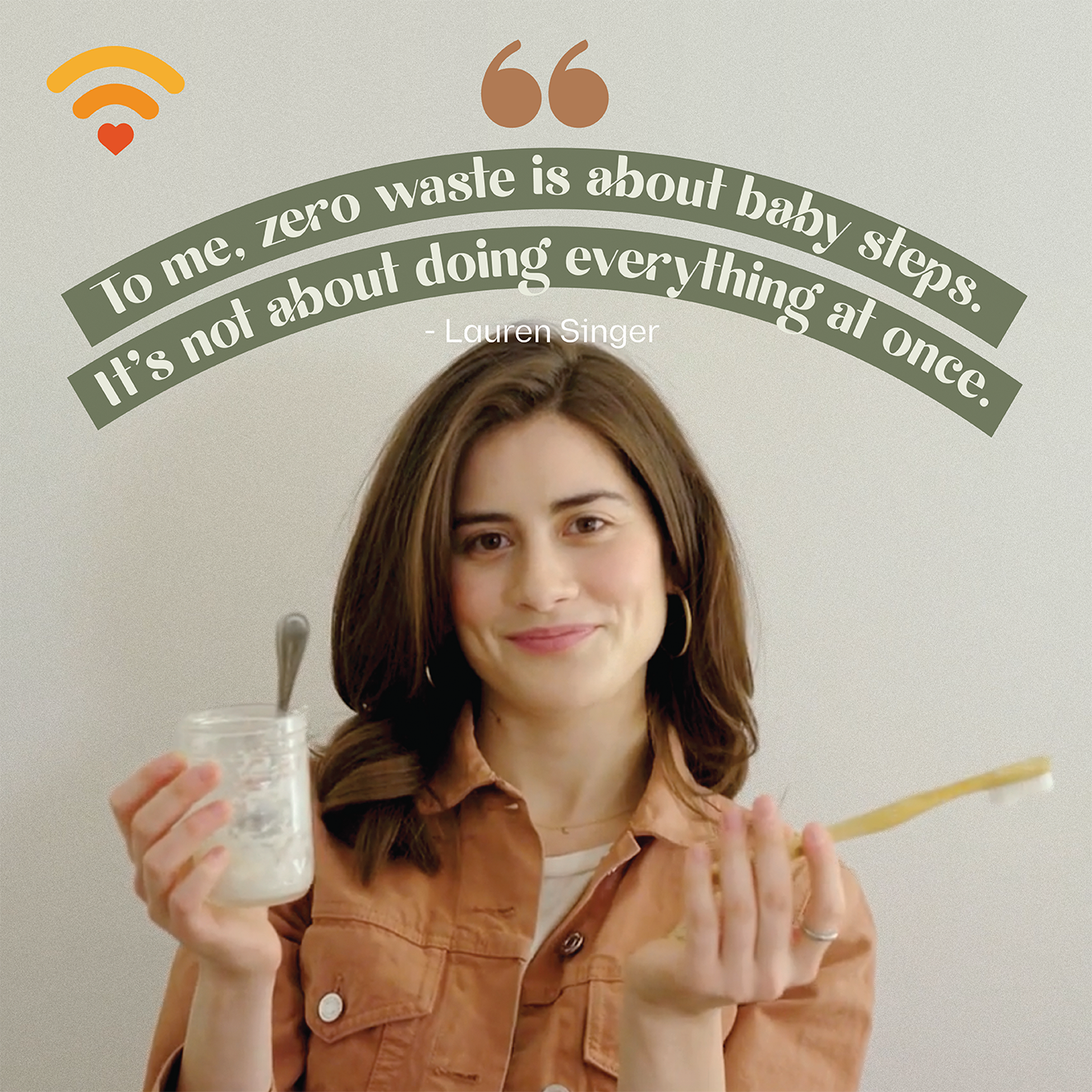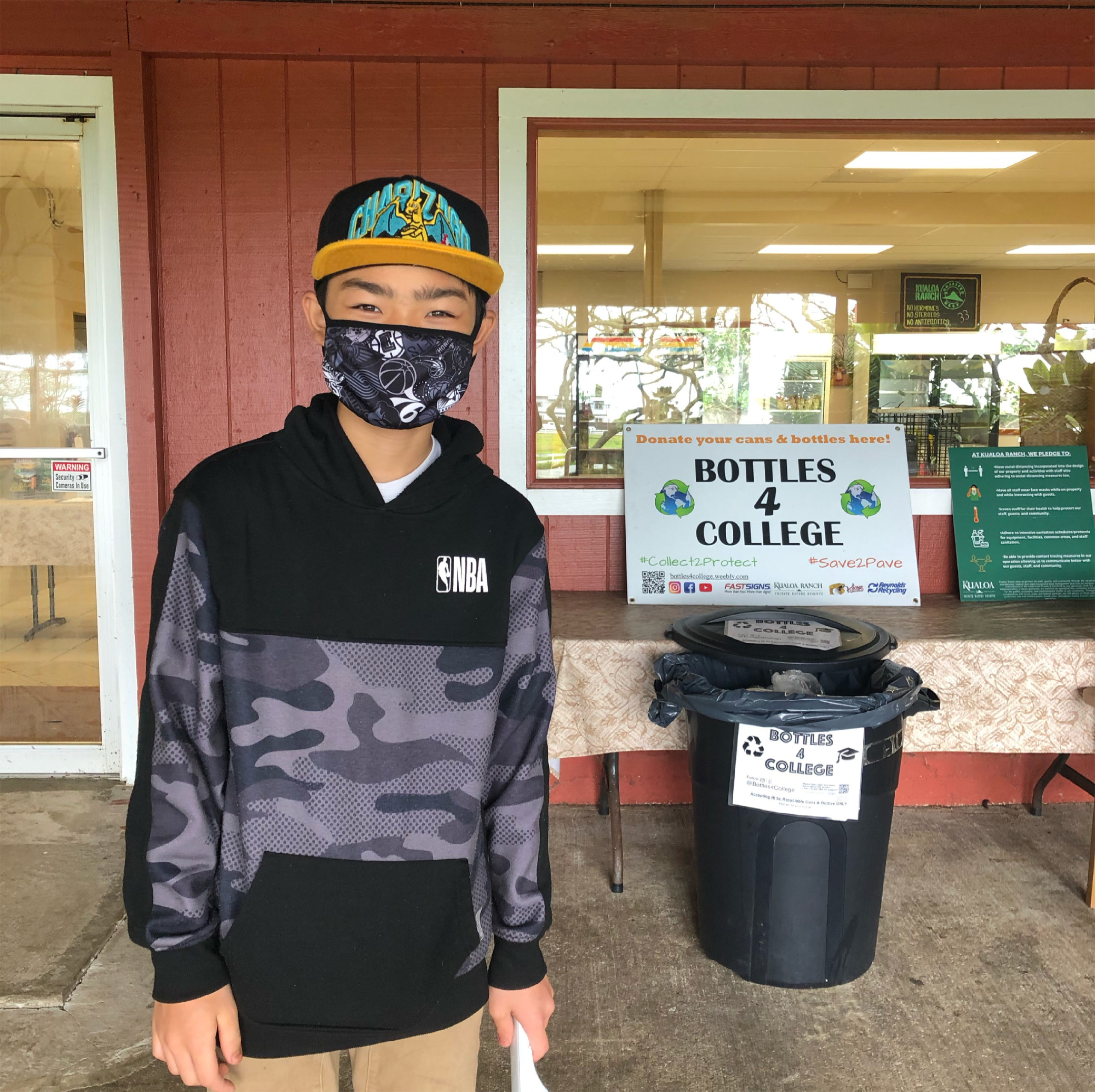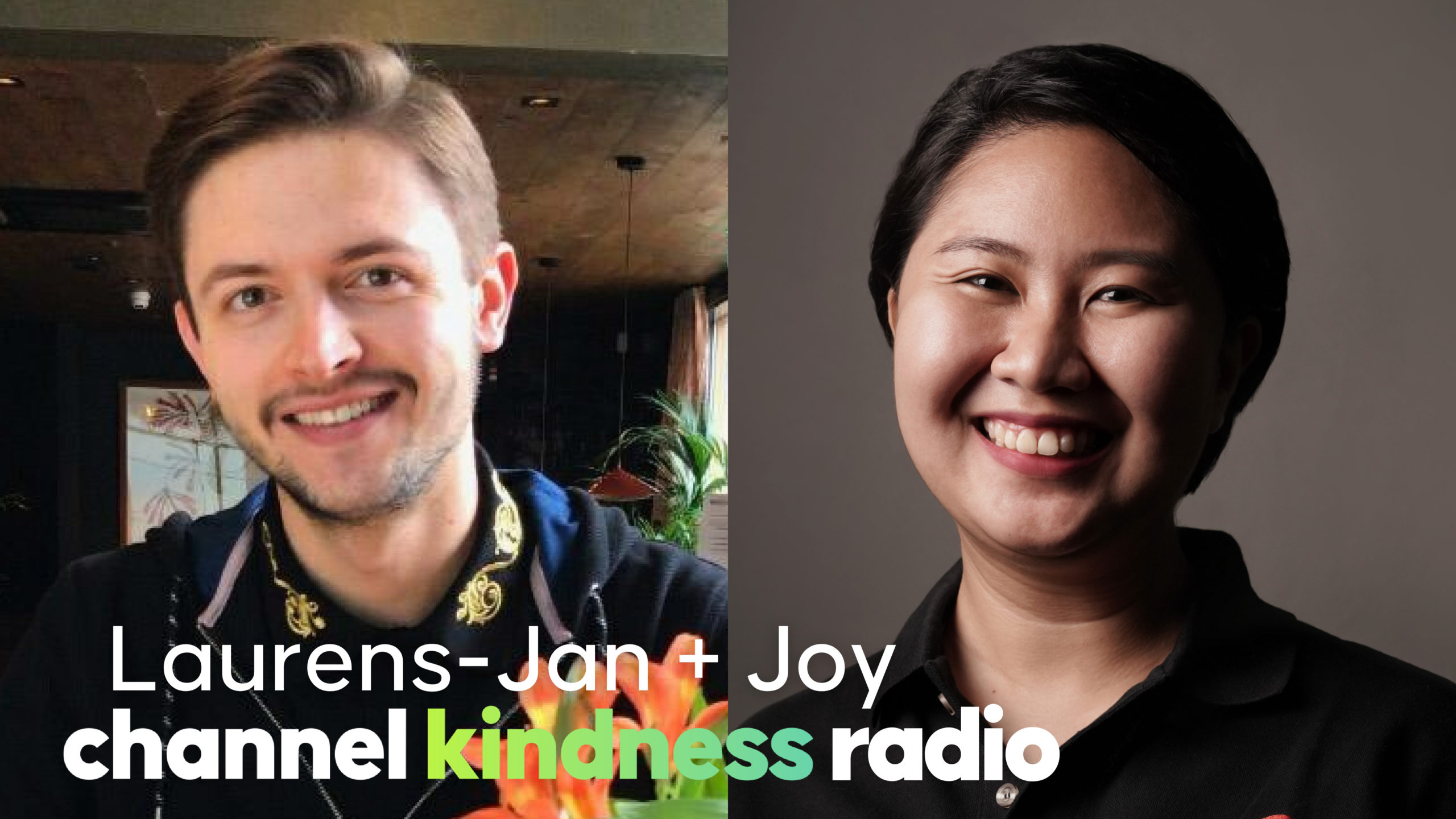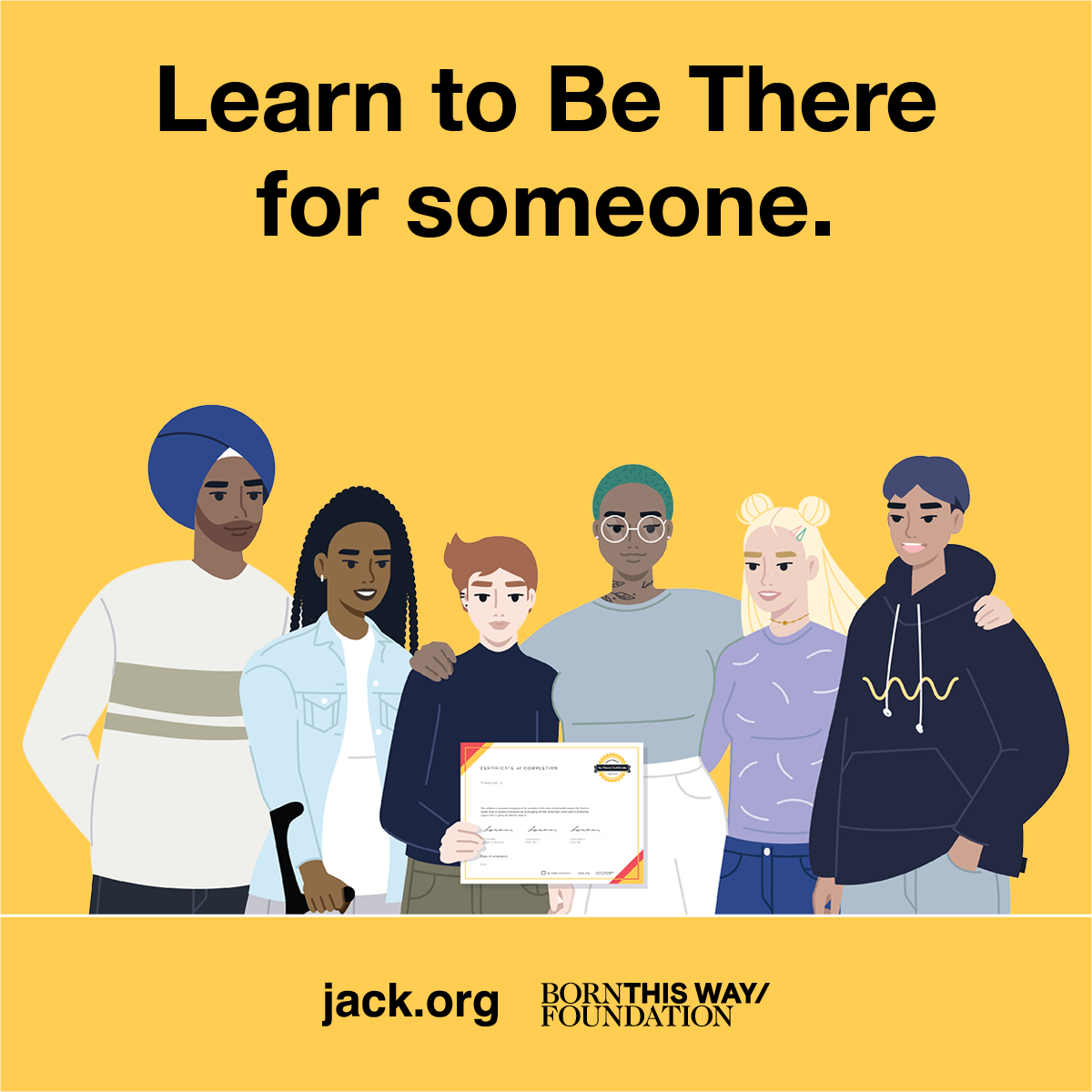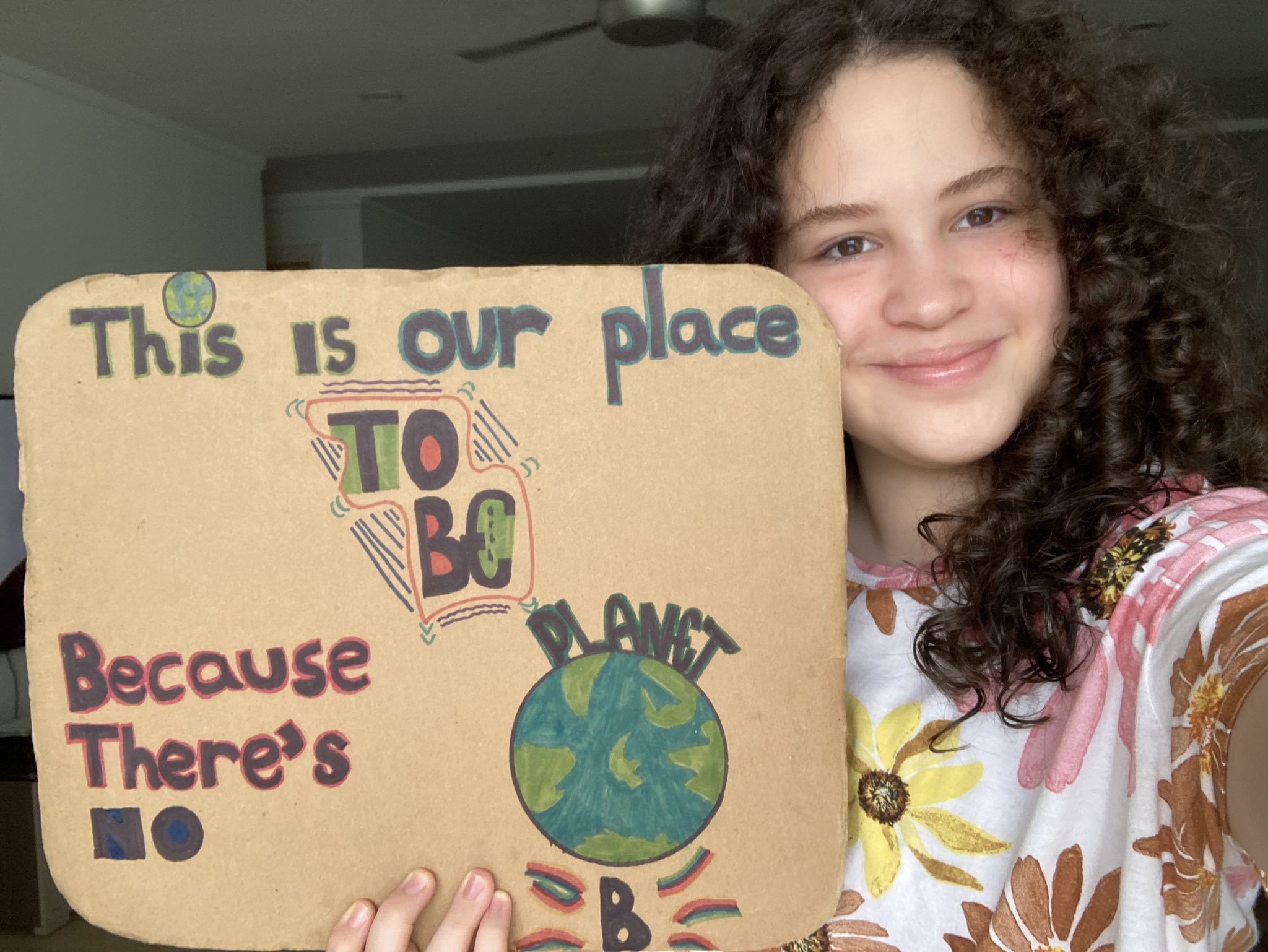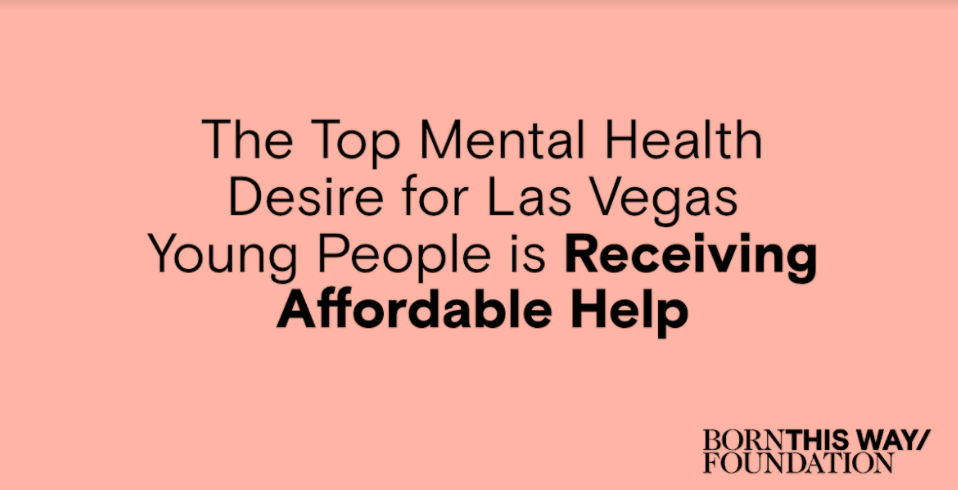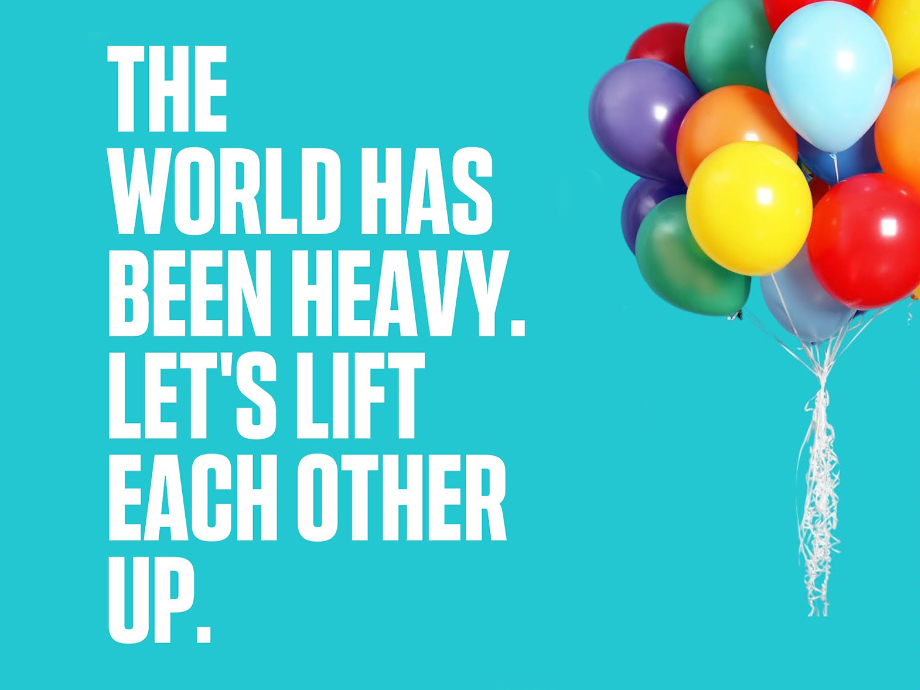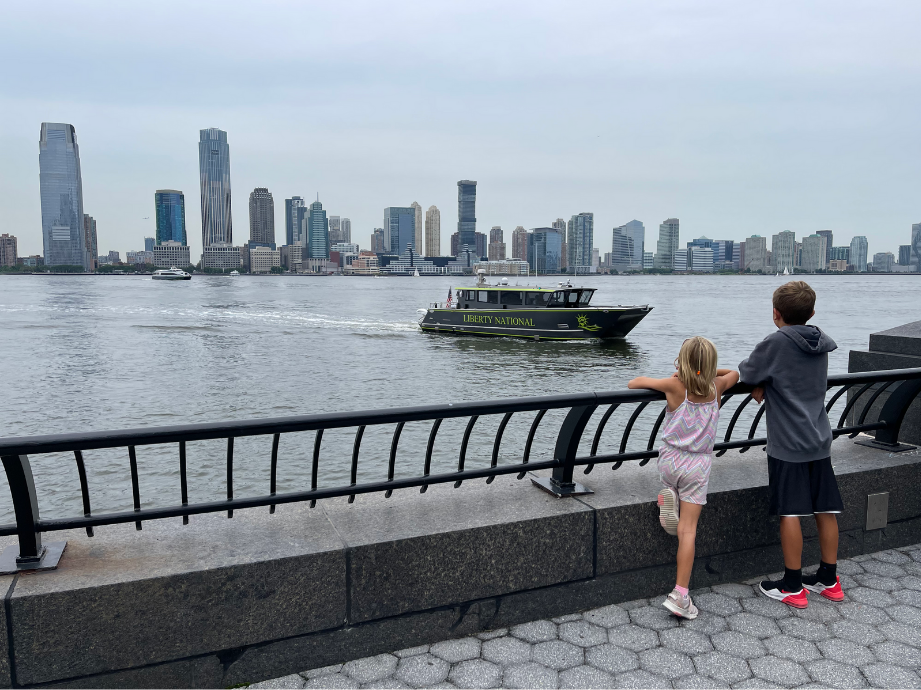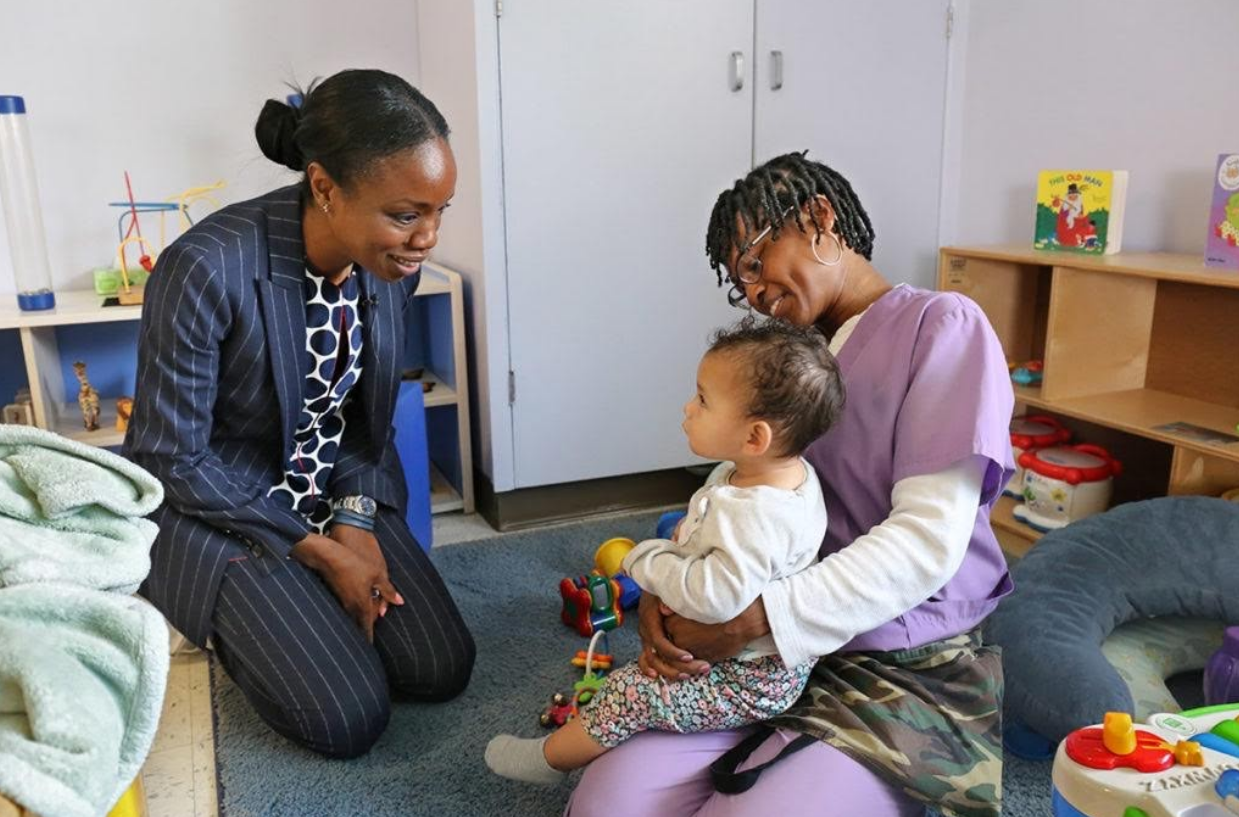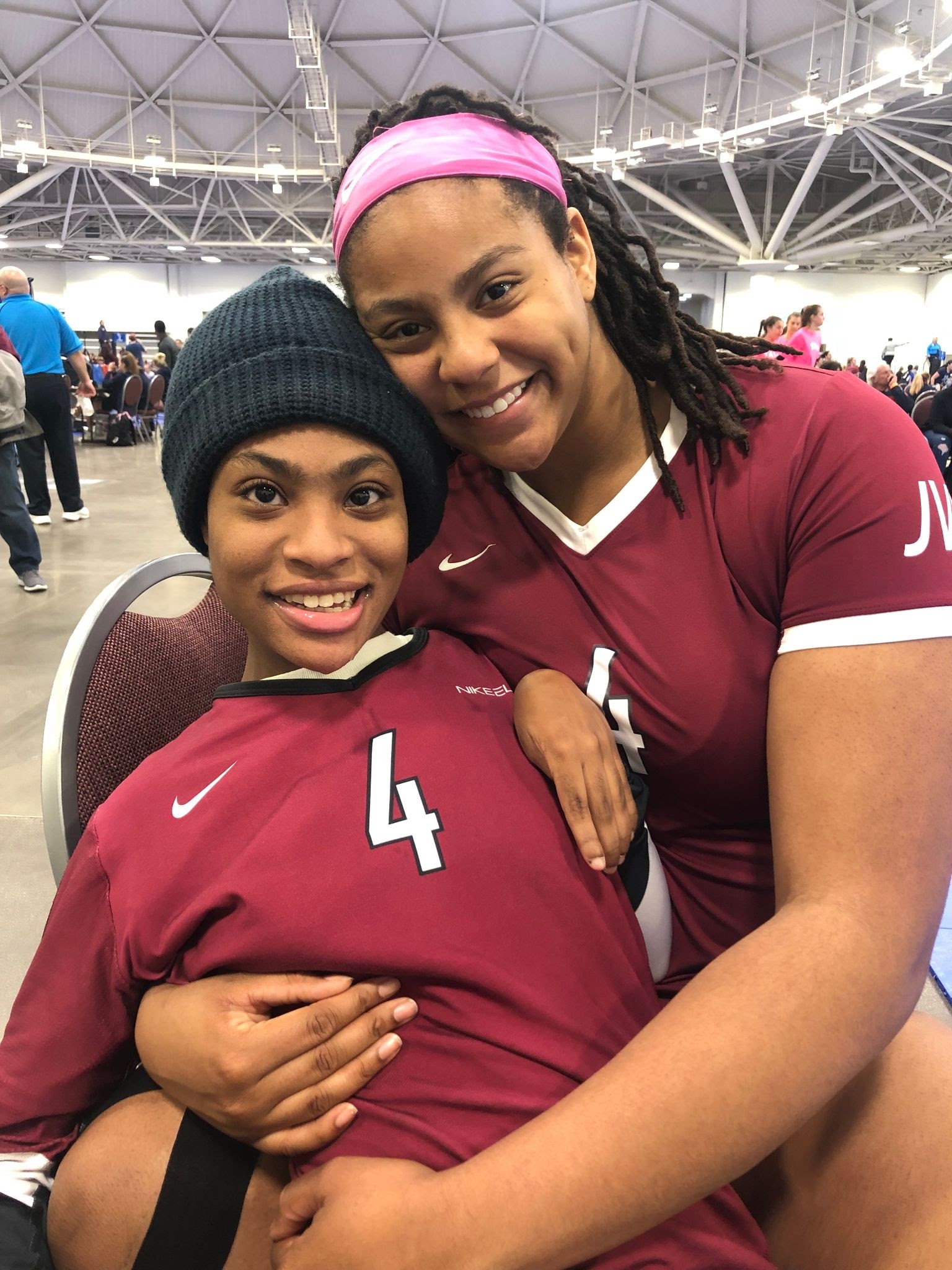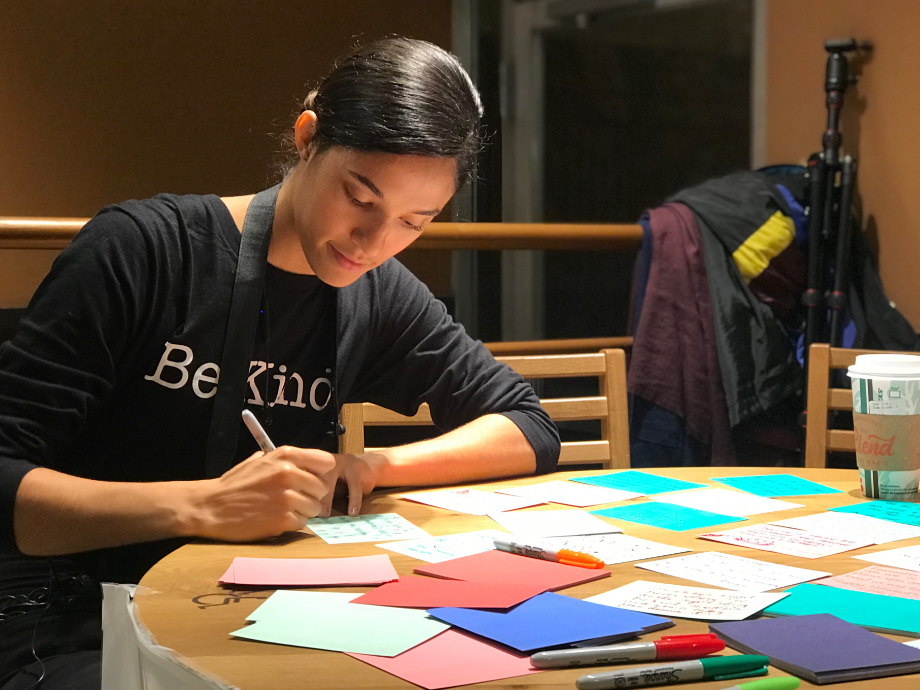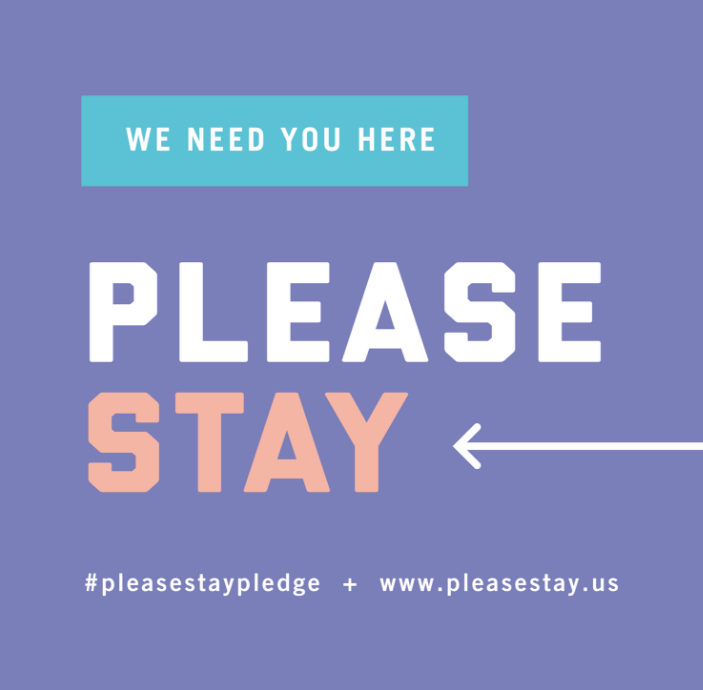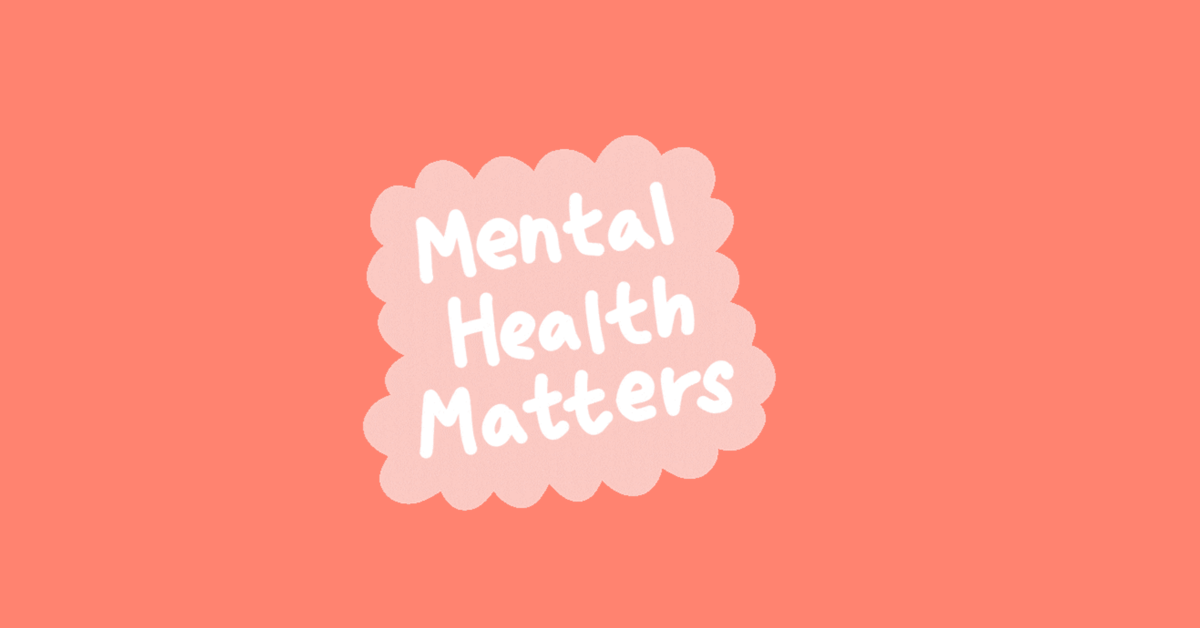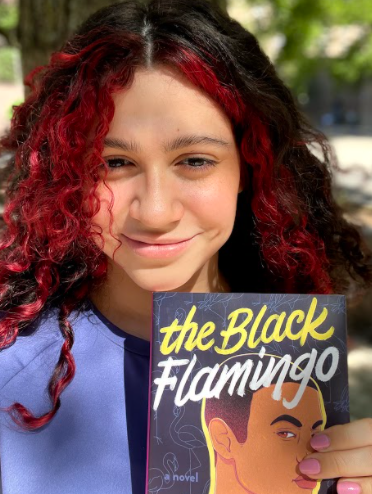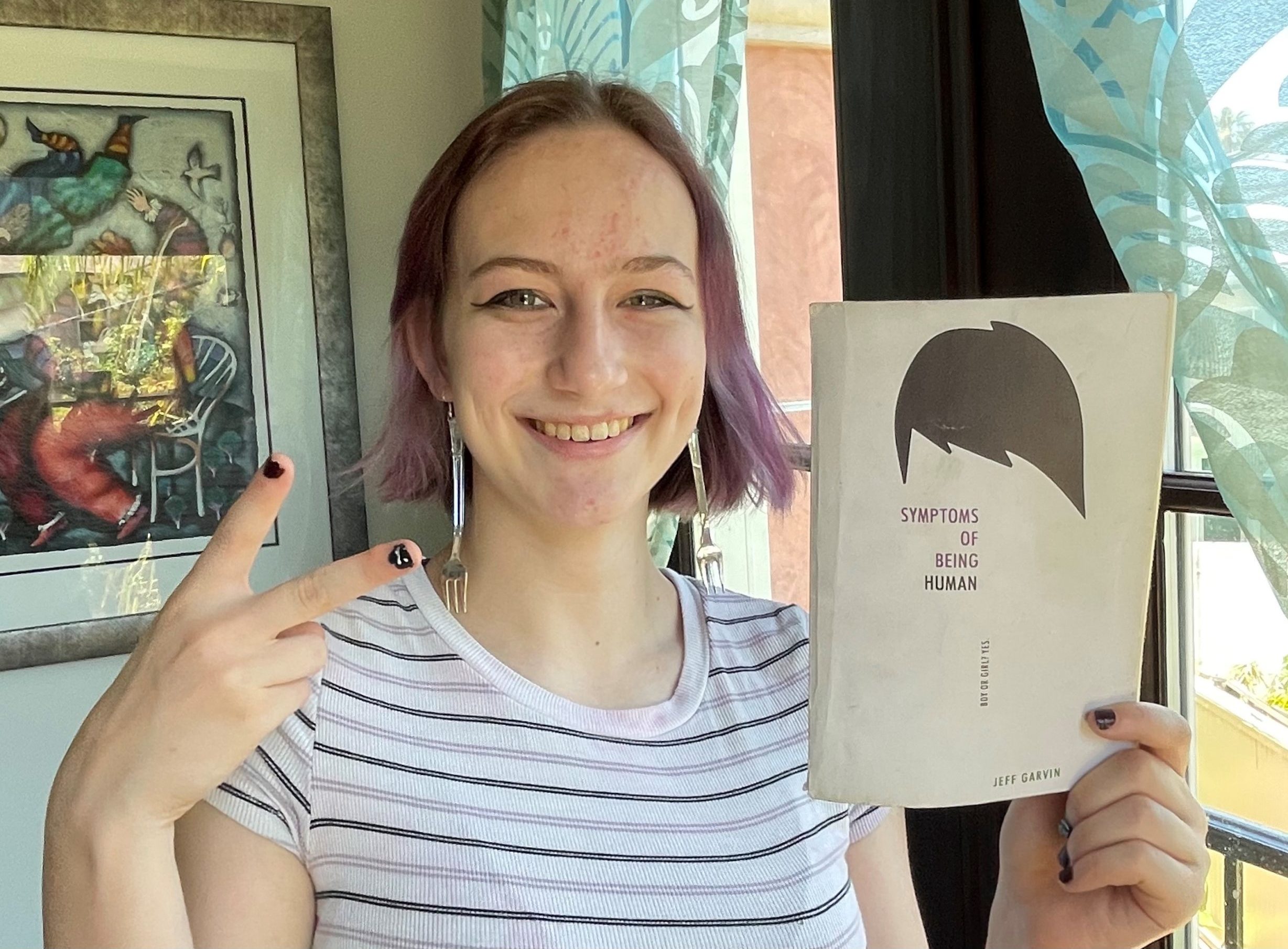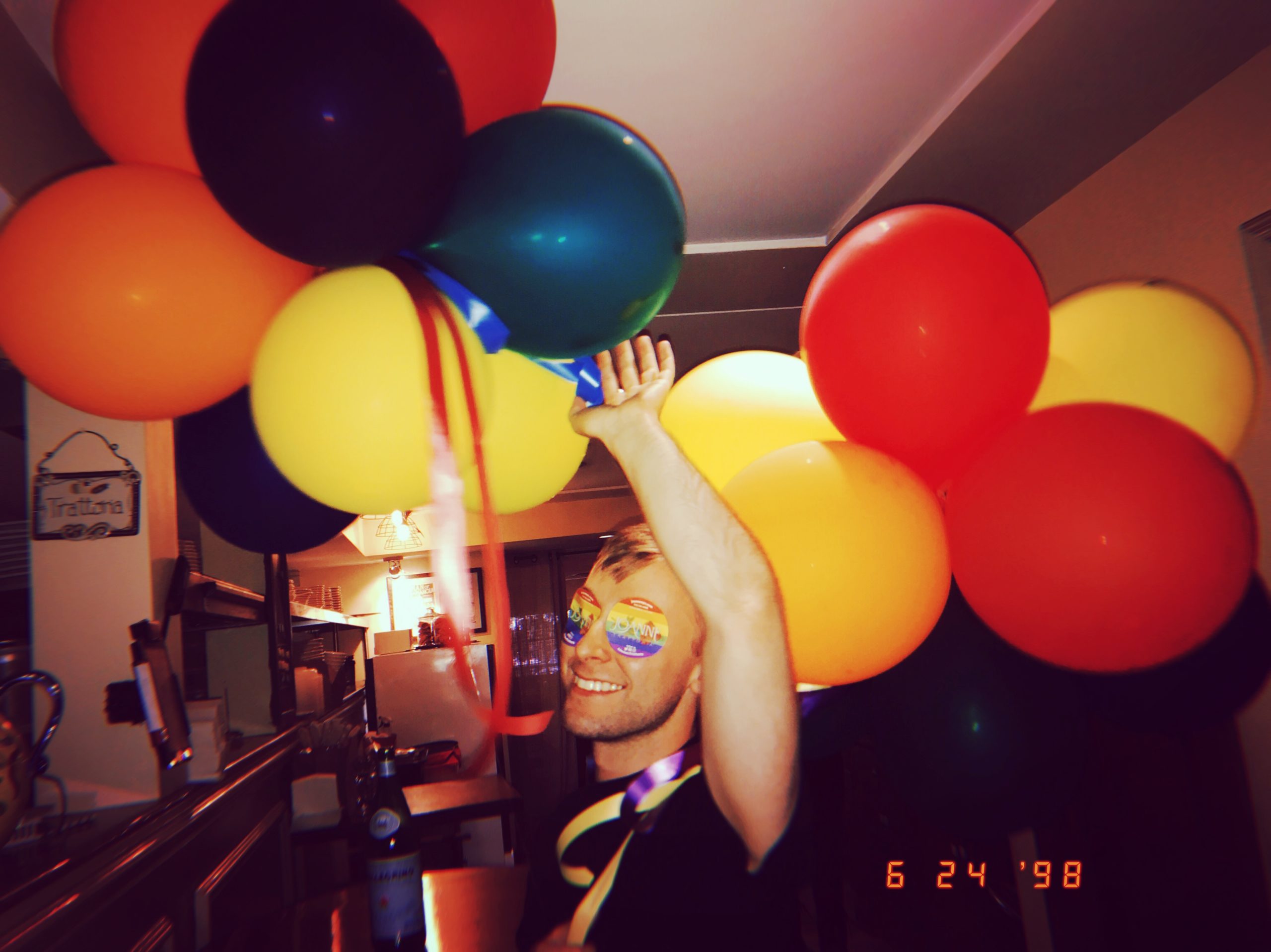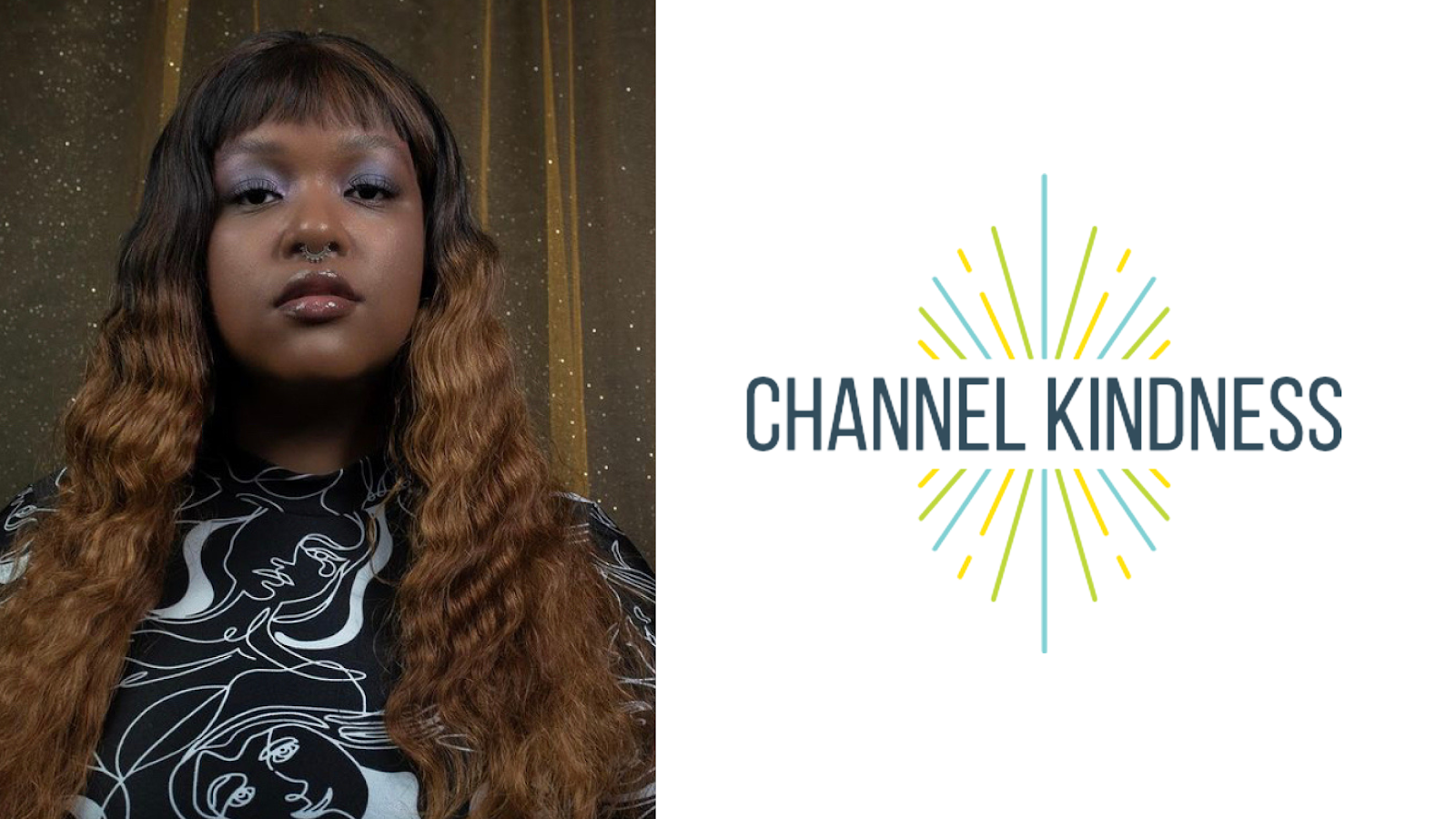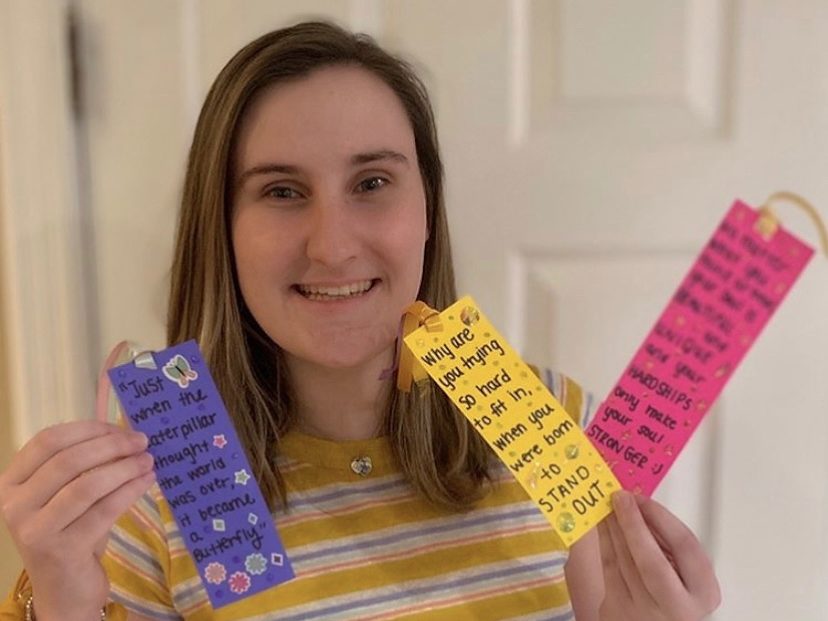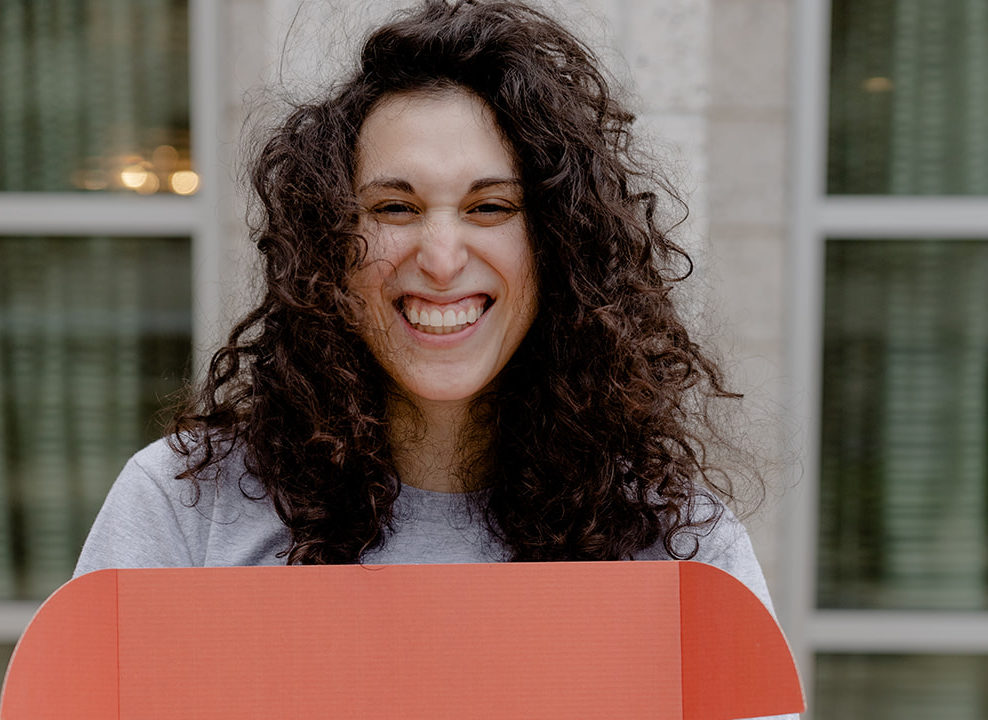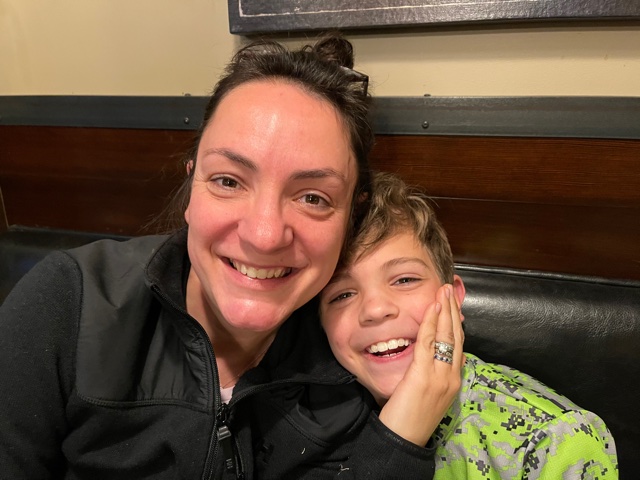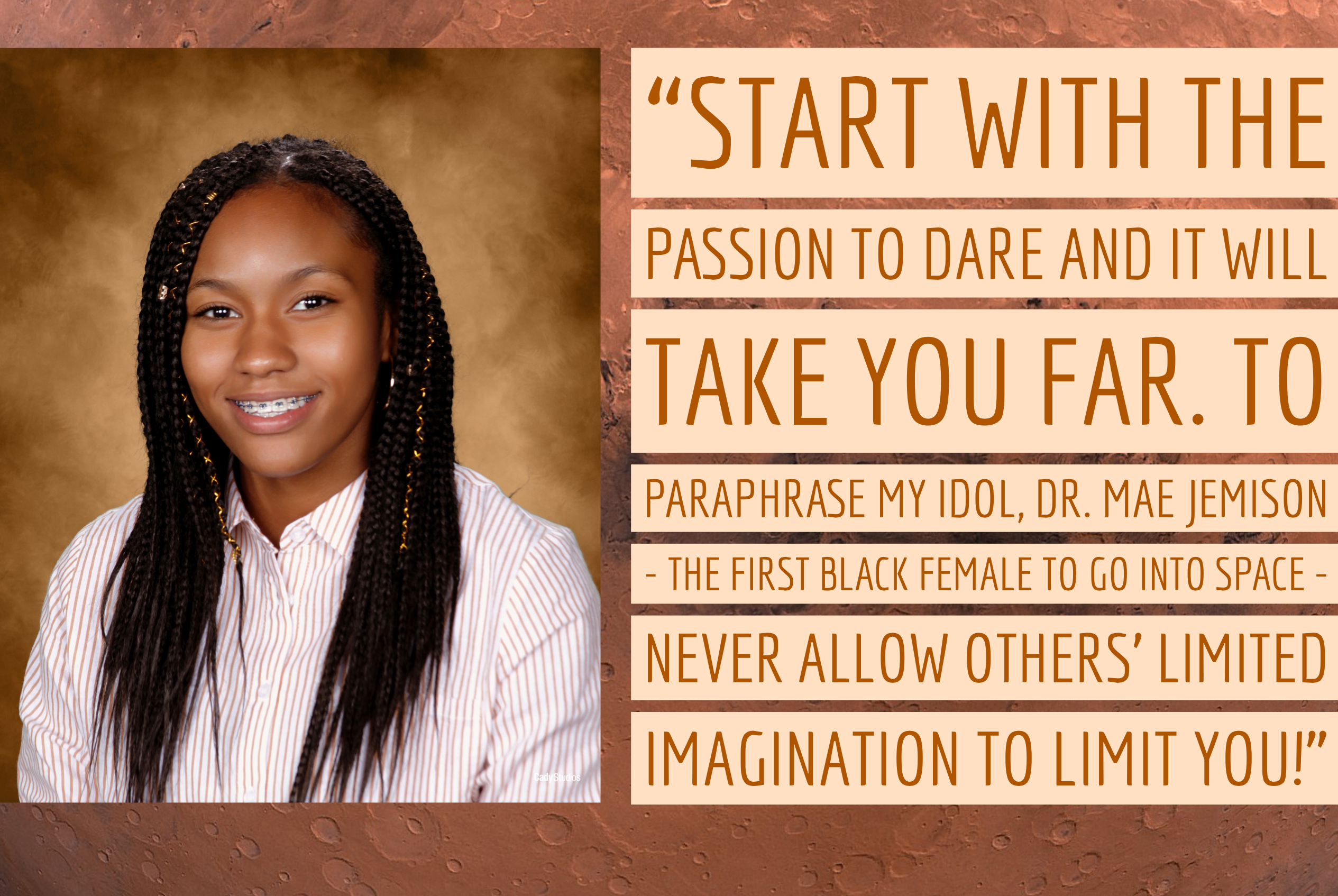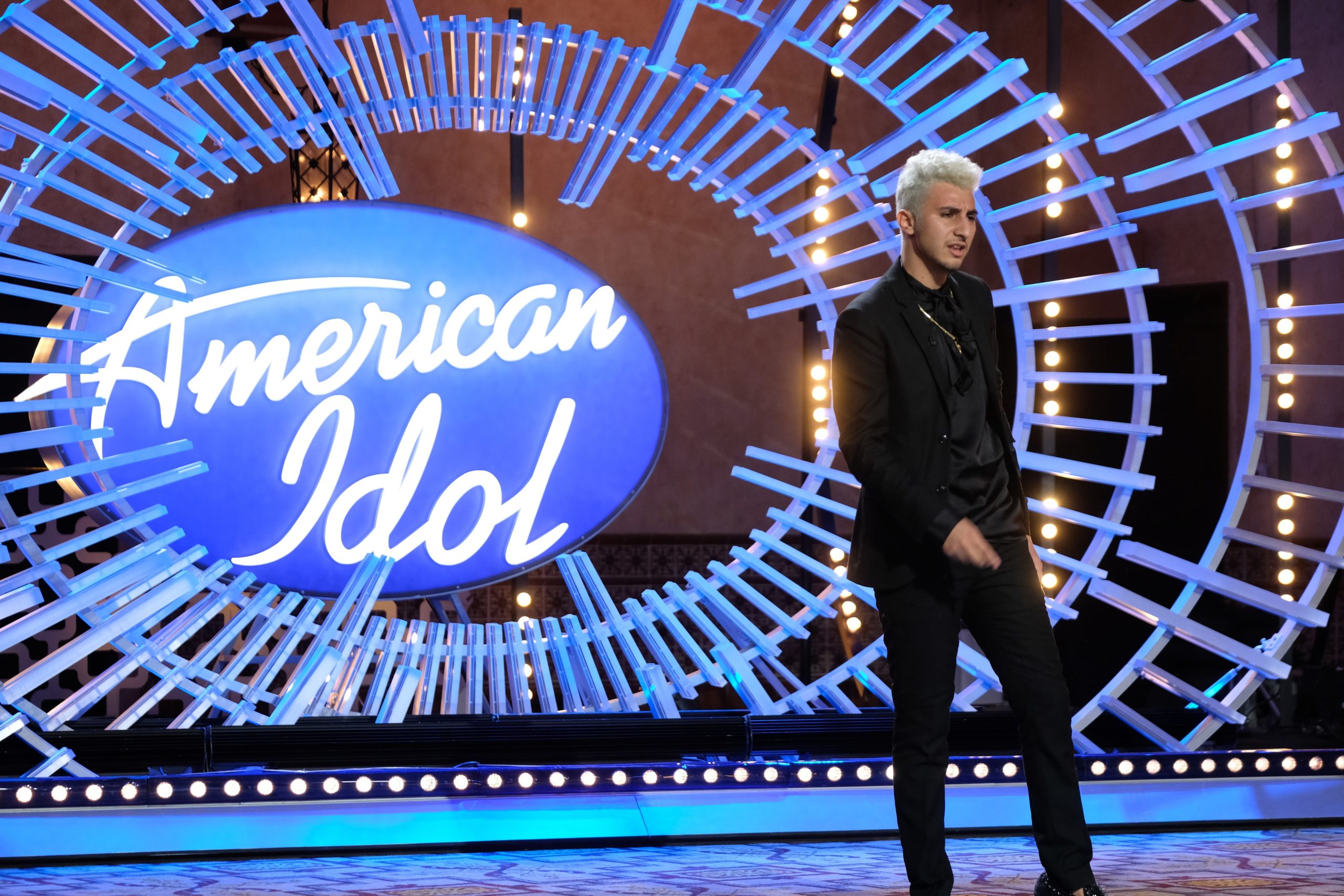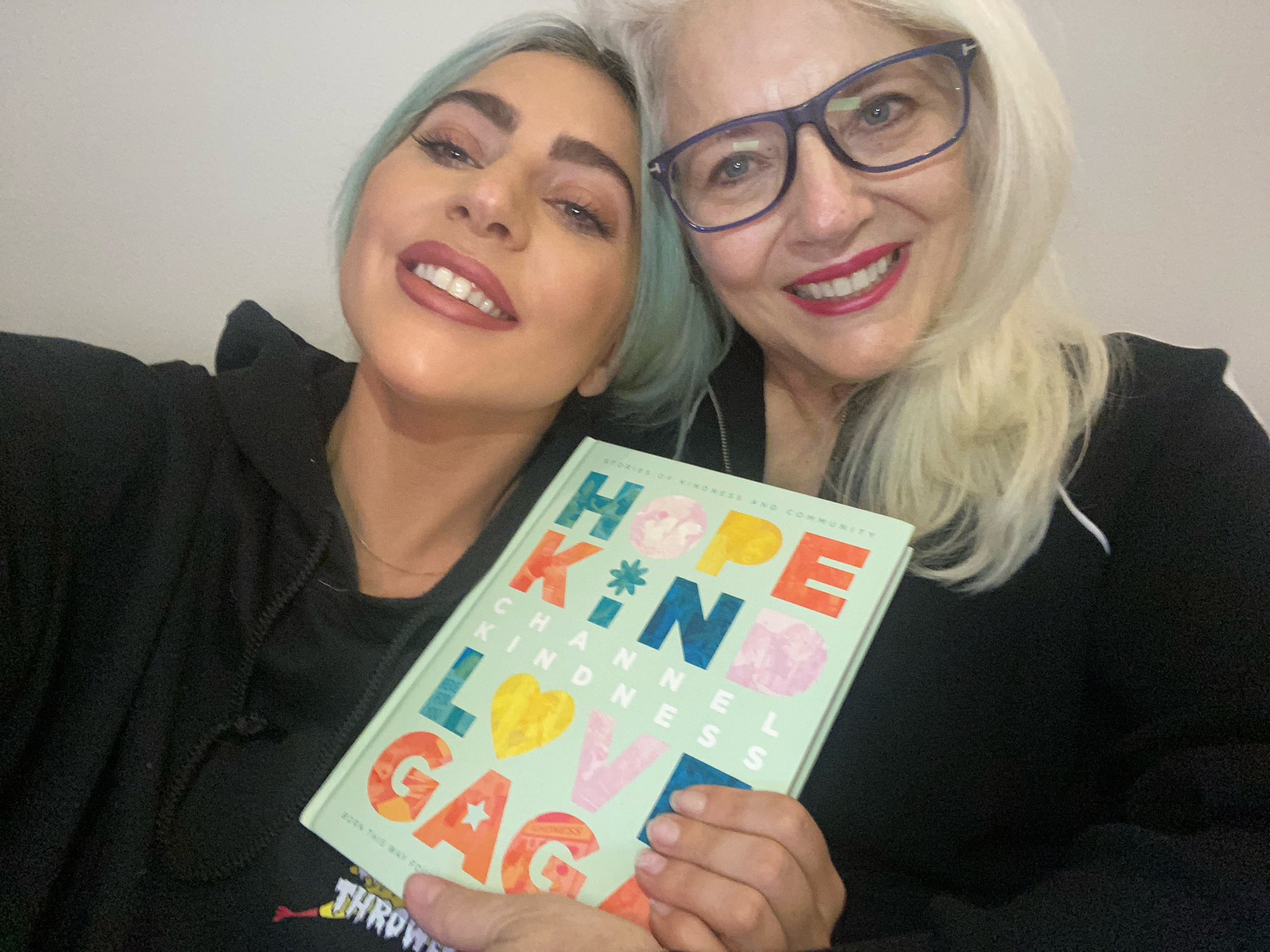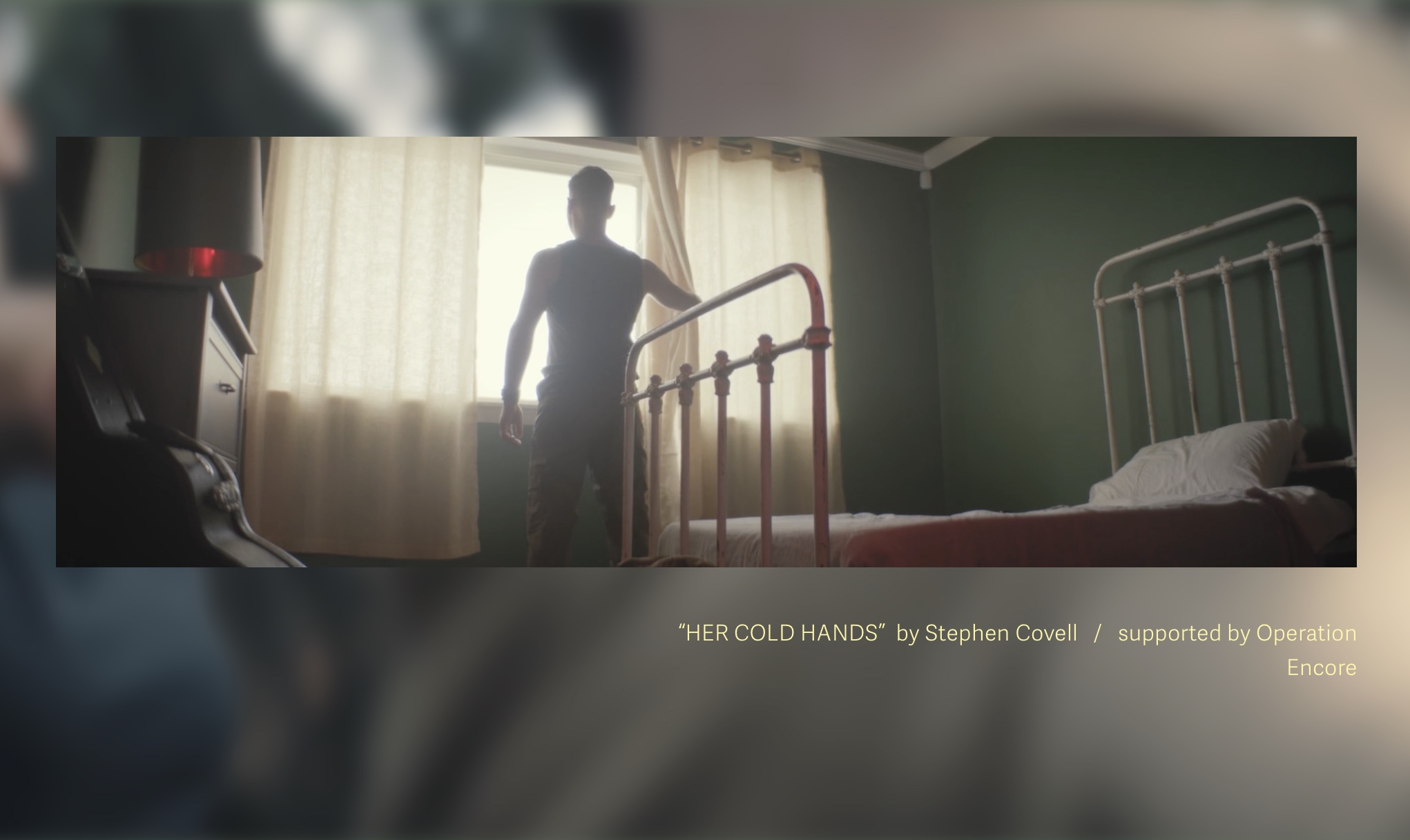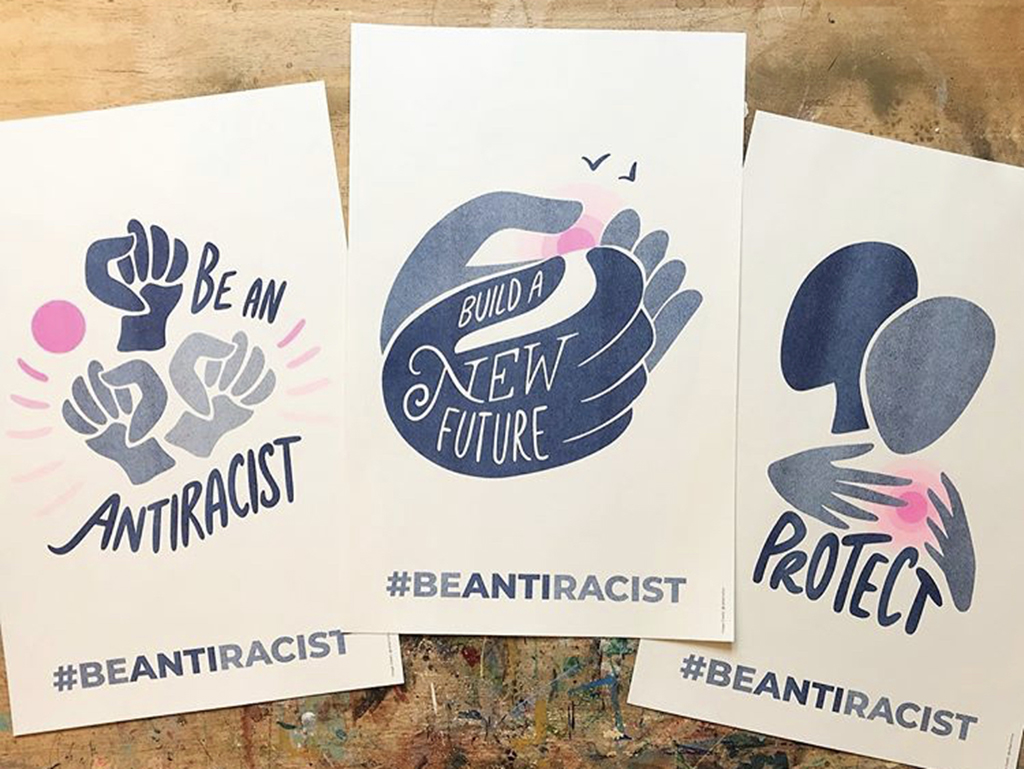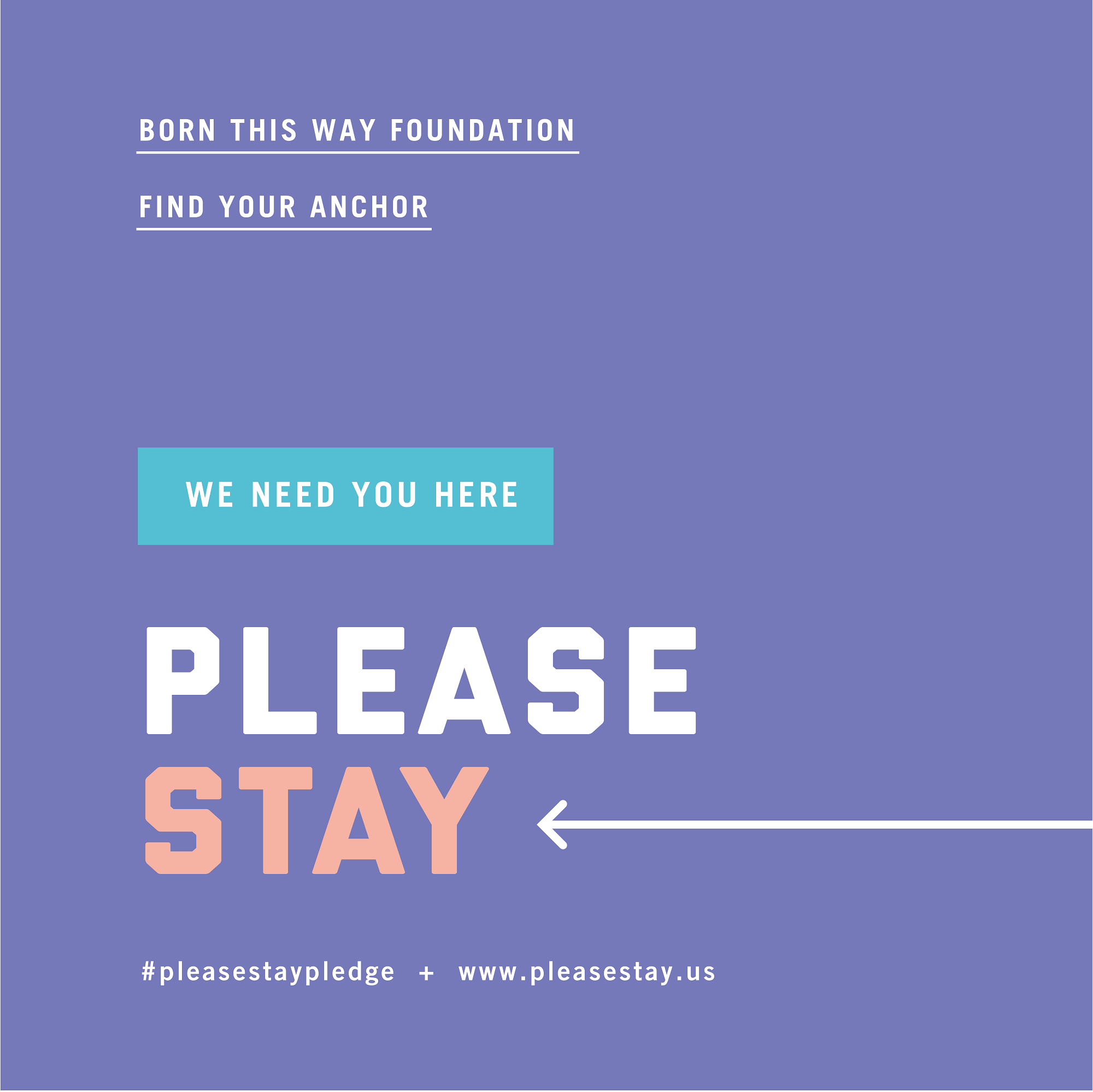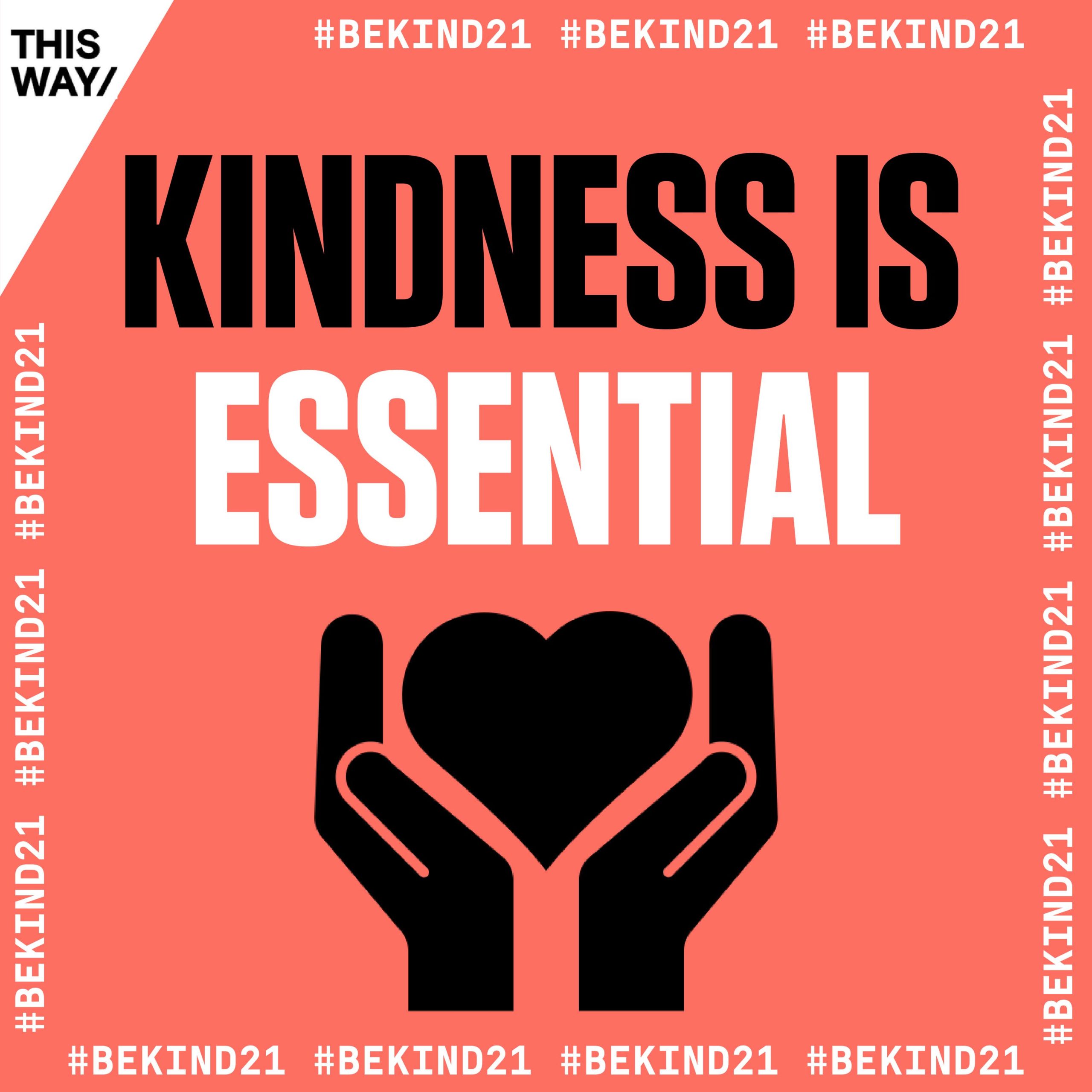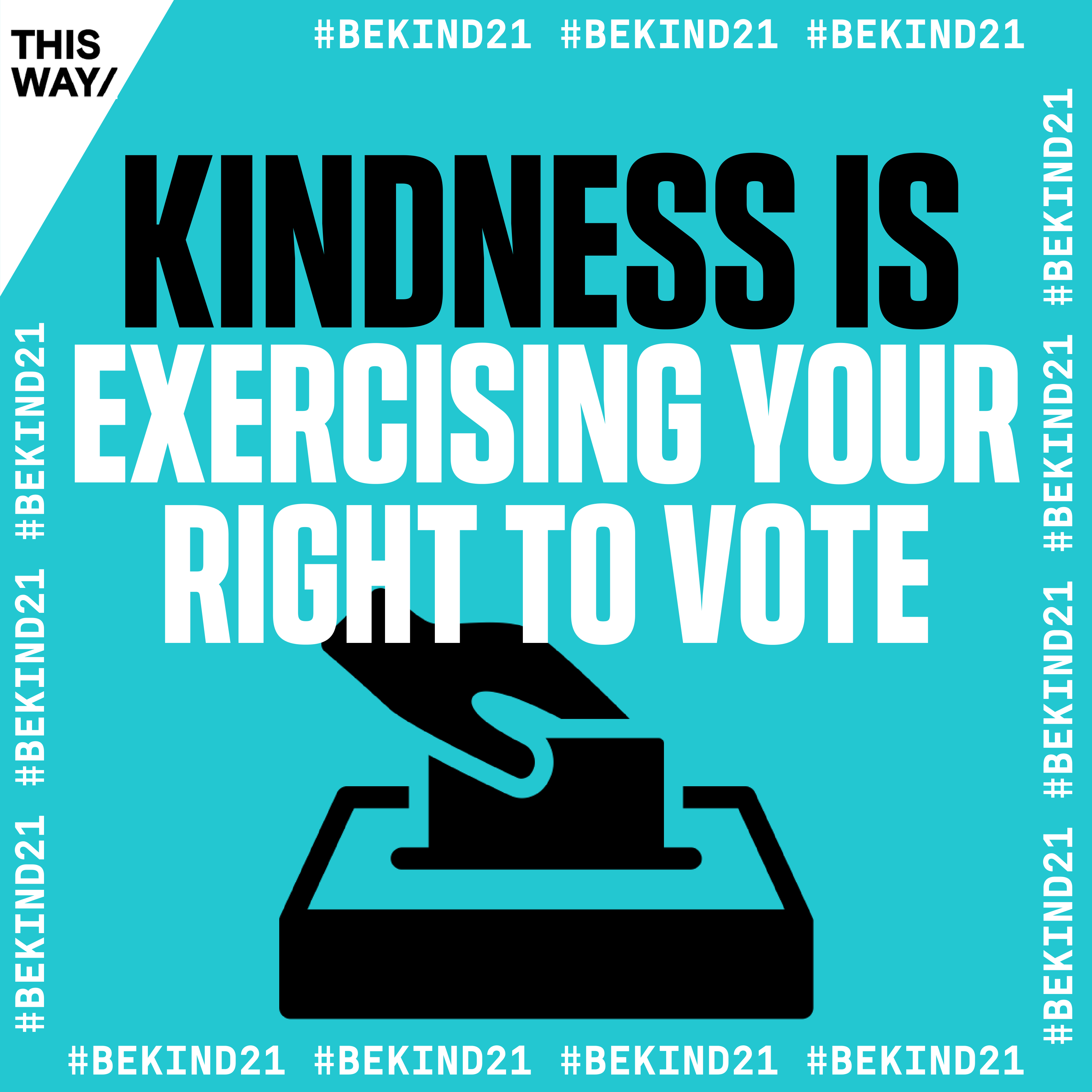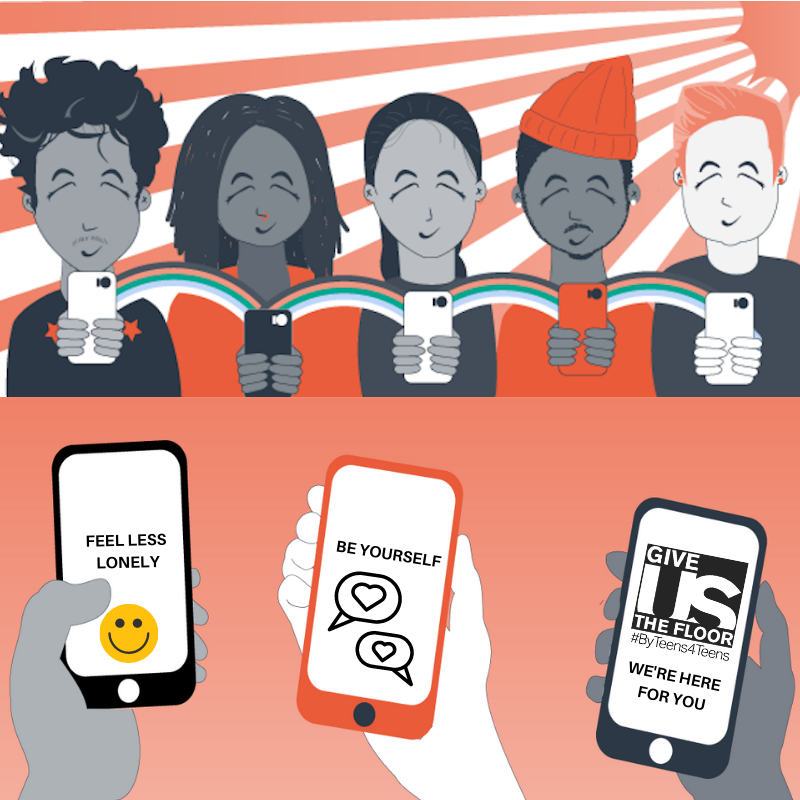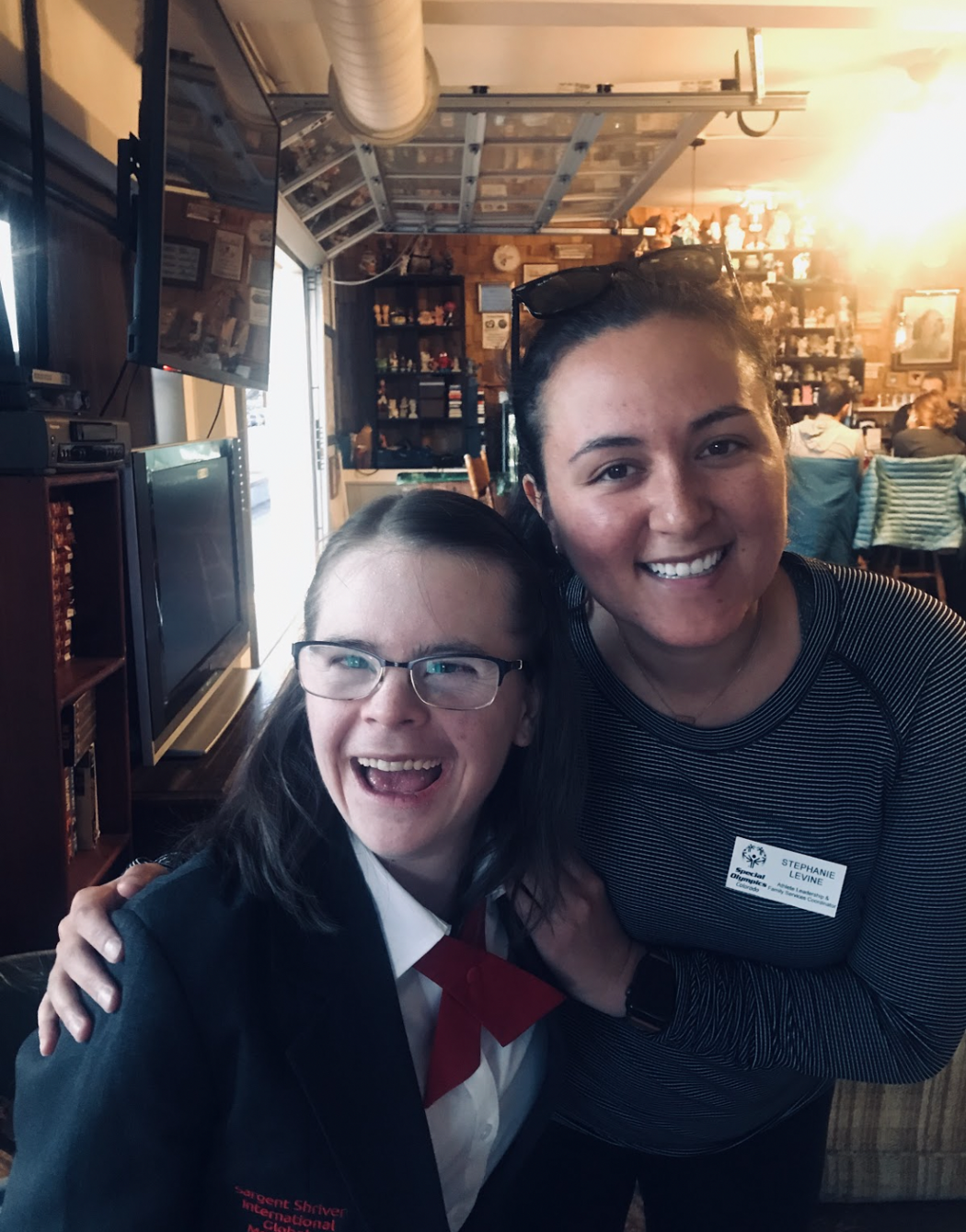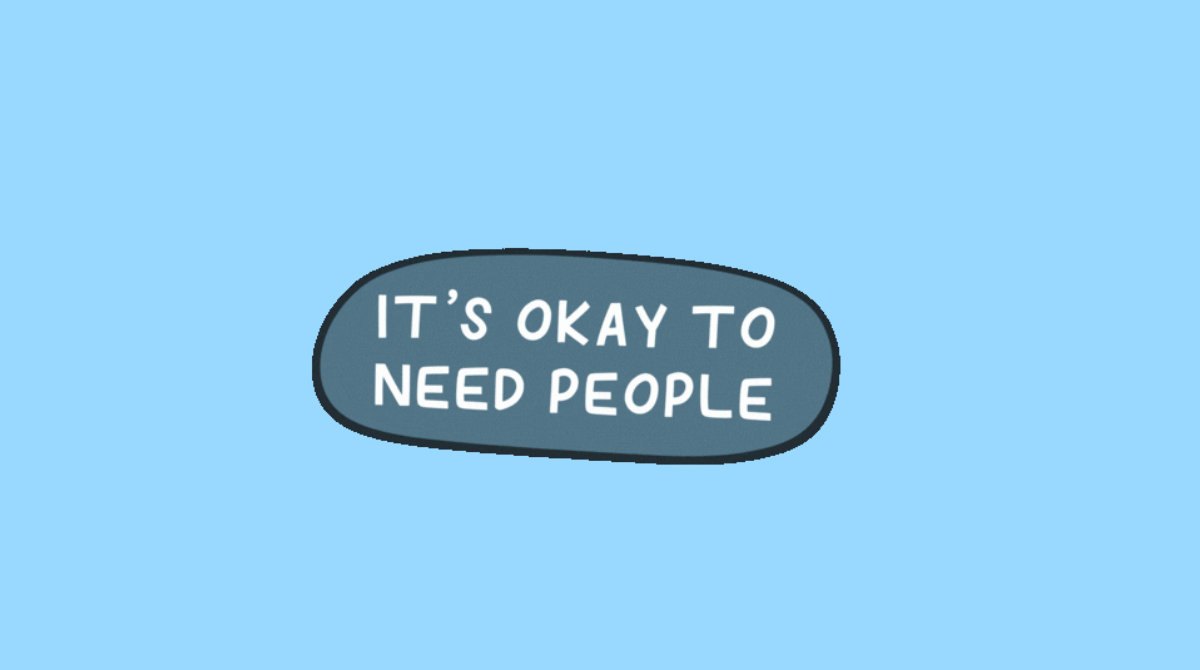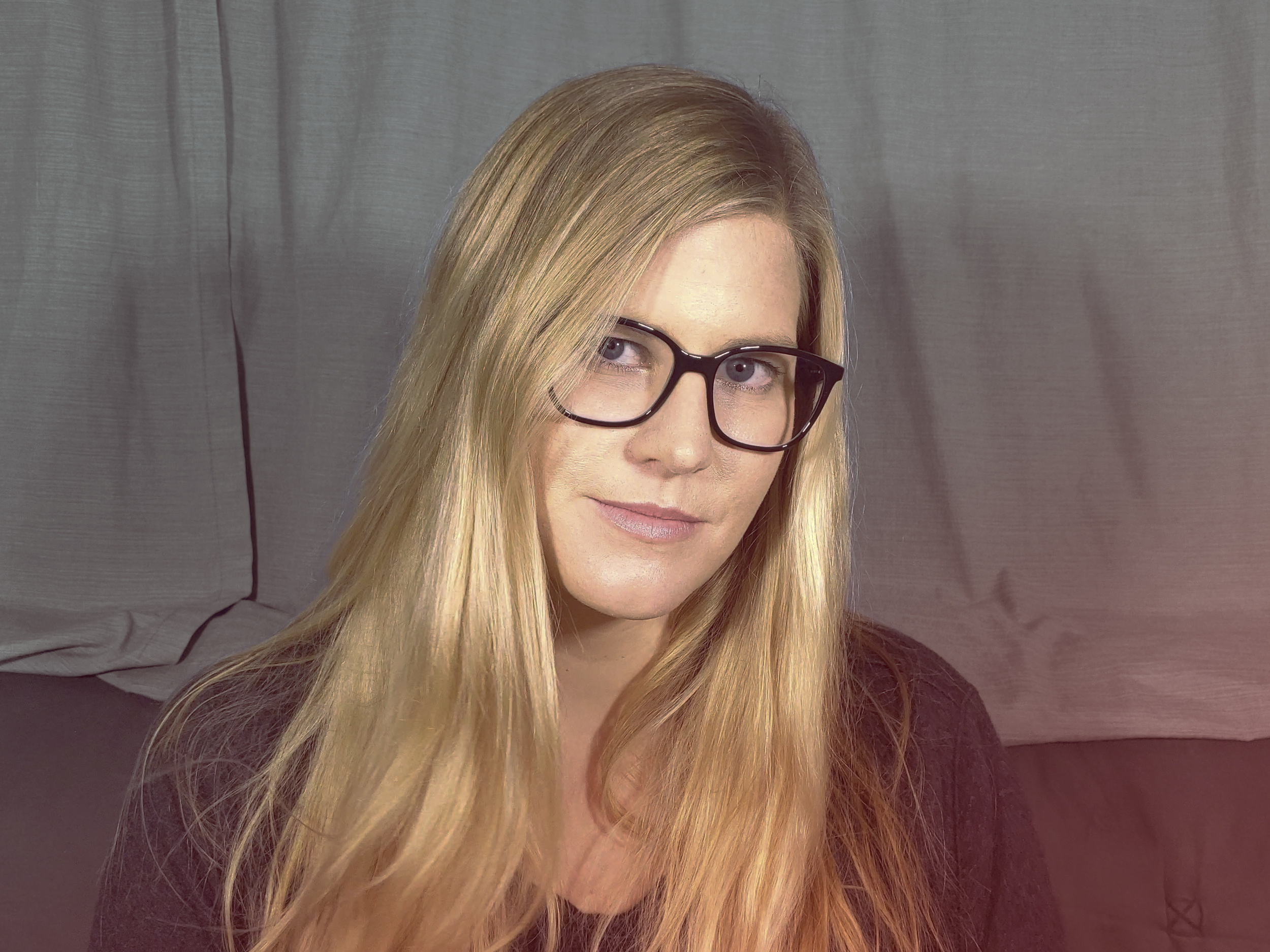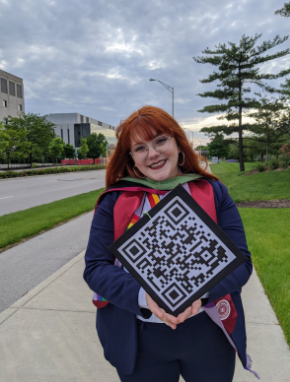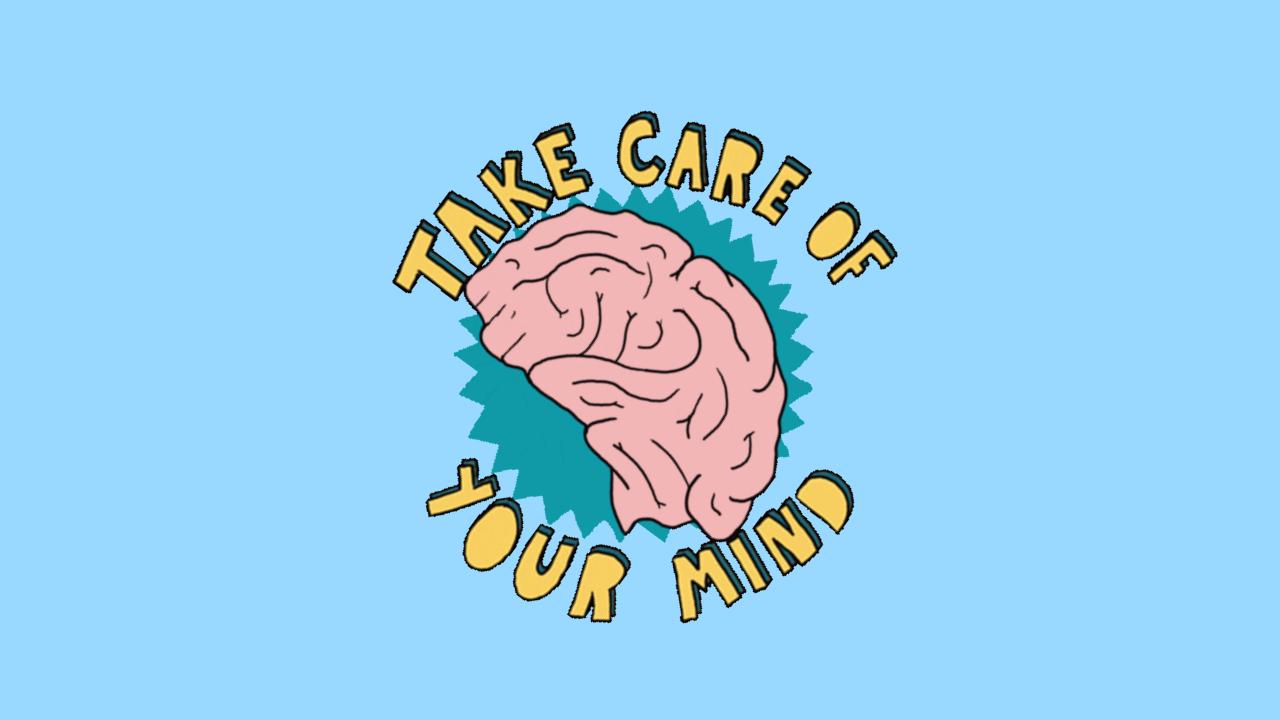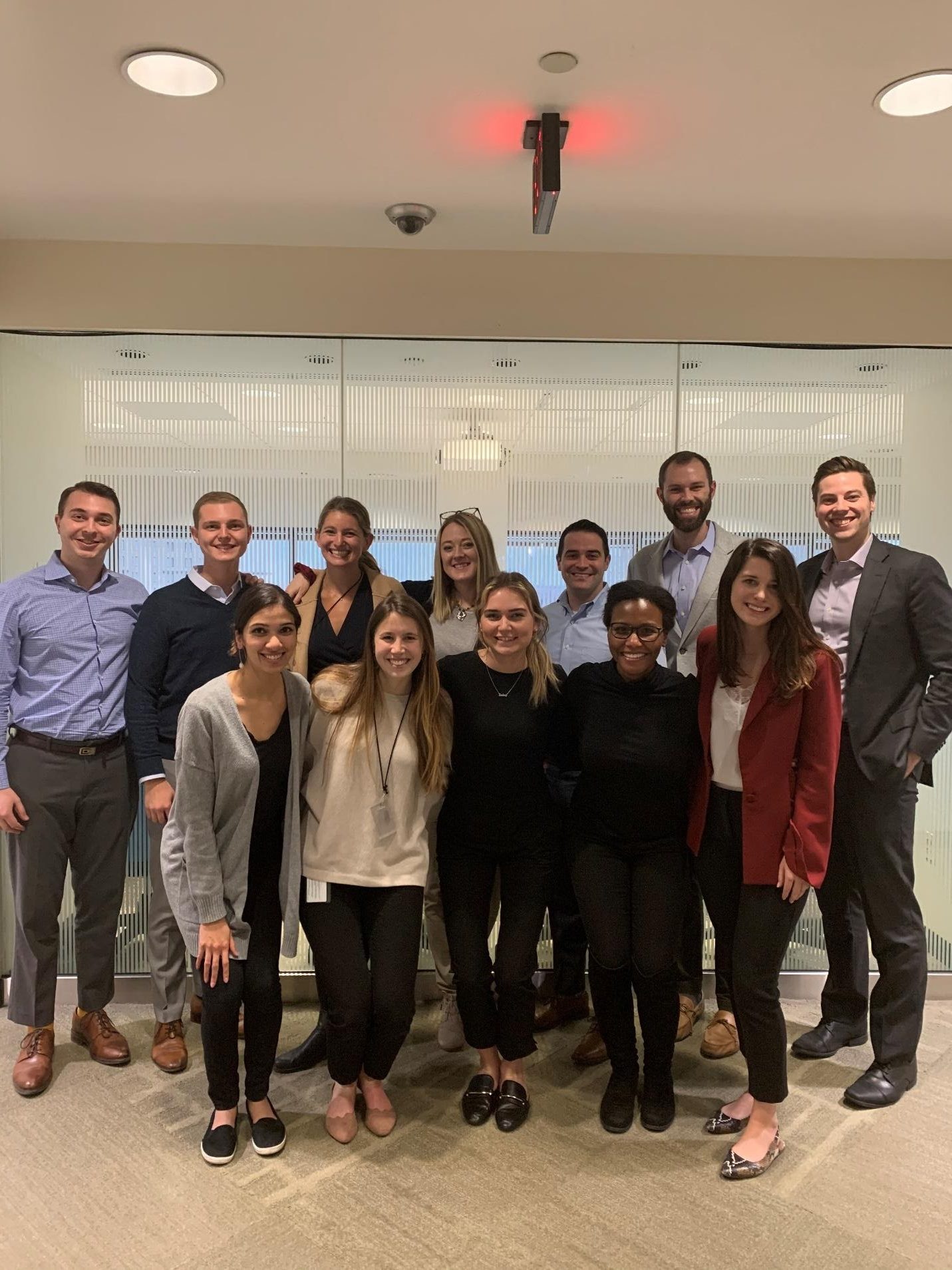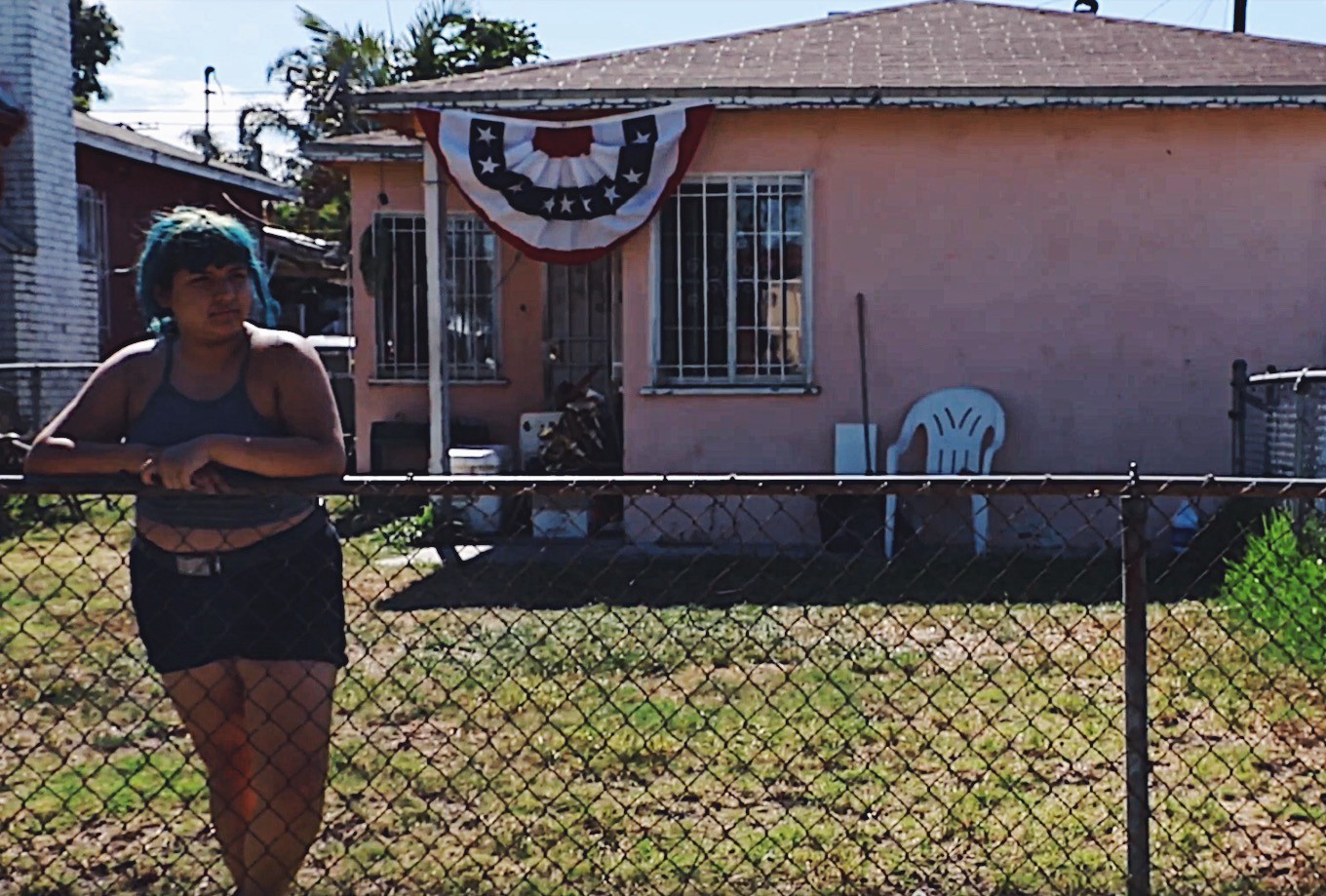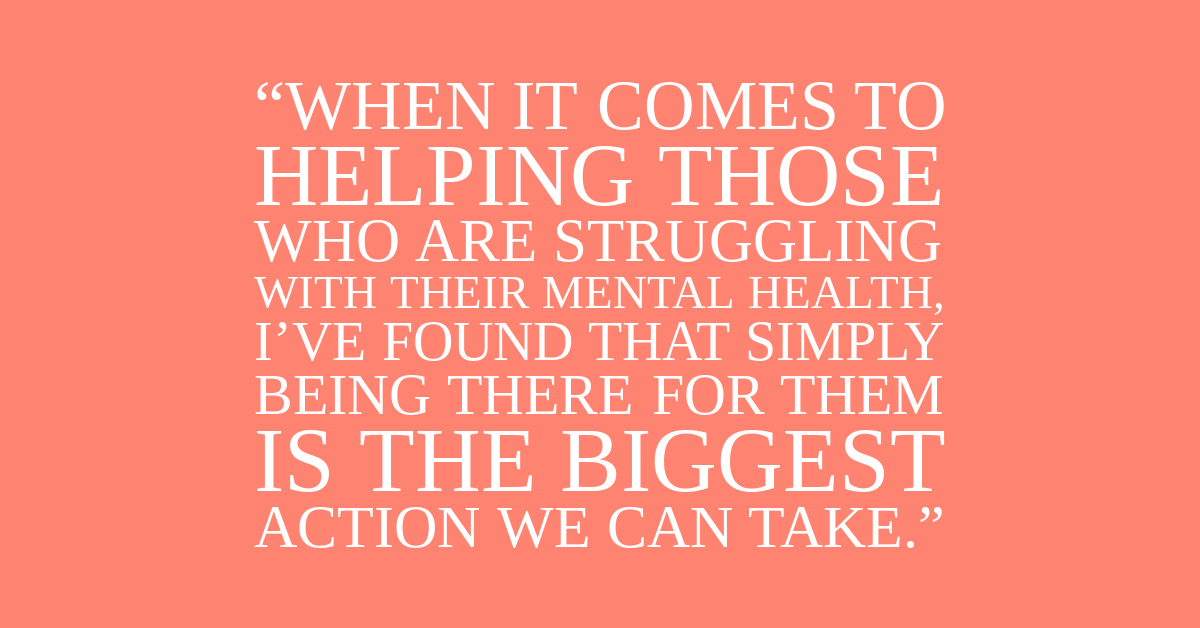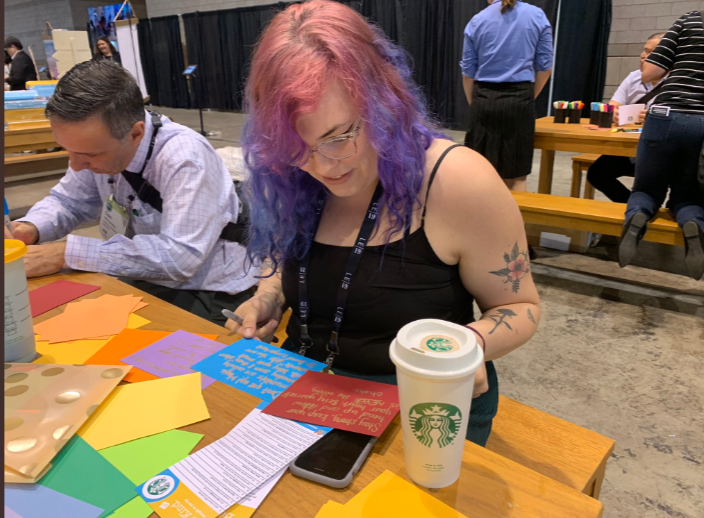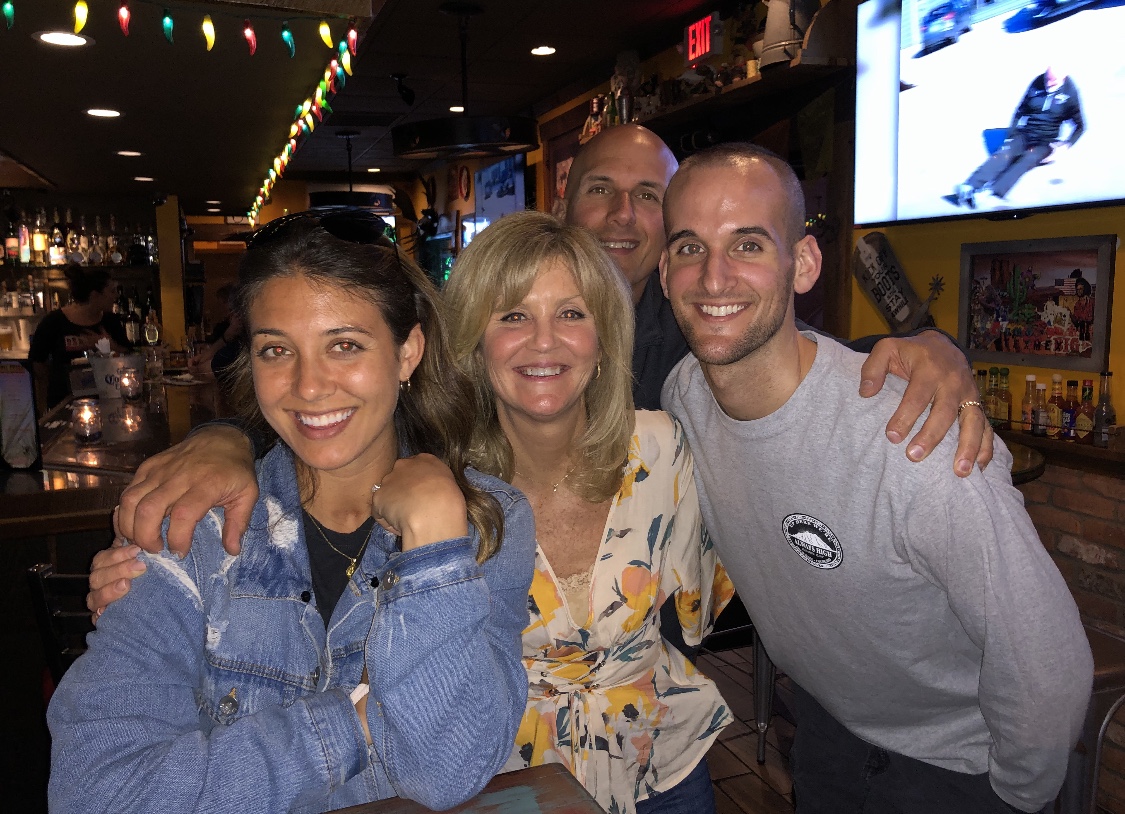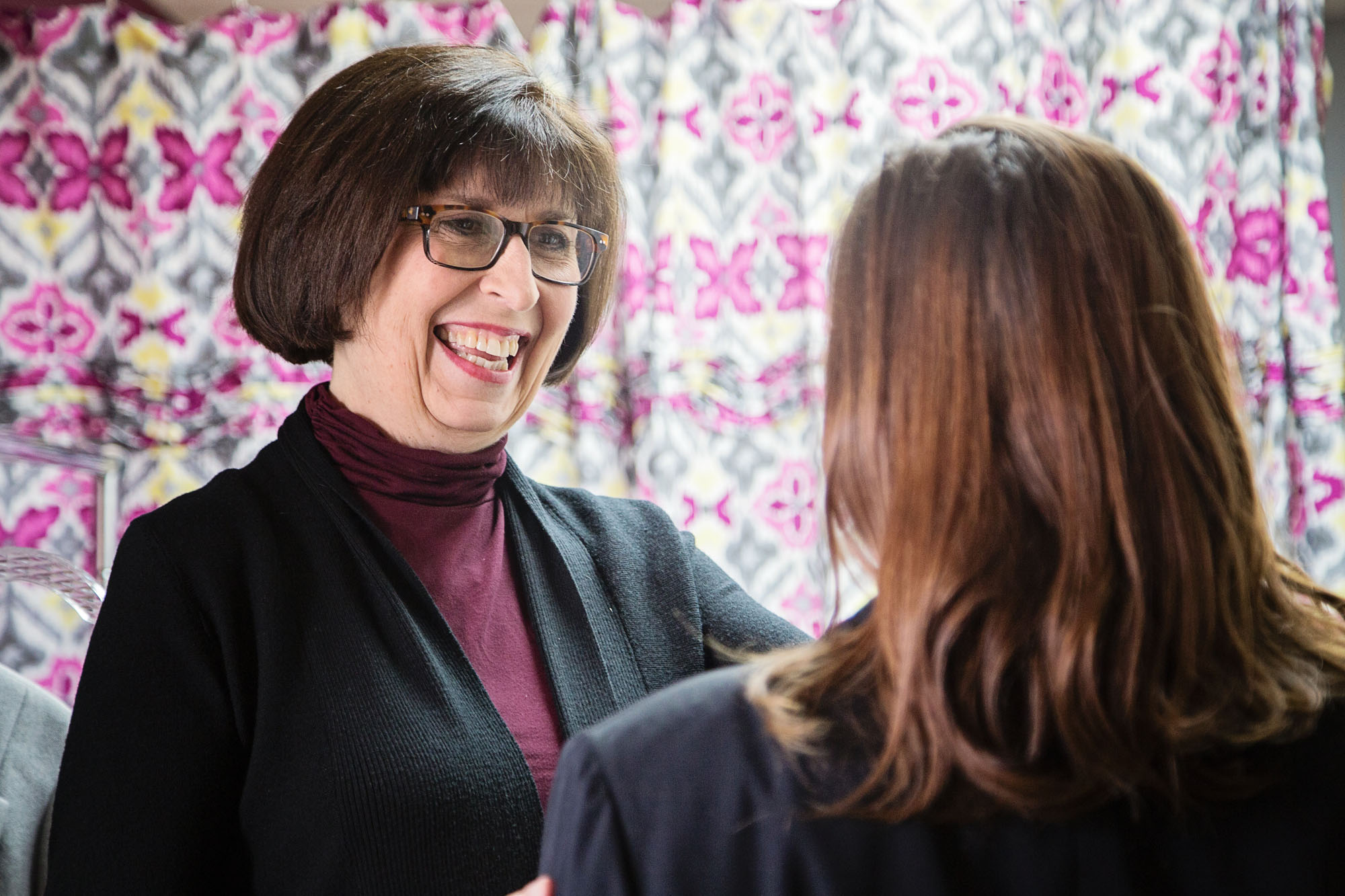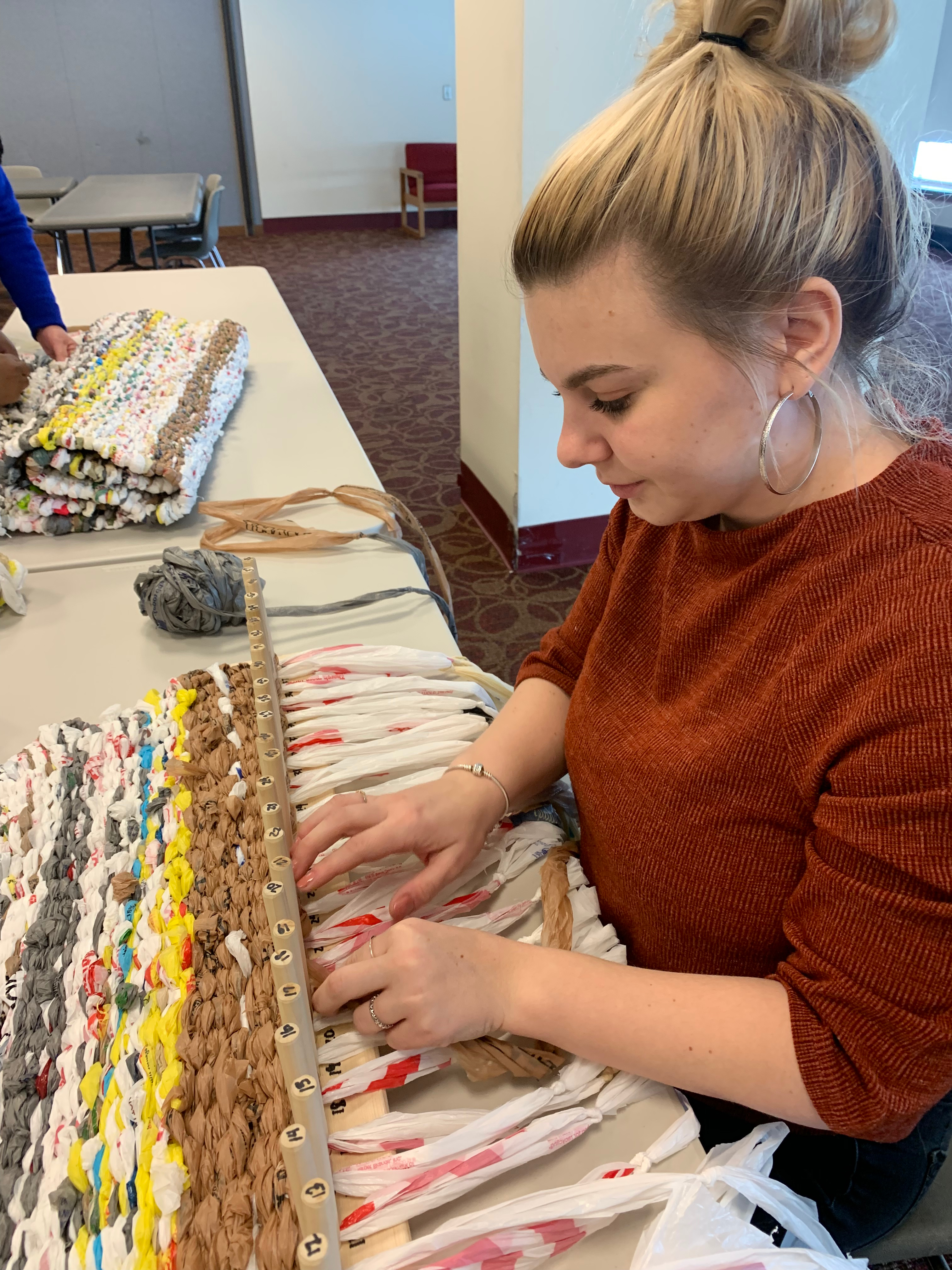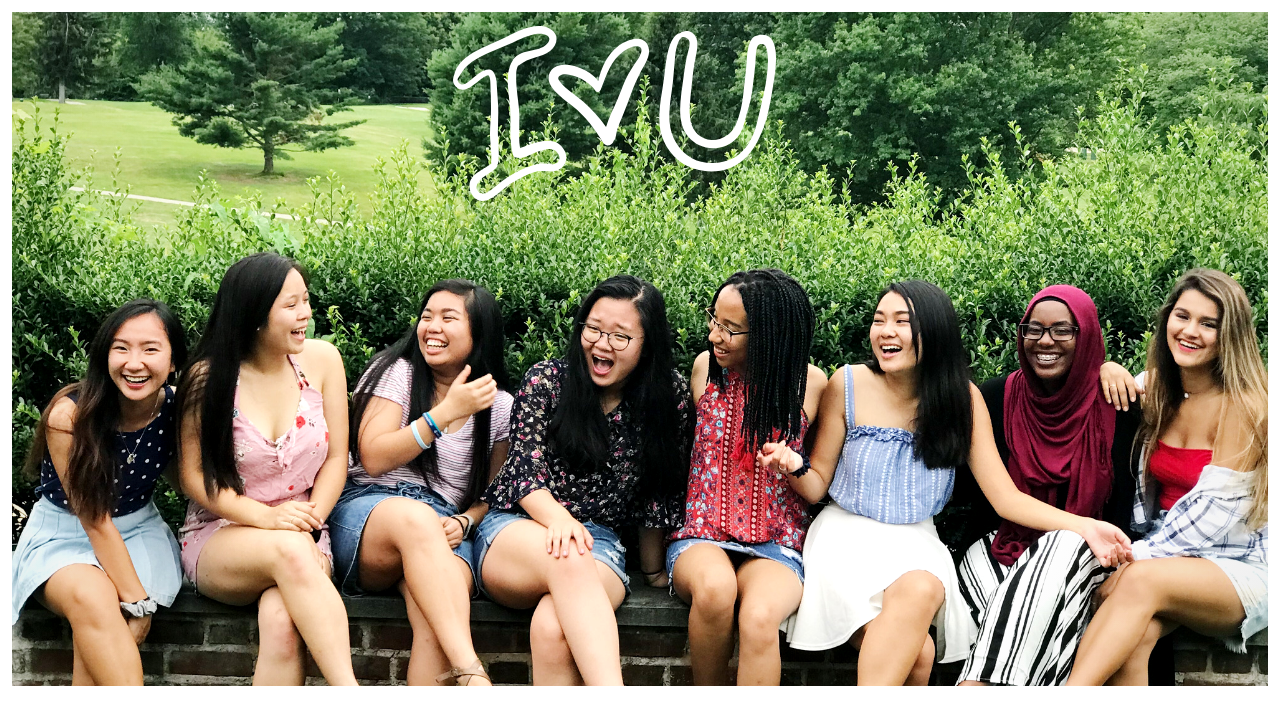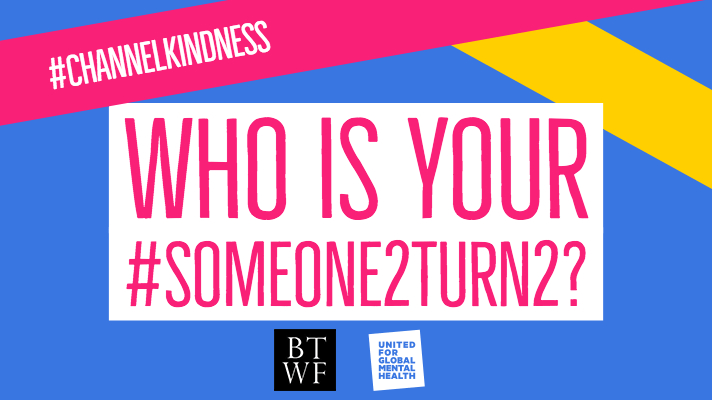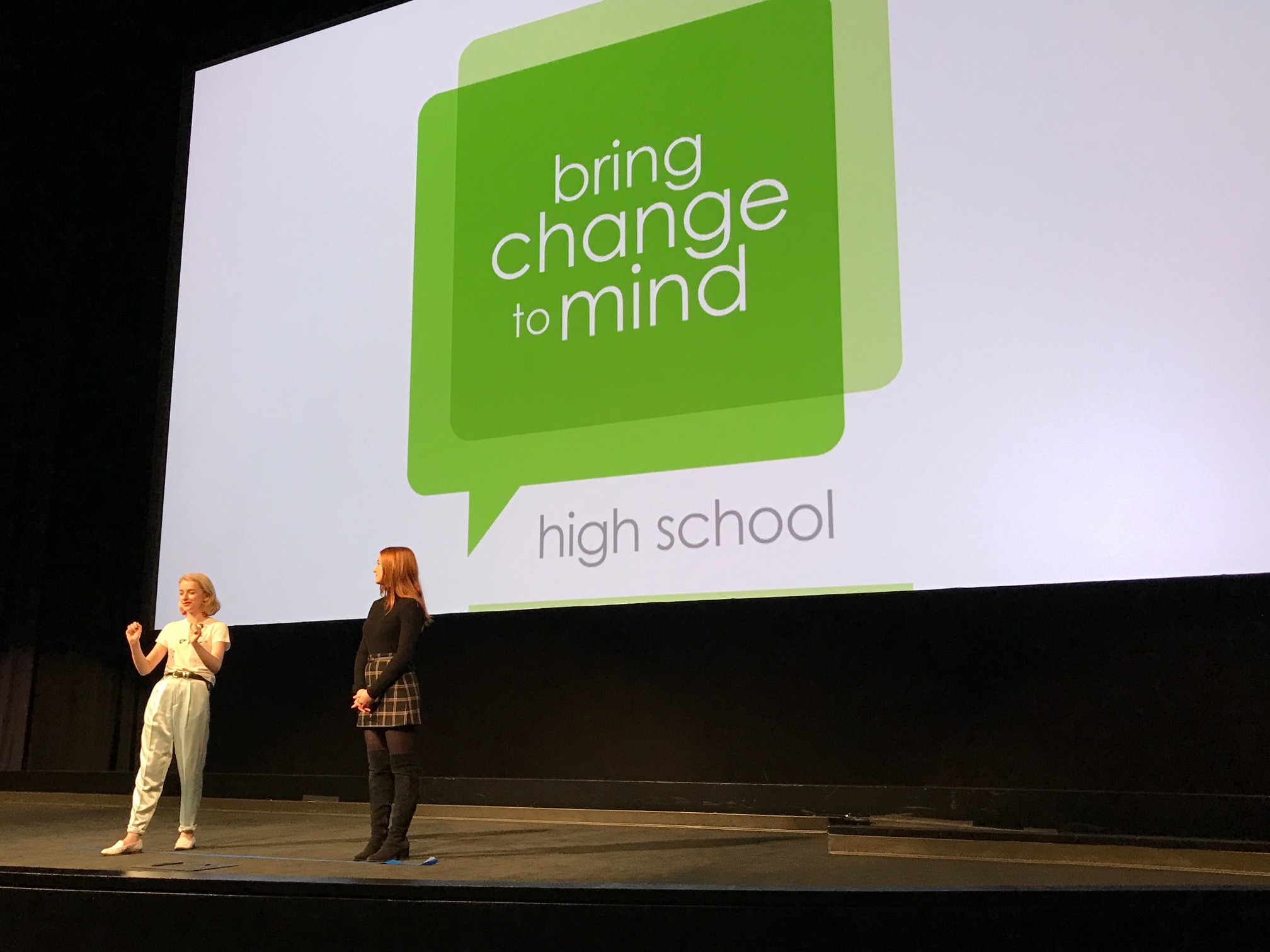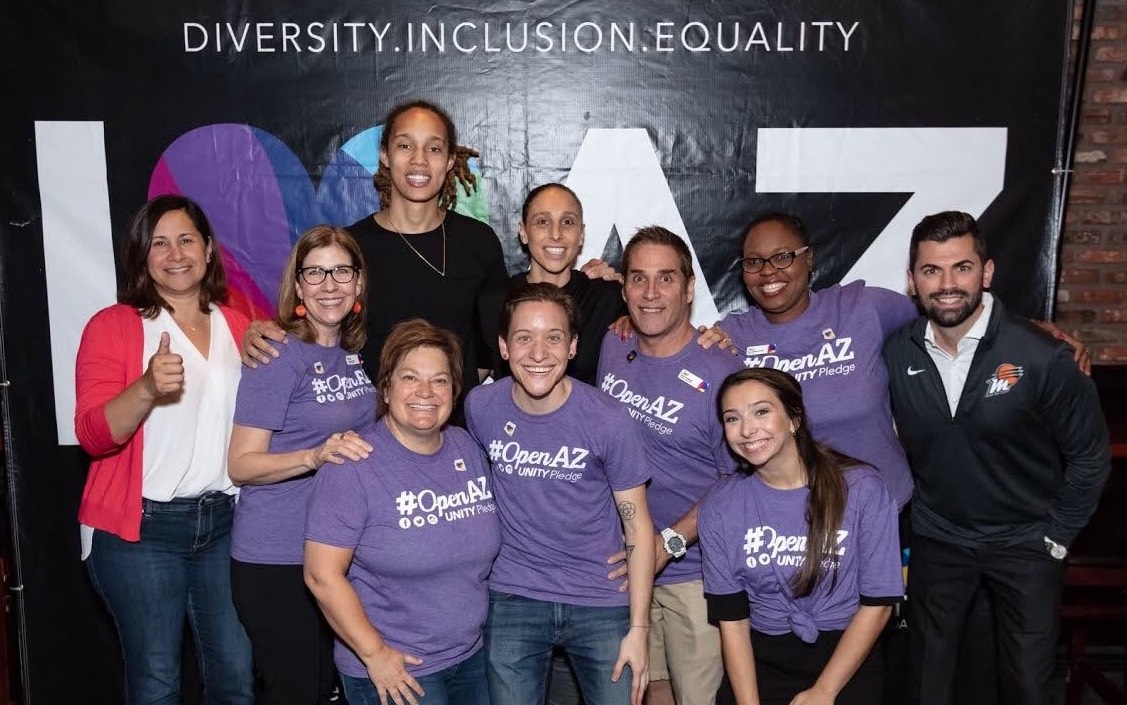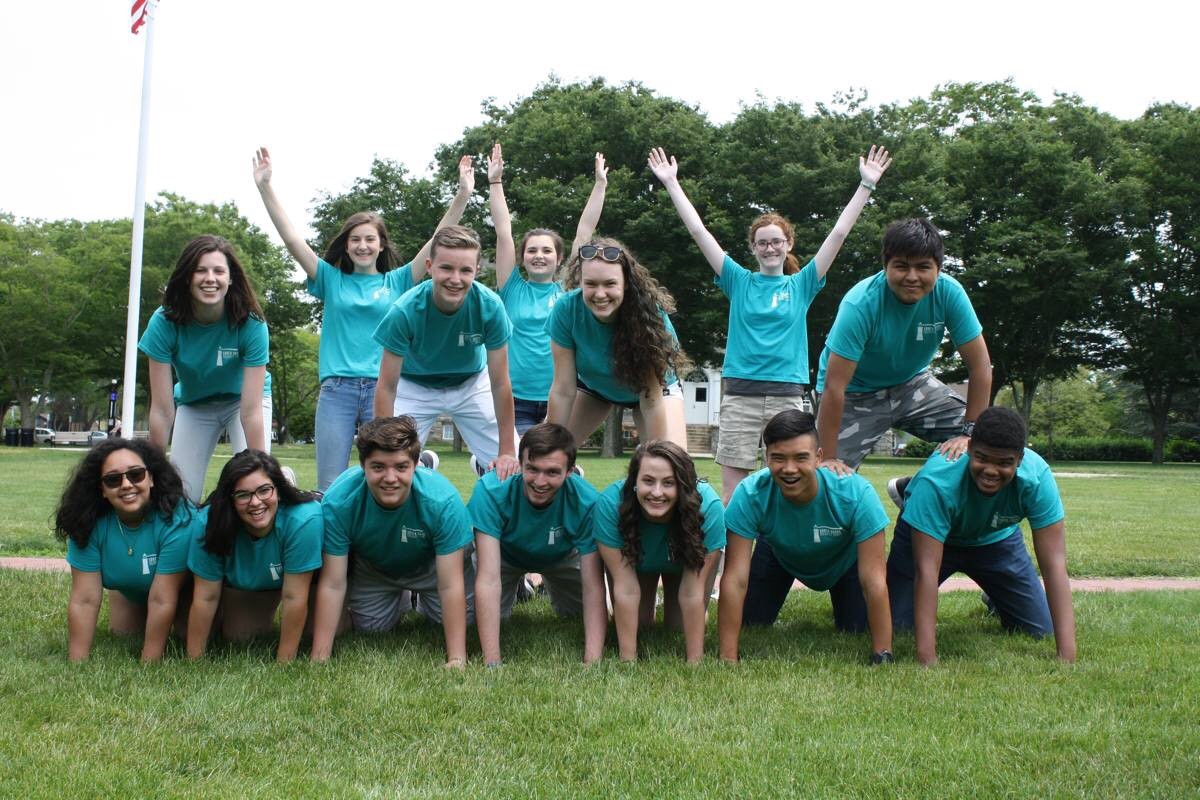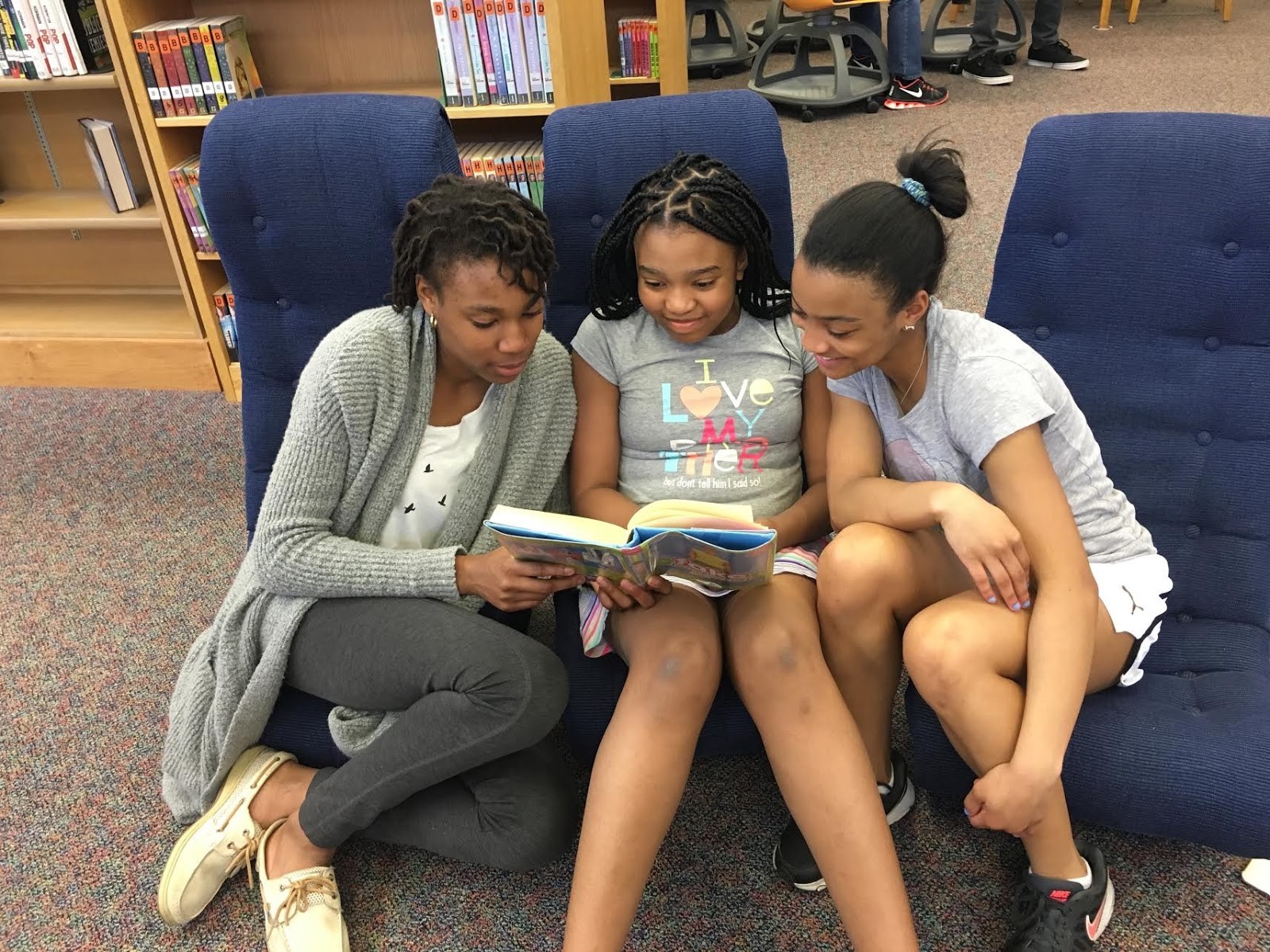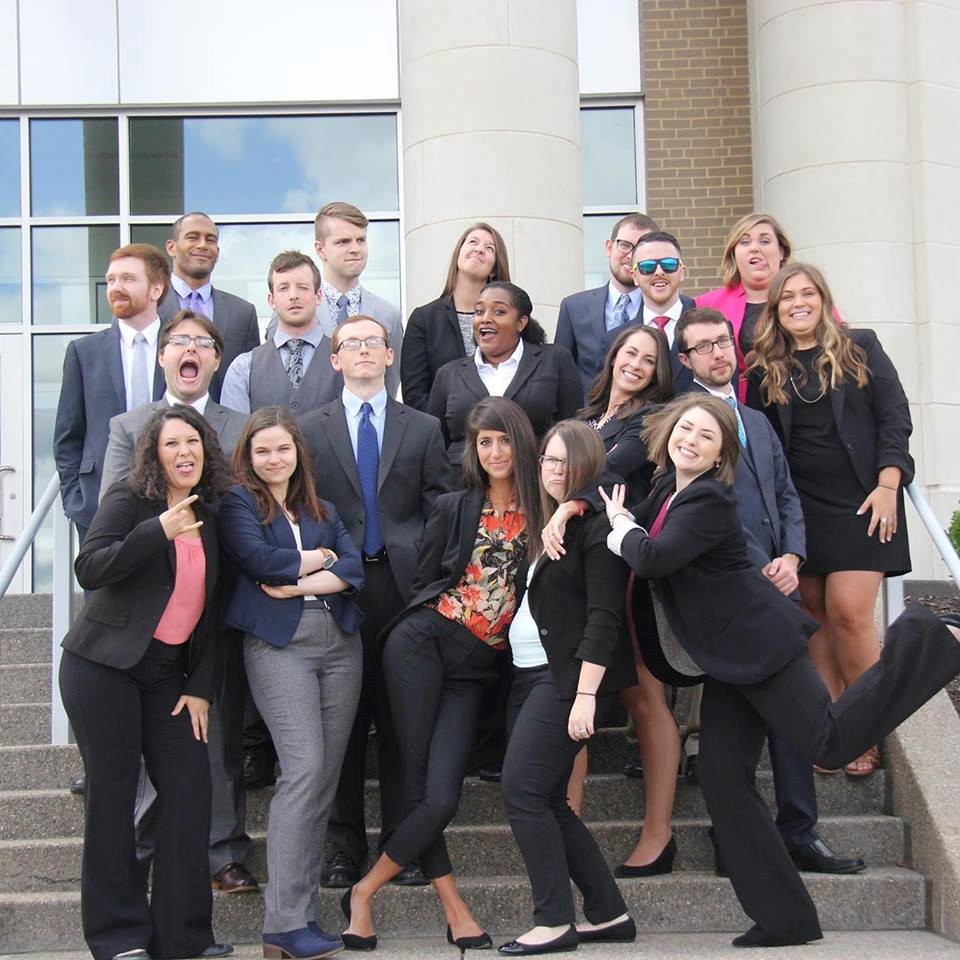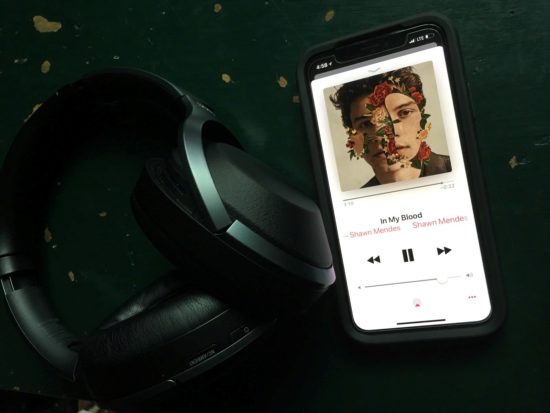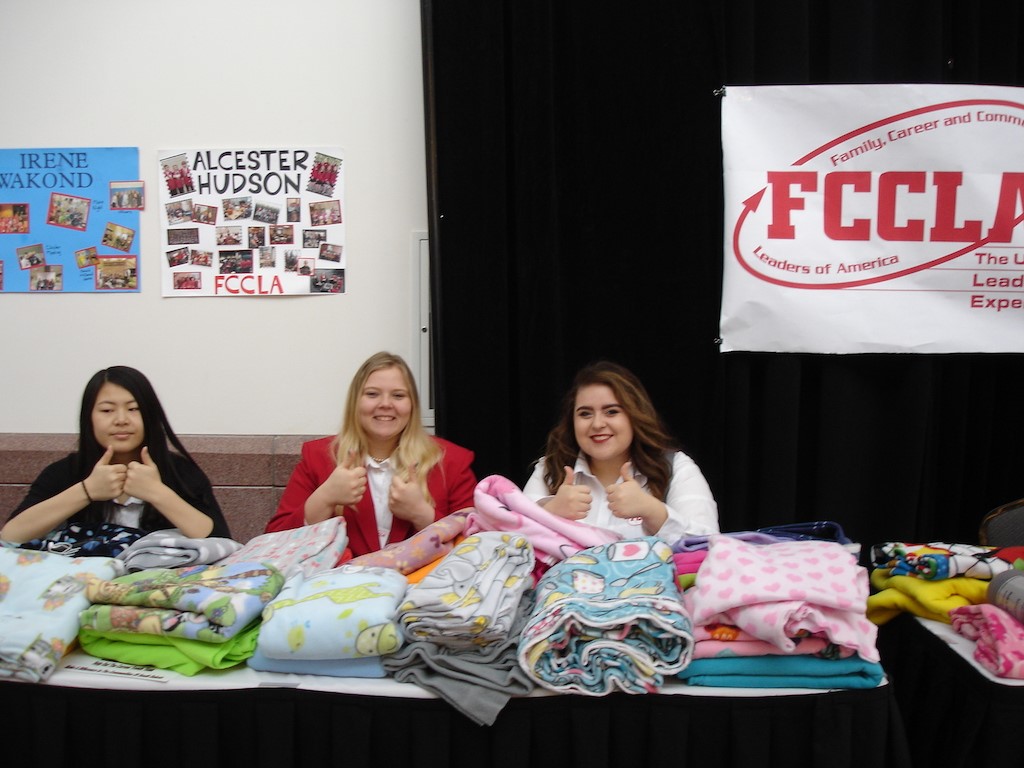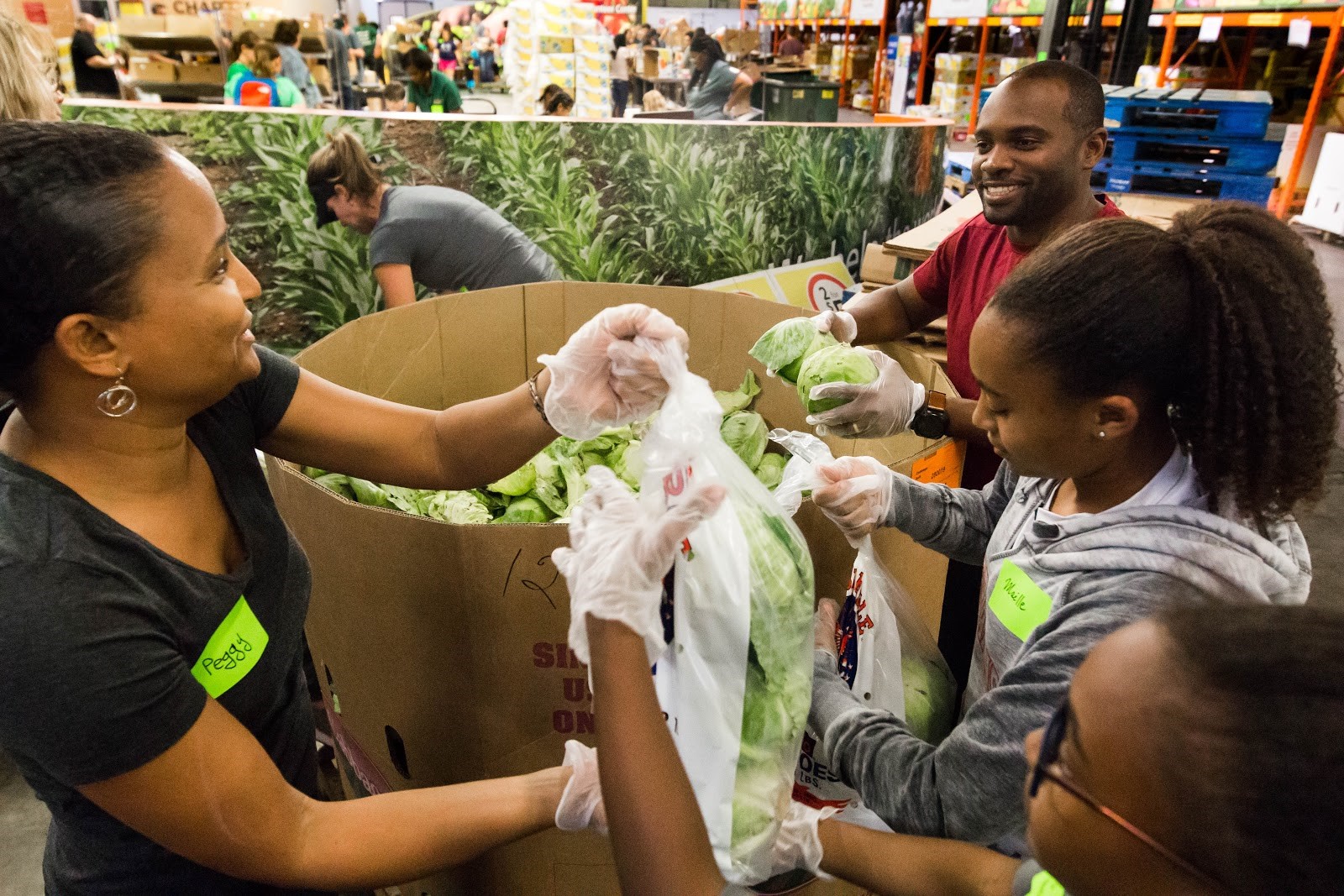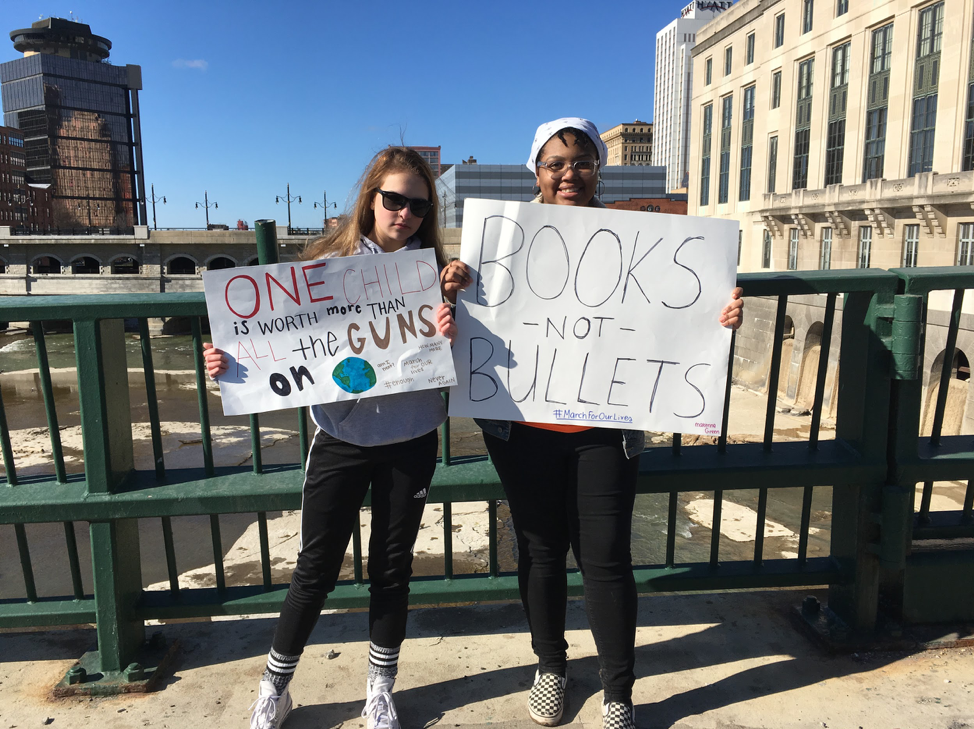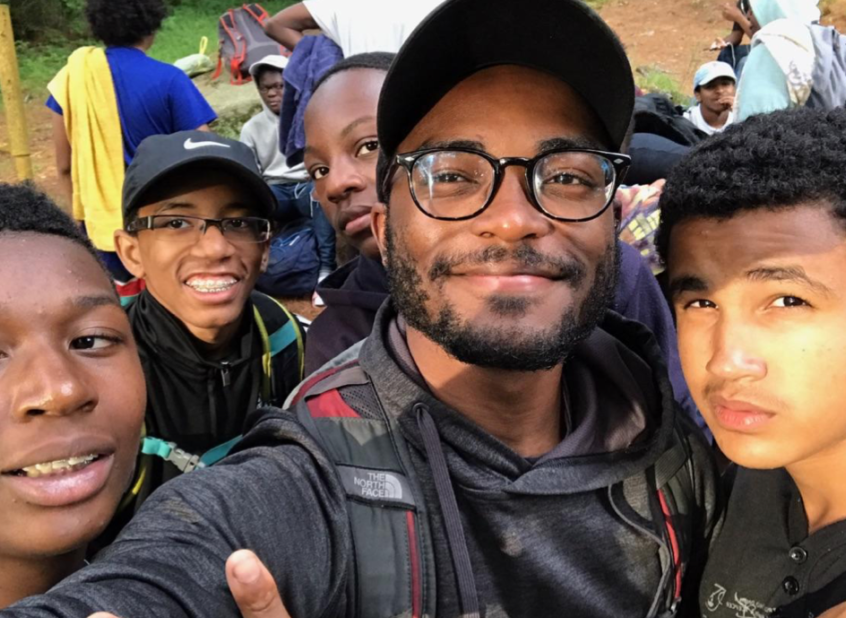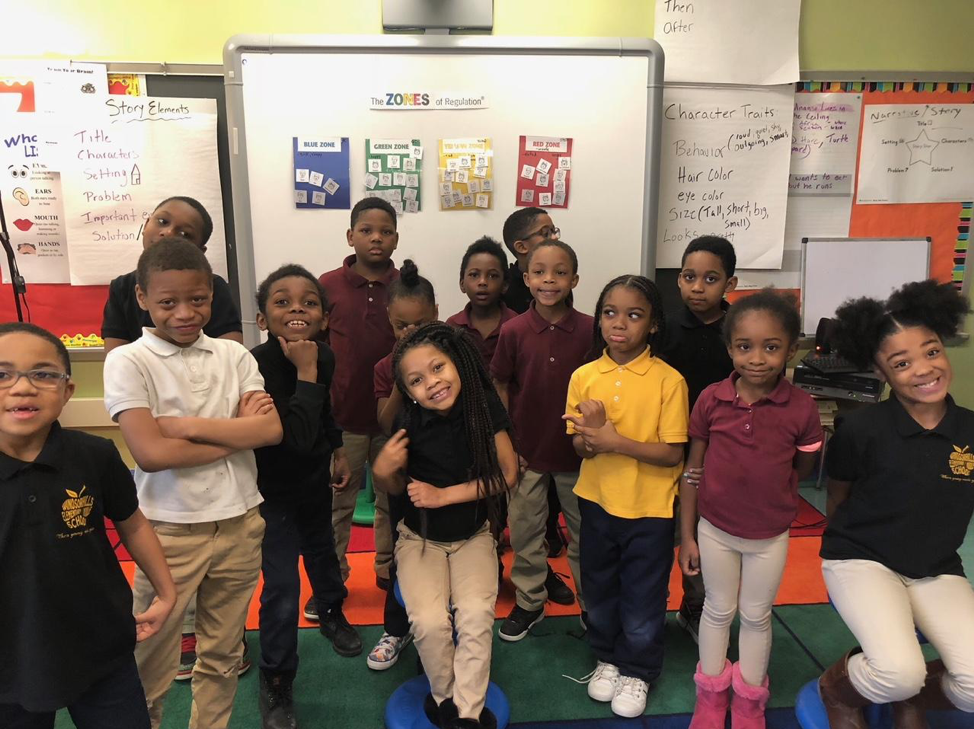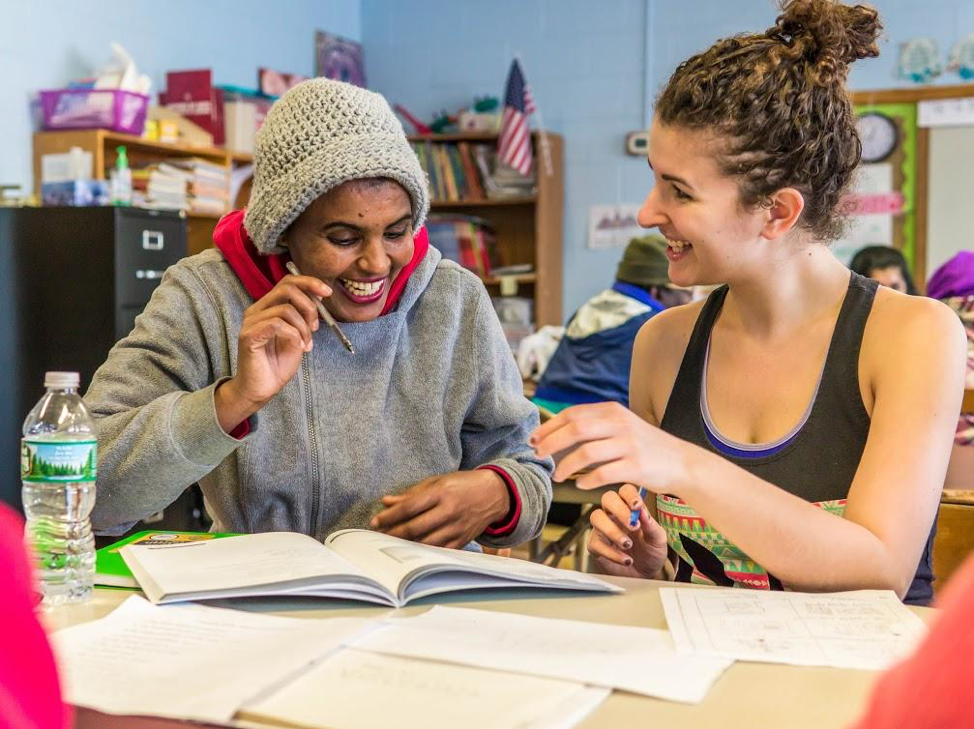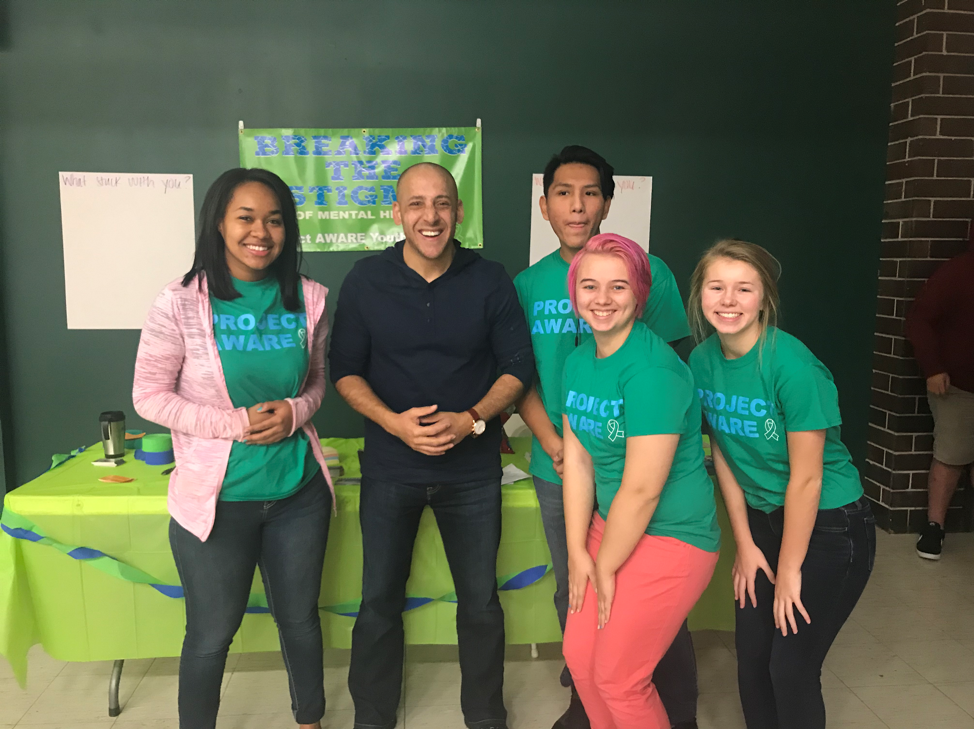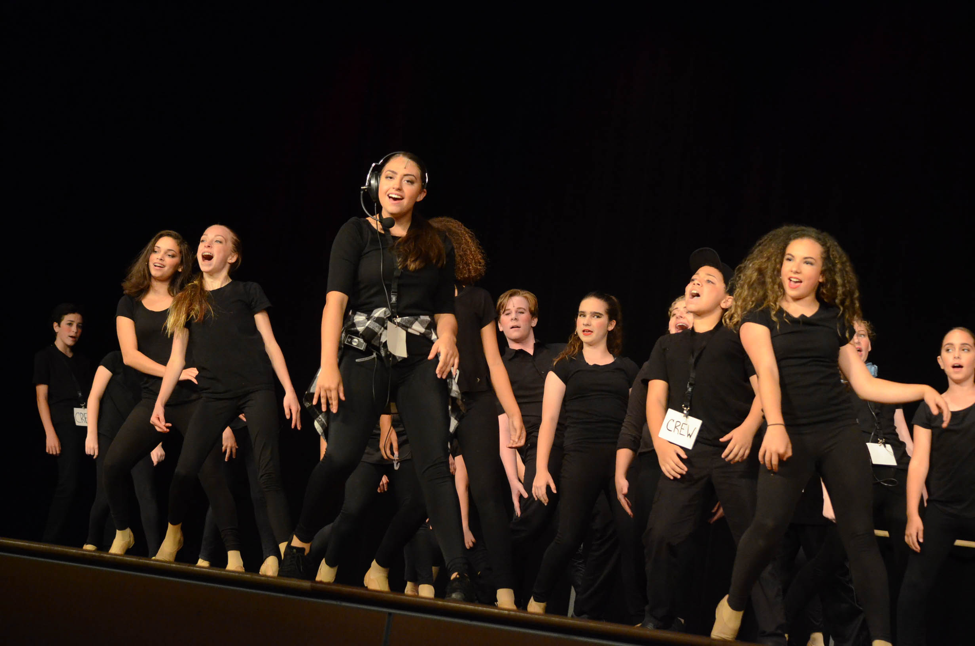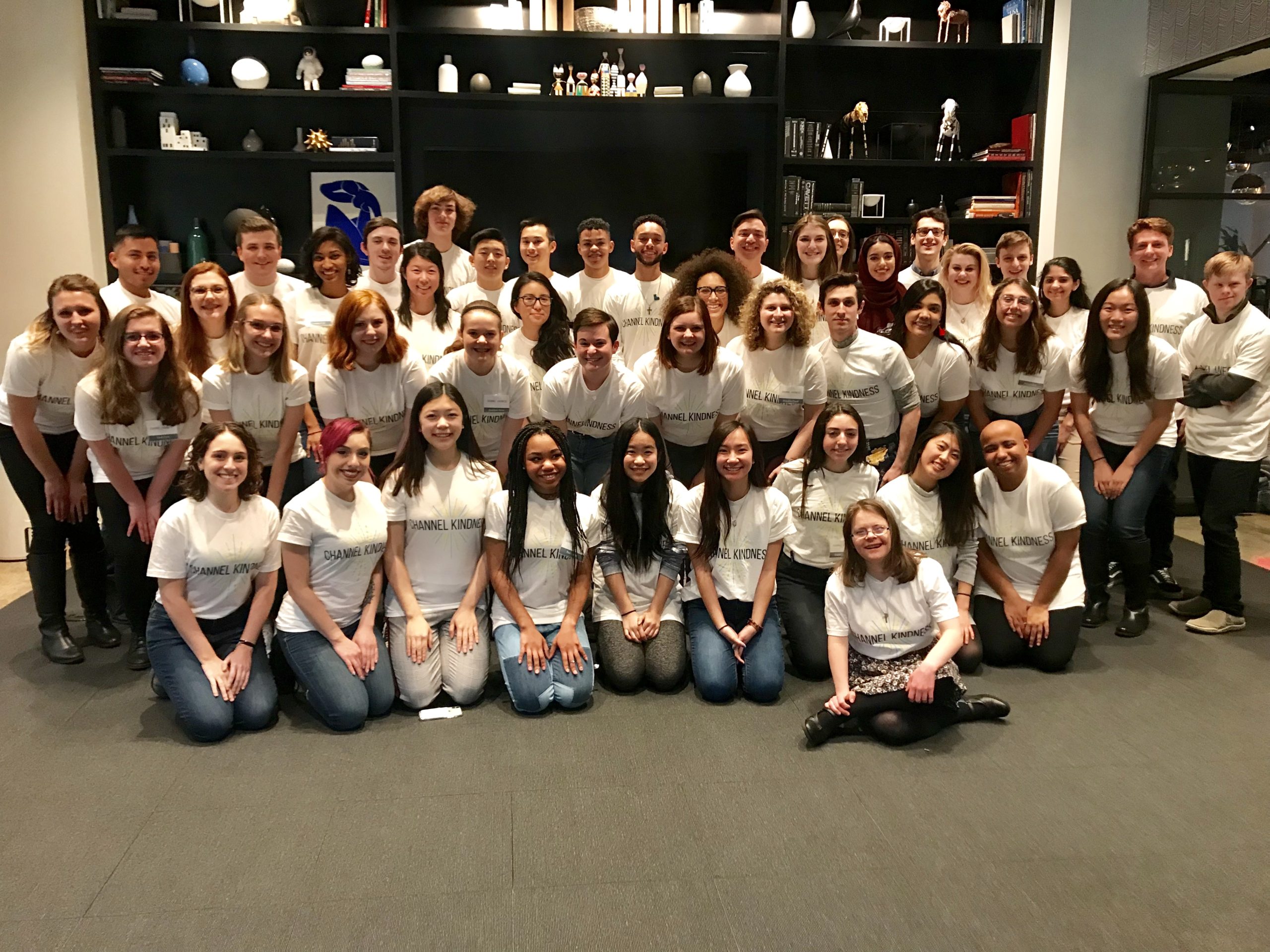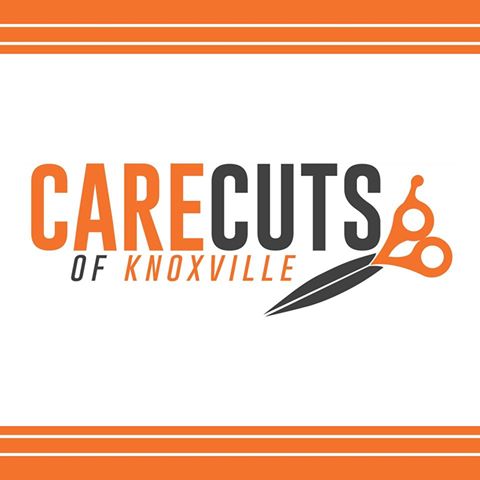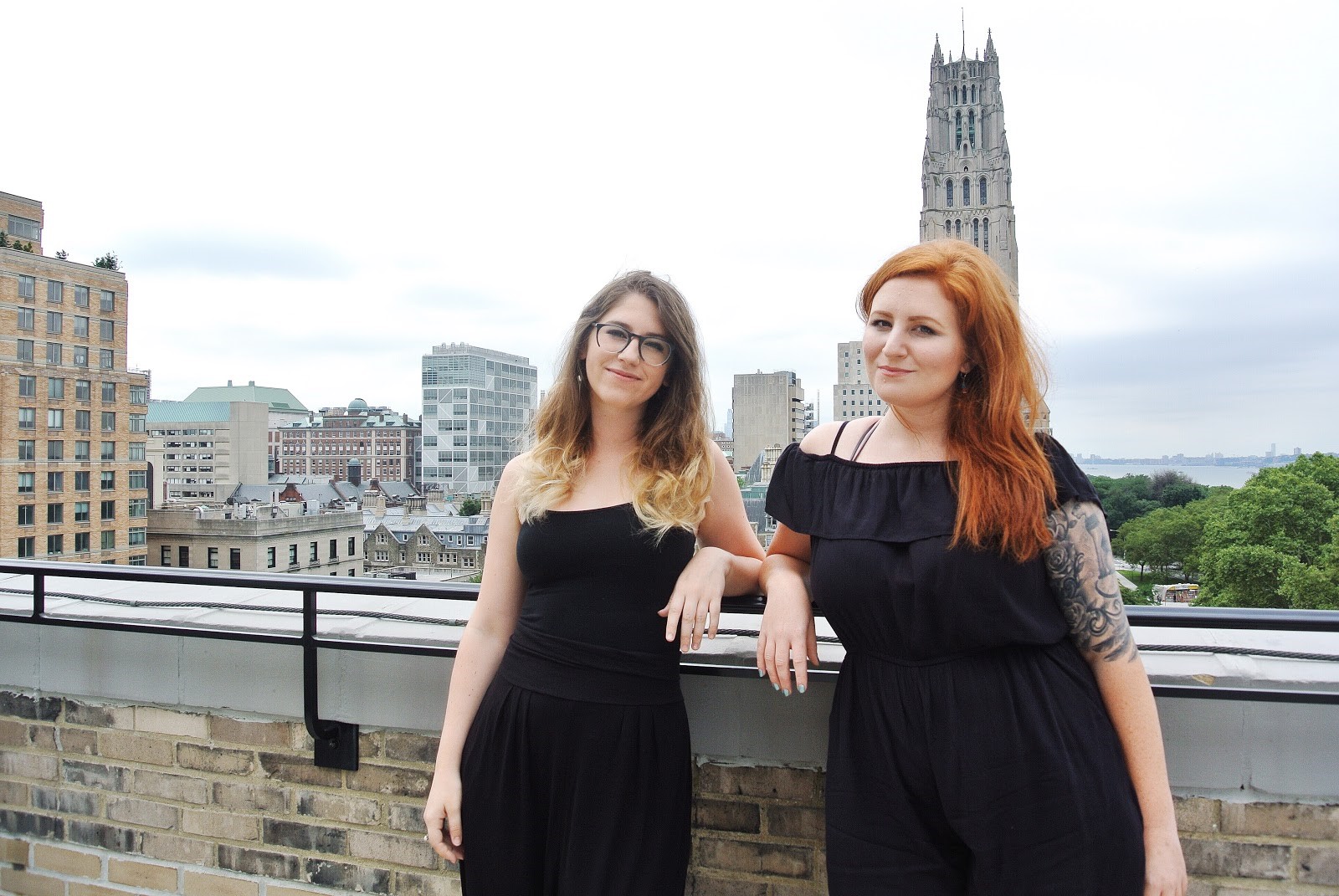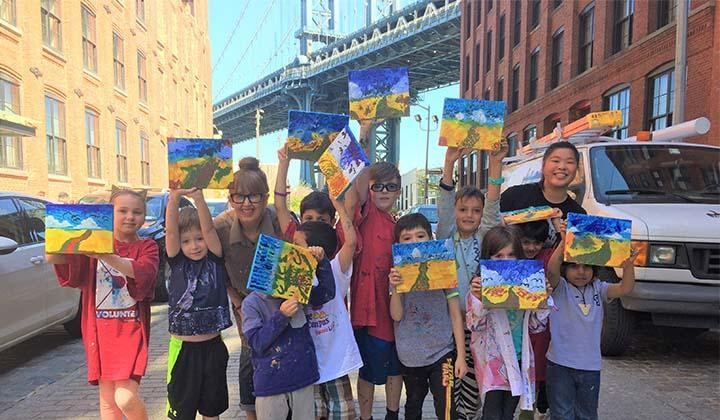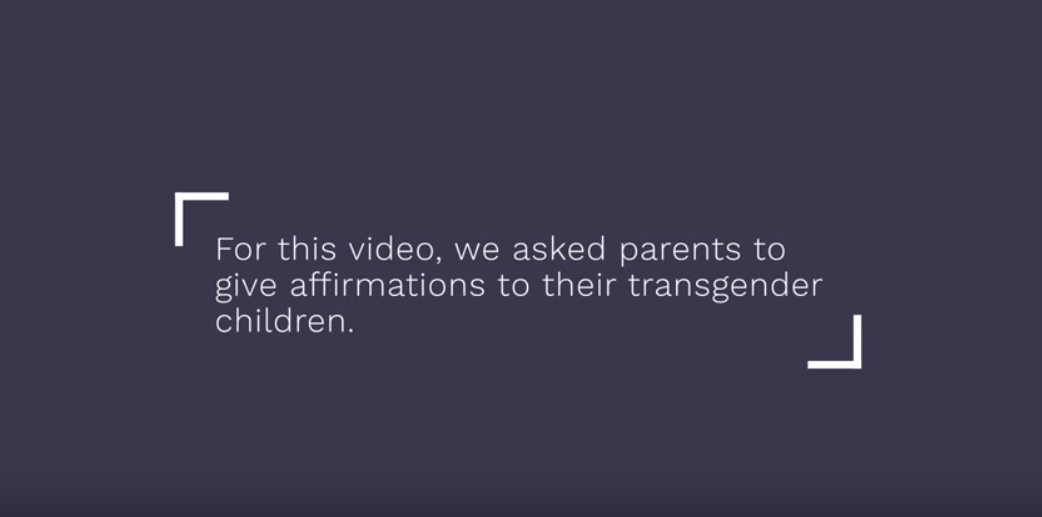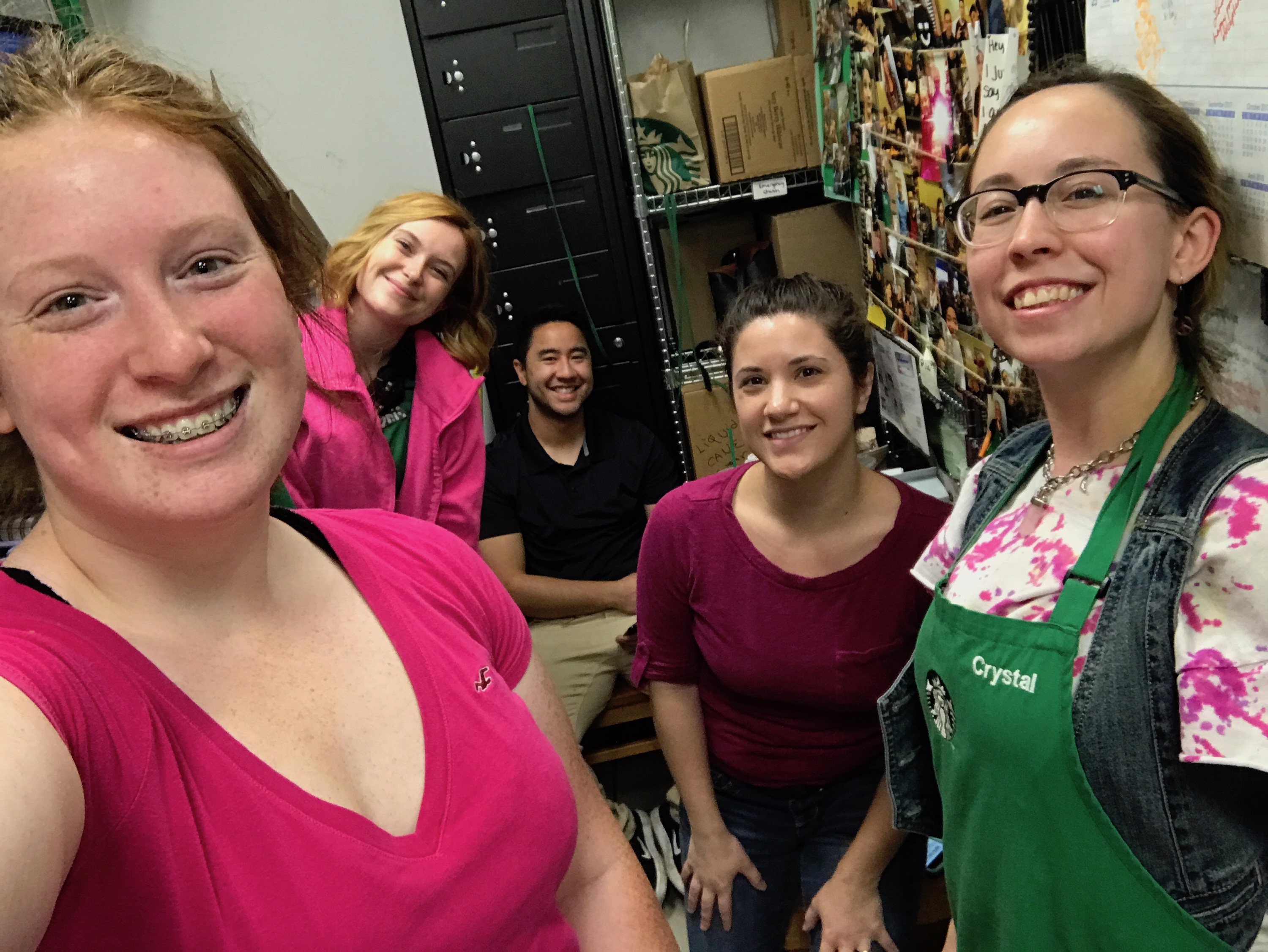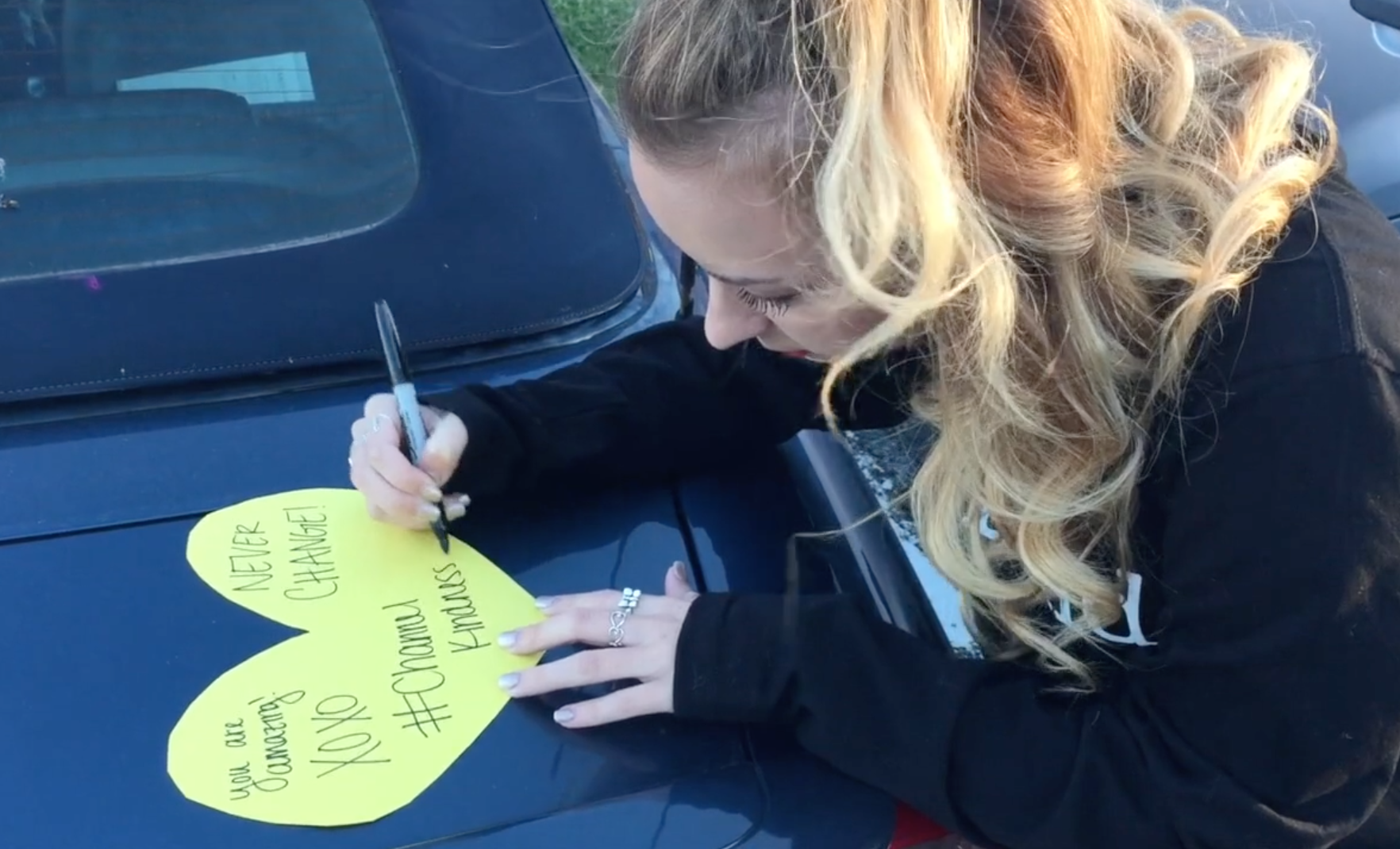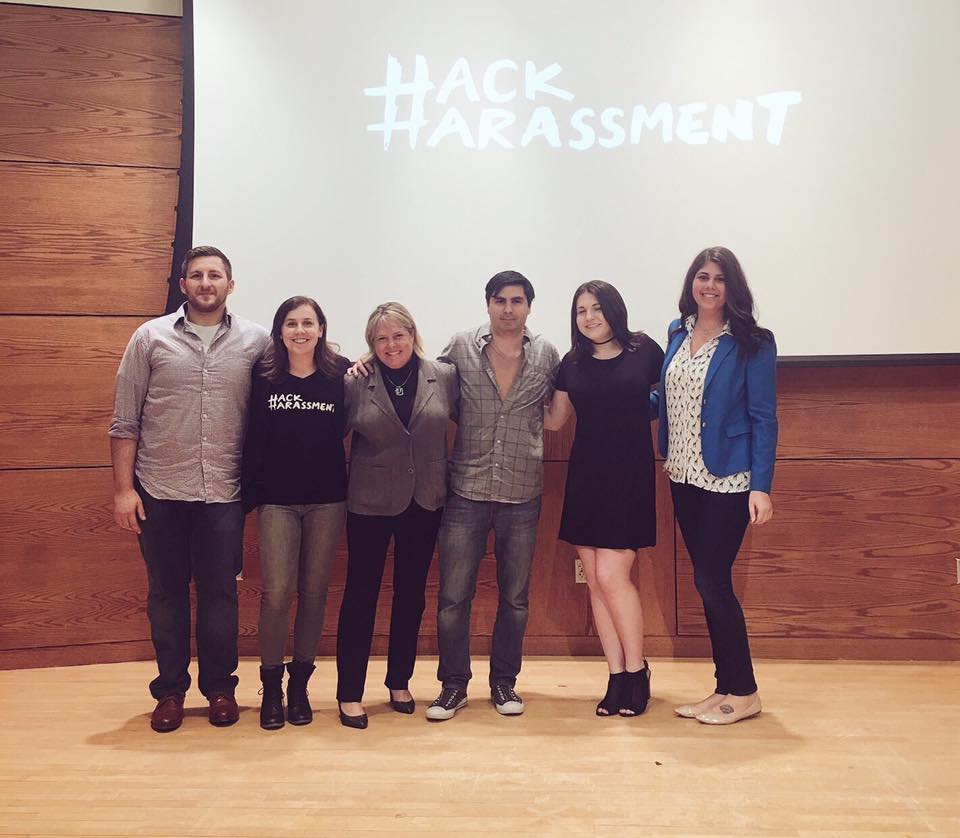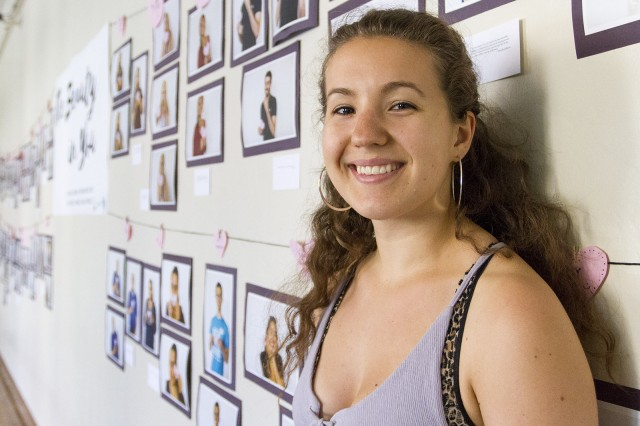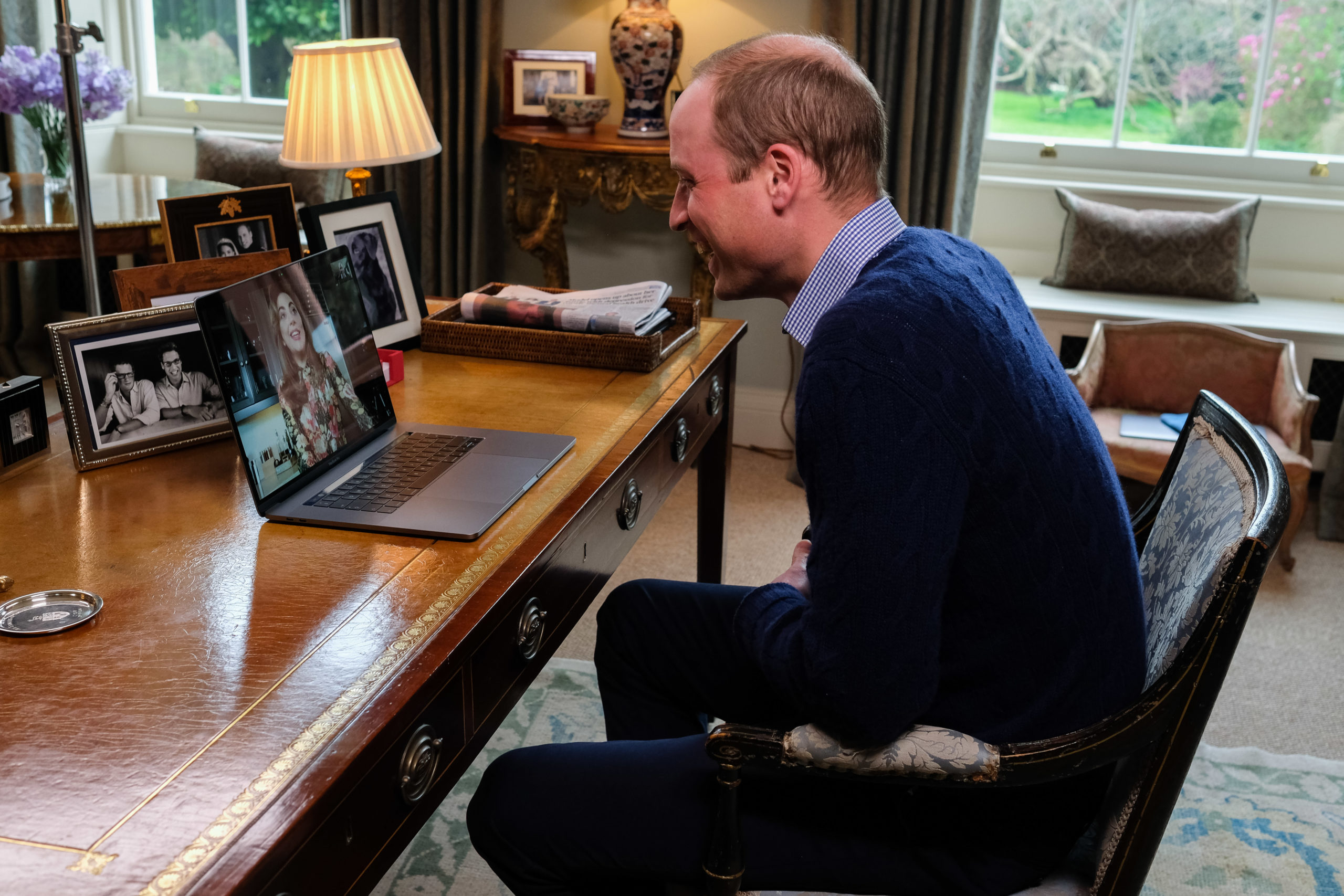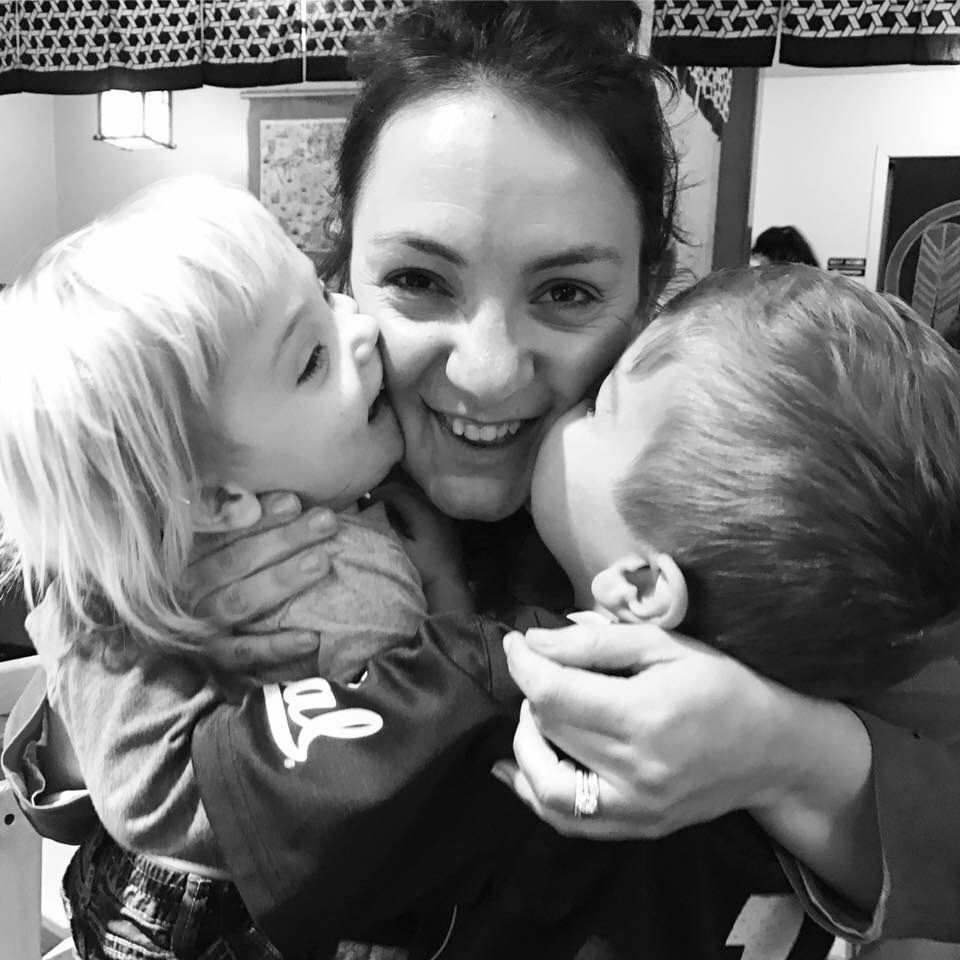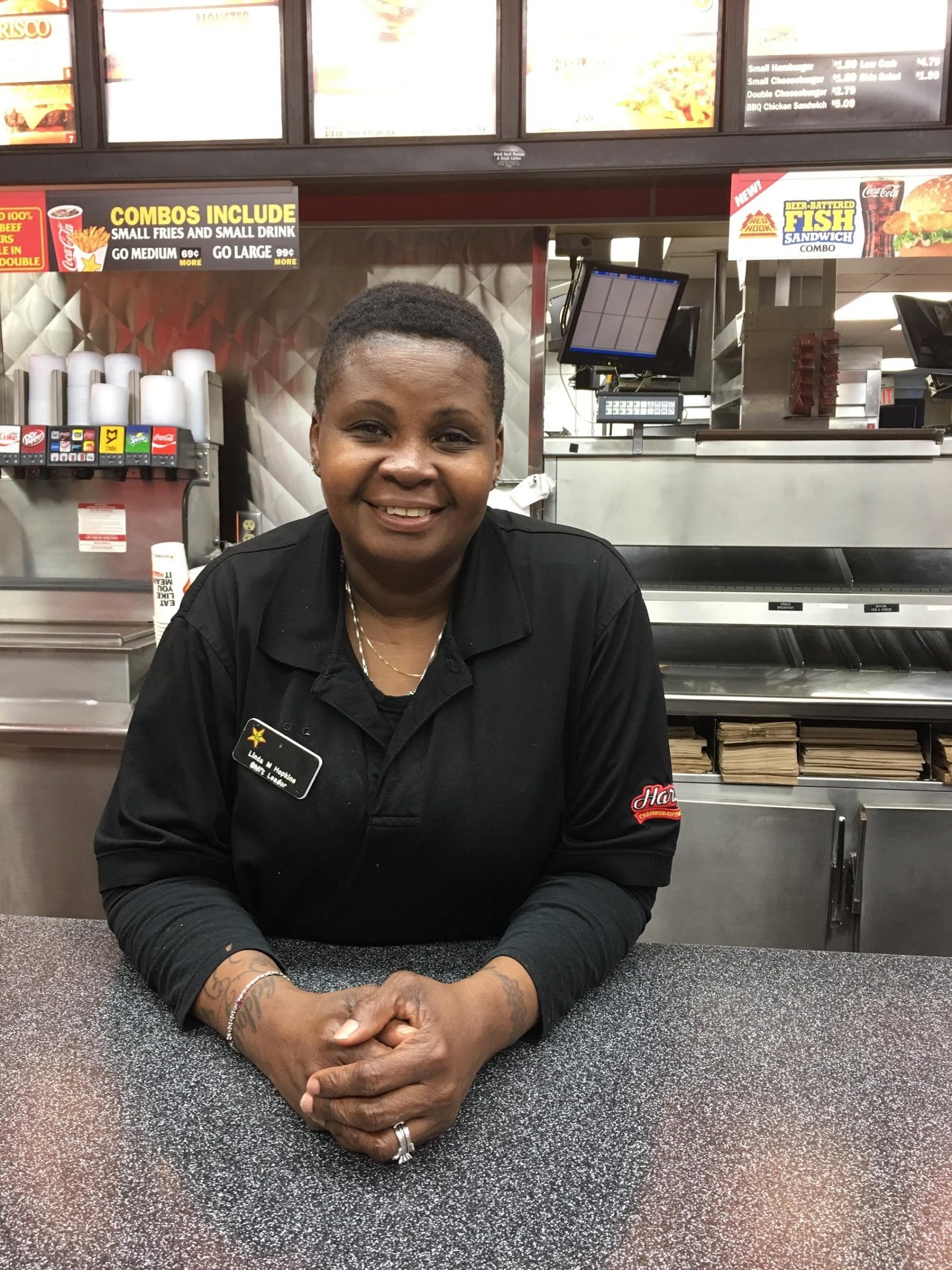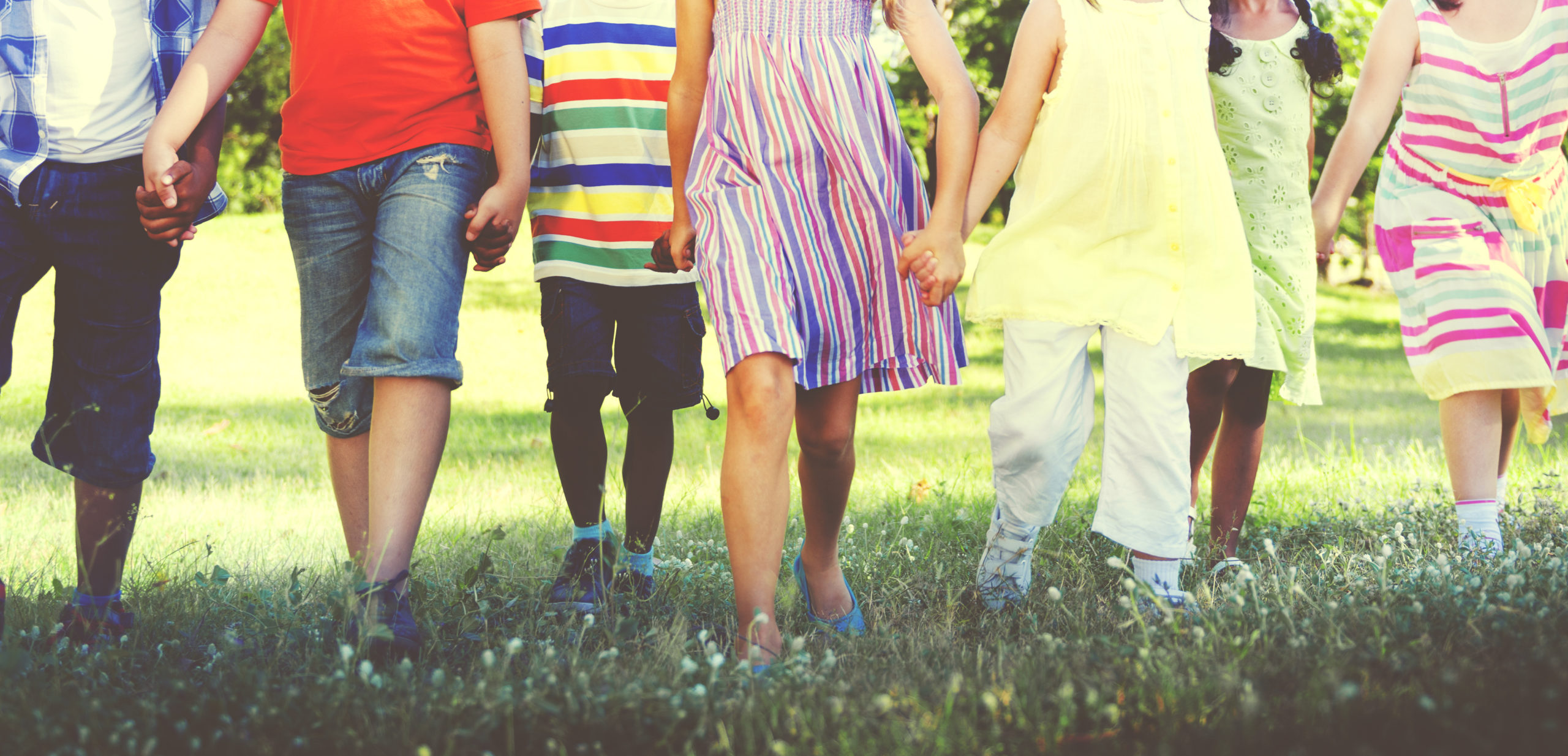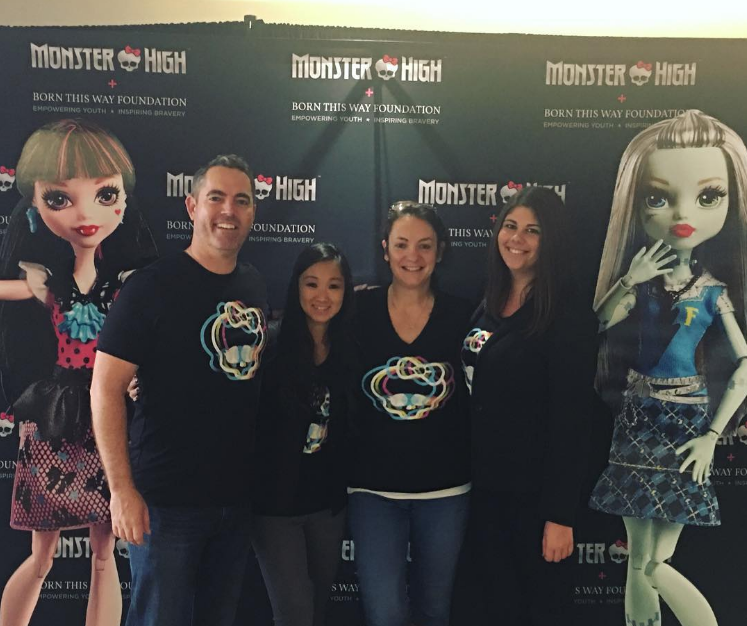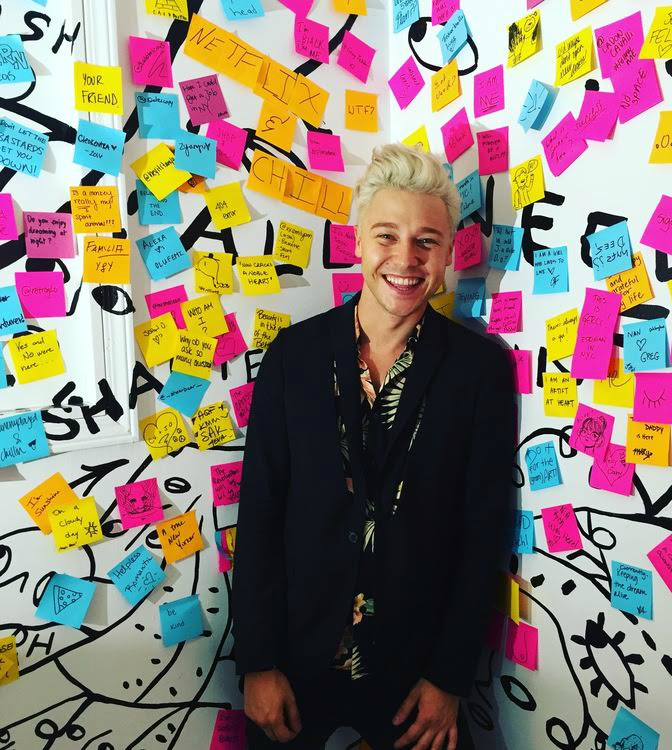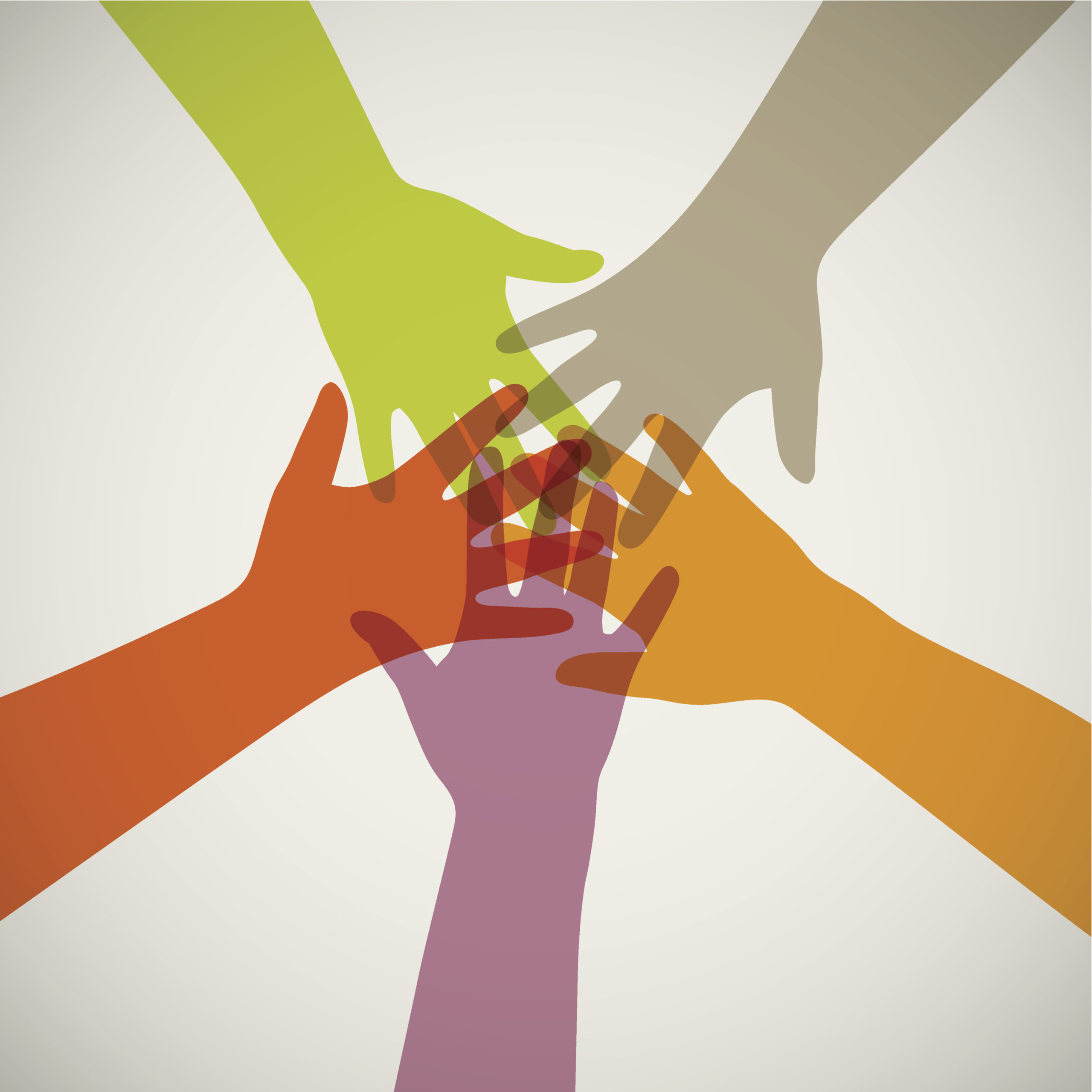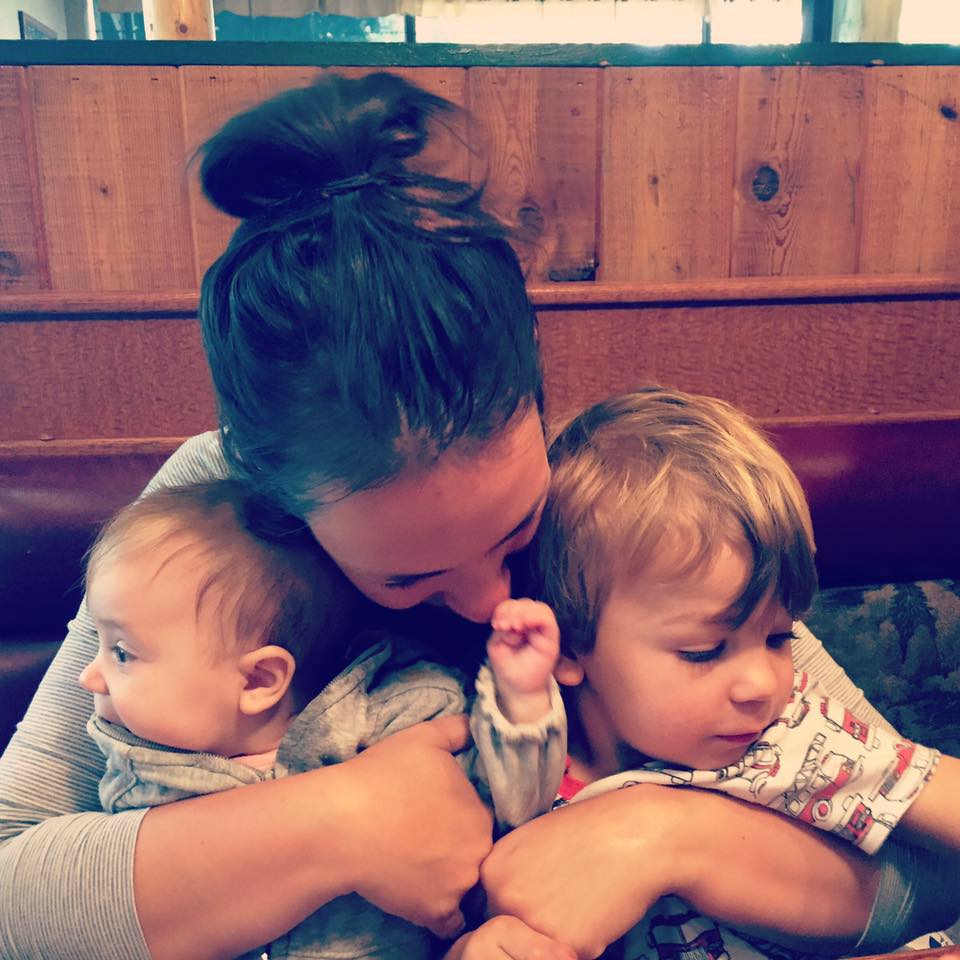Team Born This Way Foundation was awake early, sending emails before 7 AM and taking conference calls over the noise from buzzing fans, cooling us in the historic Seattle heat wave. I was responding to emails while texting the team at LiveNation as Rachel told me that our Lyft had arrived, and I flippantly said “I have so much work to do, I don’t have time for kindness.”
Three times today I was humbled and reminded – through the incredible stories of young people and their advocates – why kindness, compassion, and affirmation are urgent.
1. YouthCare
We arrived at YouthCare late and I wrapped up a phone call as I walked through the doors of the lime green building, surrounded by a group of young people waiting for lunch service to begin. YouthCare builds confidence and self-sufficiency for homeless youth by providing a continuum of care that includes outreach, basic services, emergency shelter, housing, counseling, education, and employment training.
These young people were there because they didn’t have anywhere else to go. More than 40% of the population served by this incredible organization were LGBTQ and we learned that many of them had been kicked out of their homes when they had come out to their parents. It was a story I had heard many times before but today, being far from my own children, I was shocked by the choice these parents had made to reject their own children when they were brave enough to share who they truly were with the only people who they’d believe would love them unconditionally.
I promised myself (and them my husband, via text) that there would be nothing my own children could tell me that would cause me to reject them and while I will certainly make many, many mistakes as a parent, not affirming who my children believed themselves to be will not be one of them.
2. Treehouse
Our next stop was Treehouse, an organization that works towards a world where every foster child who has the opportunities and support they need to pursue their dreams and become productive members of our community. Their Warehouse – a store designed with help from Nordstrom – looks as organized, clean, and well organized as any department store I’ve ever been in. Each clothing item had a tag with one note conspicuously missing – the prices.
At the Wearhouse, foster youth and their caregivers can shop – for free. As I walked around the pristine space, gravitating towards the toddler section, I overheard Treehouse staffer Jesse mention that we had just missed another shopper, a woman caring for an infant who had been abandoned. My head whipped around and tears welled up in my eyes. I walked back to him, “Wait, what? Abandoned?” He nodded, unsurprised by the news he was reporting.
I thought again about my own children and the heartbreaking circumstances surrounding a parents’ decision to abandon their own child with the hope that uncertainty was better than reality.
After touring the Wearhouse, we spent some time helping to sort donated clothing, getting the items ready for “sale.” Rachel watched me closely, expecting me to burst into tears each time we folded an item of children’s clothing. I hadn’t cried yet but on our next visit, I would.
3. Seattle Children’s Hospital
We took an unplanned detour to the psychiatry ward of Seattle Children’s Hospital after meeting one of their staff members for coffee earlier that morning. She had casually mentioned that while celebrities pile into the Hospital’s other units, no one wants to visit the psychiatric patients.
Celebrities we were not, but we’d come, we told her. As the daughter of a psychologist, I’ve been in psych wards before and watched locked doors on padded rooms shaken for hours by the patients inside and heard the intercoms buzz for back up in restraining an unruly patient. Those images disappeared as we walked the bright, open, light-filled hallways of Seattle Children’s Hospital.
The unit is proud if of its verbal de-escalation policy that makes physical restraint a rare, absolute last resort. They have no padded rooms, only comfortable bedrooms for their young patients, and extra space for families to sleep, rest, and participate in healing activities. In common room after common room, we saw parents sitting calmly next to their children meeting with doctors, playing games, or simply talking.
It was a hopeful place; an adjective that is not often used to describe mental illness but a sign of changing times and changing practices.
I am grateful for Brittny, Nick, Jesse, Gretchen, and Tiffany – and all of the other amazing, tireless advocates for young people that we met in Seattle and Tacoma. I had no more important thing to do than to be present in these conversations, learning about these important programs and using the platform, relationships, and networks that I have to further propel their work further by sharing it with you and asking you to share it as well.
Kindly Yours,
Maya Enista Smith
Executive Director






































